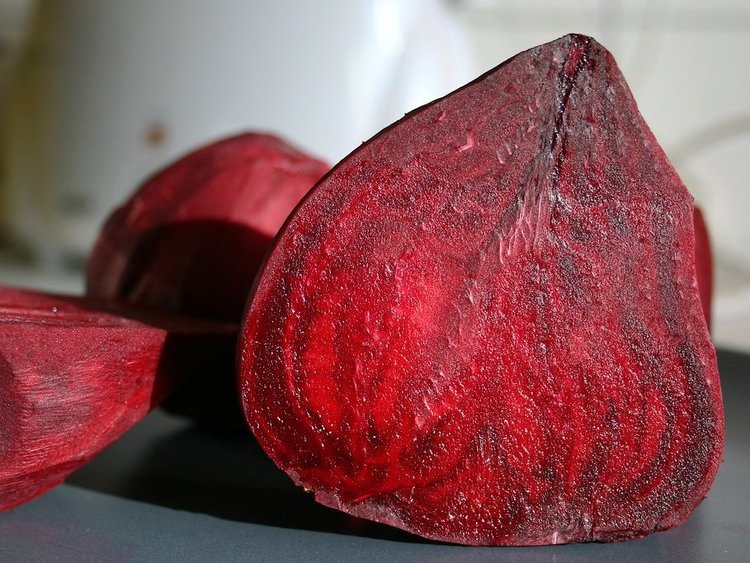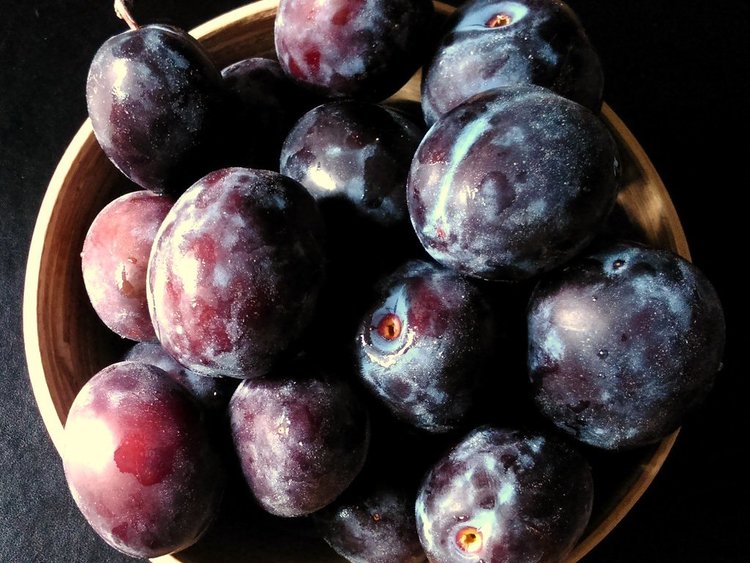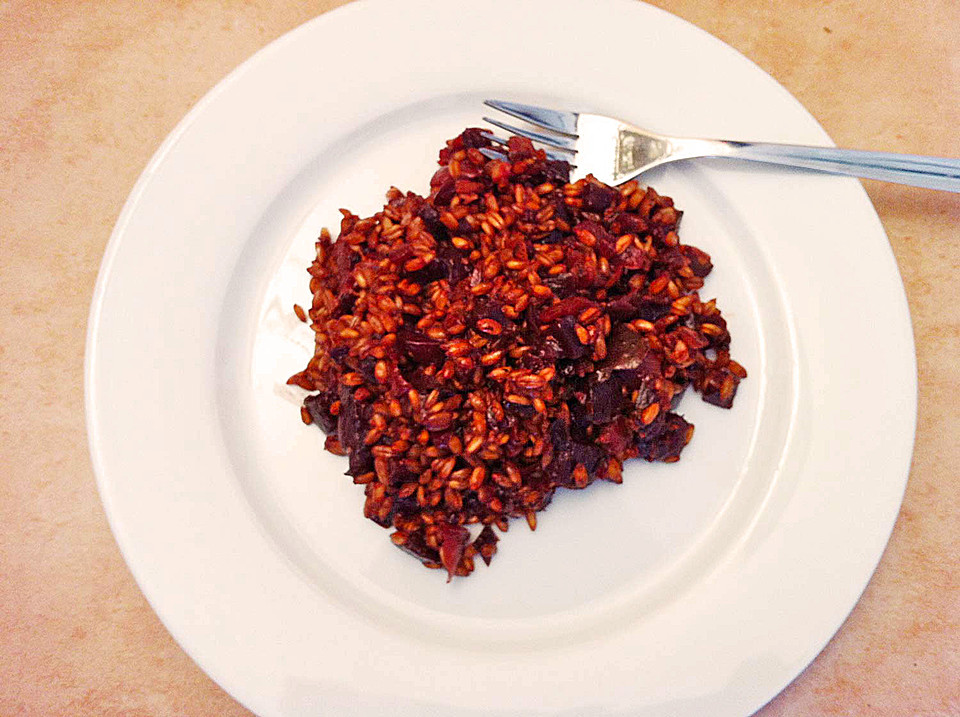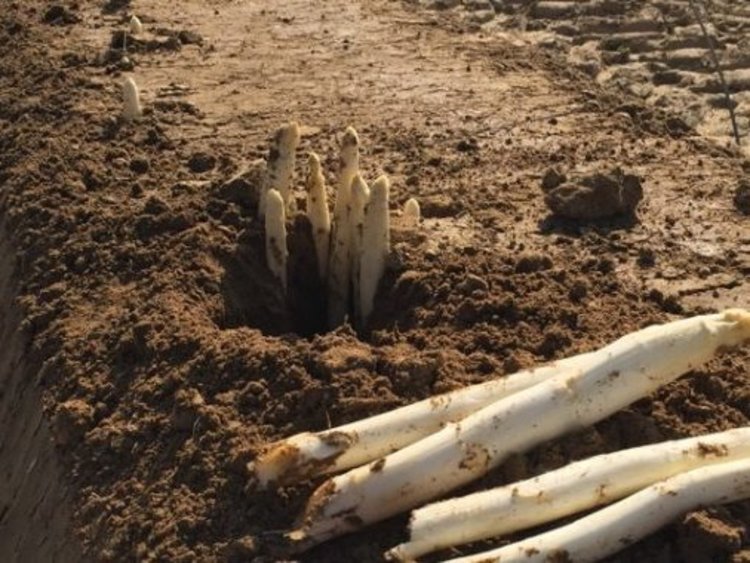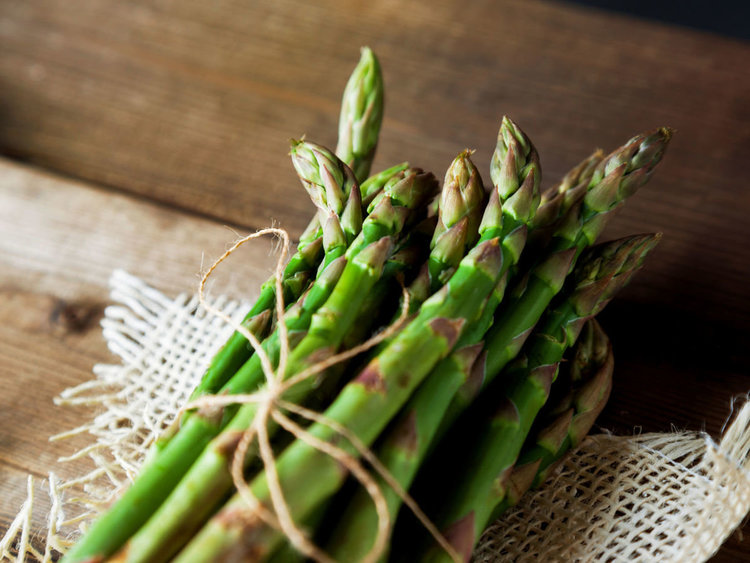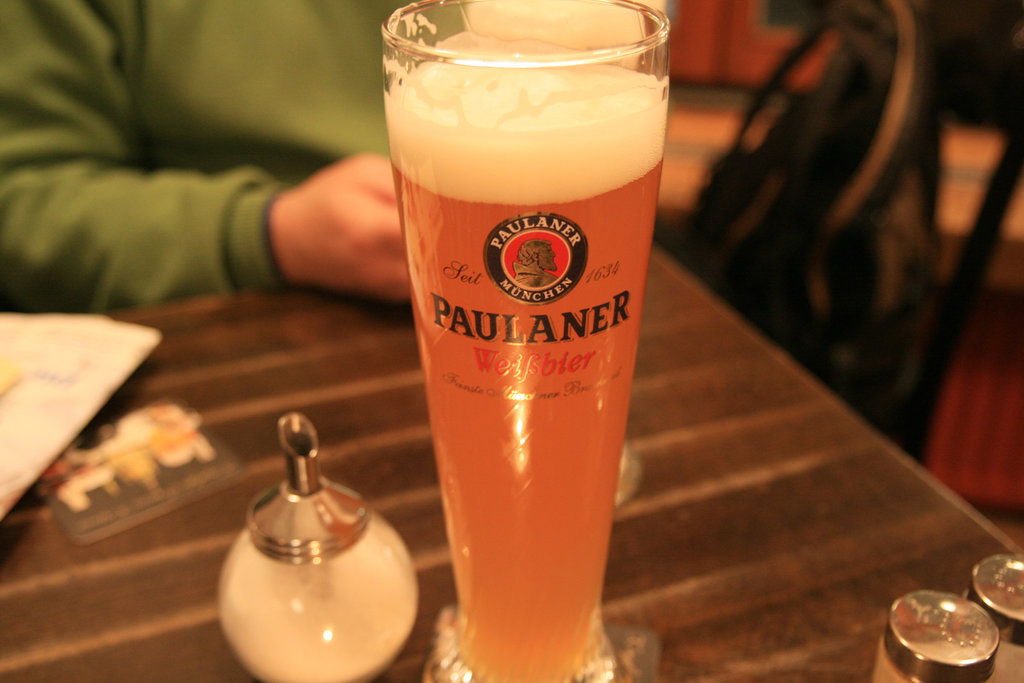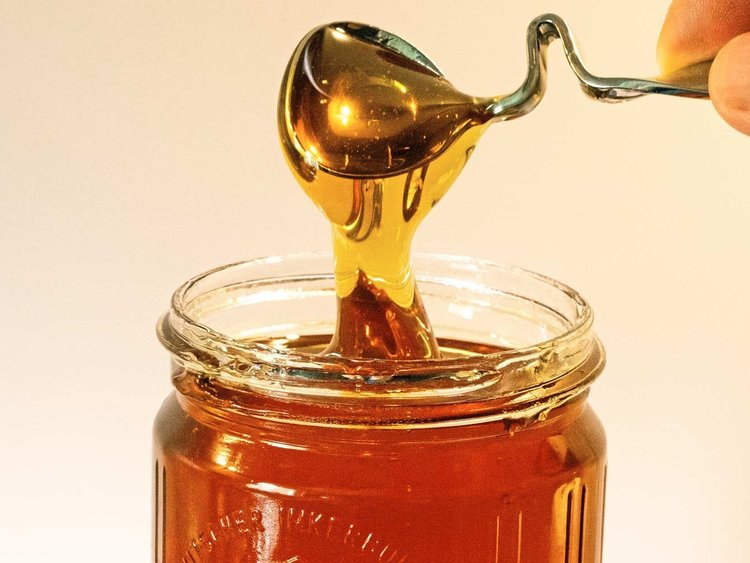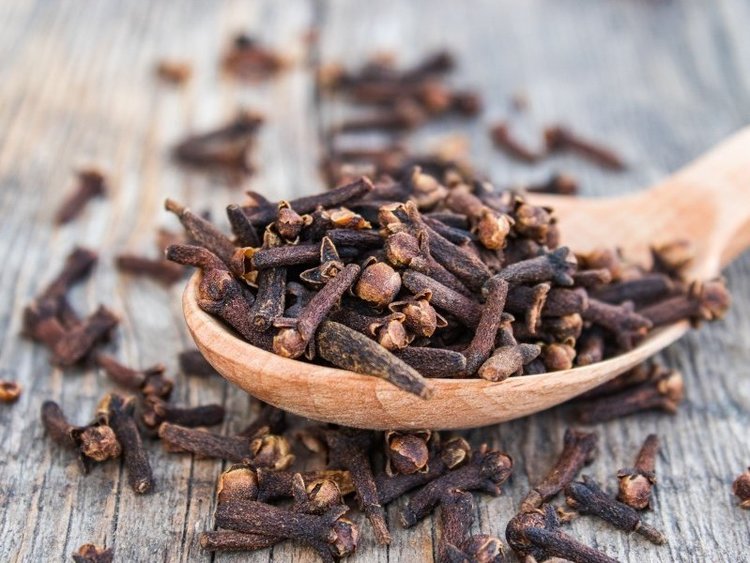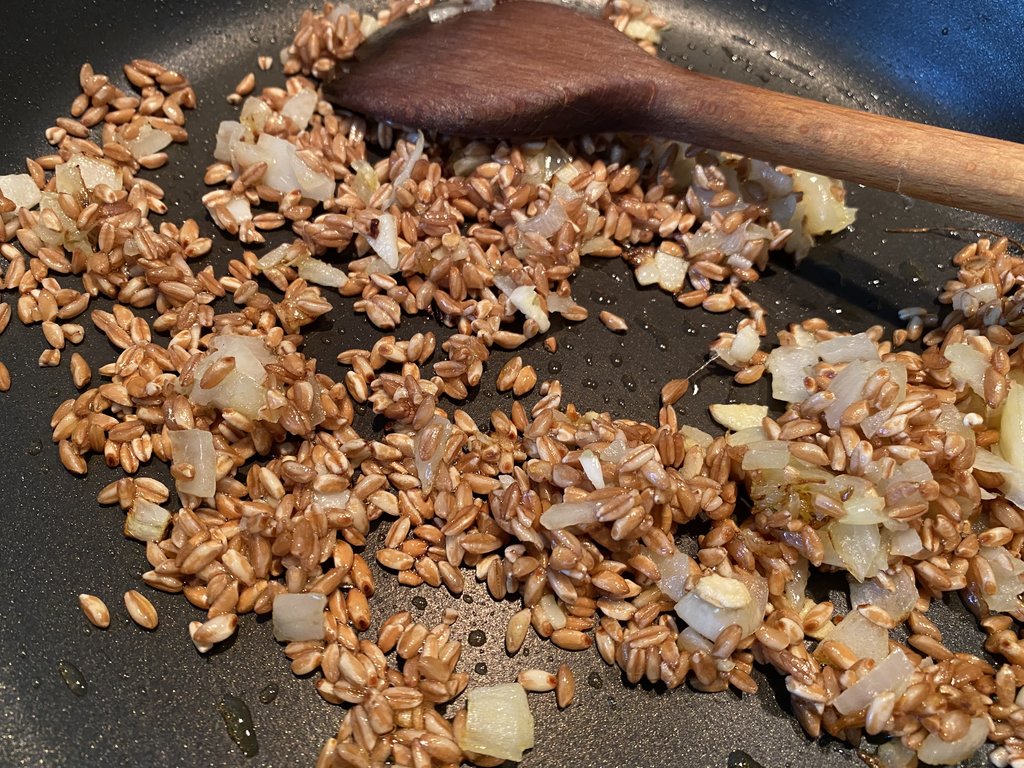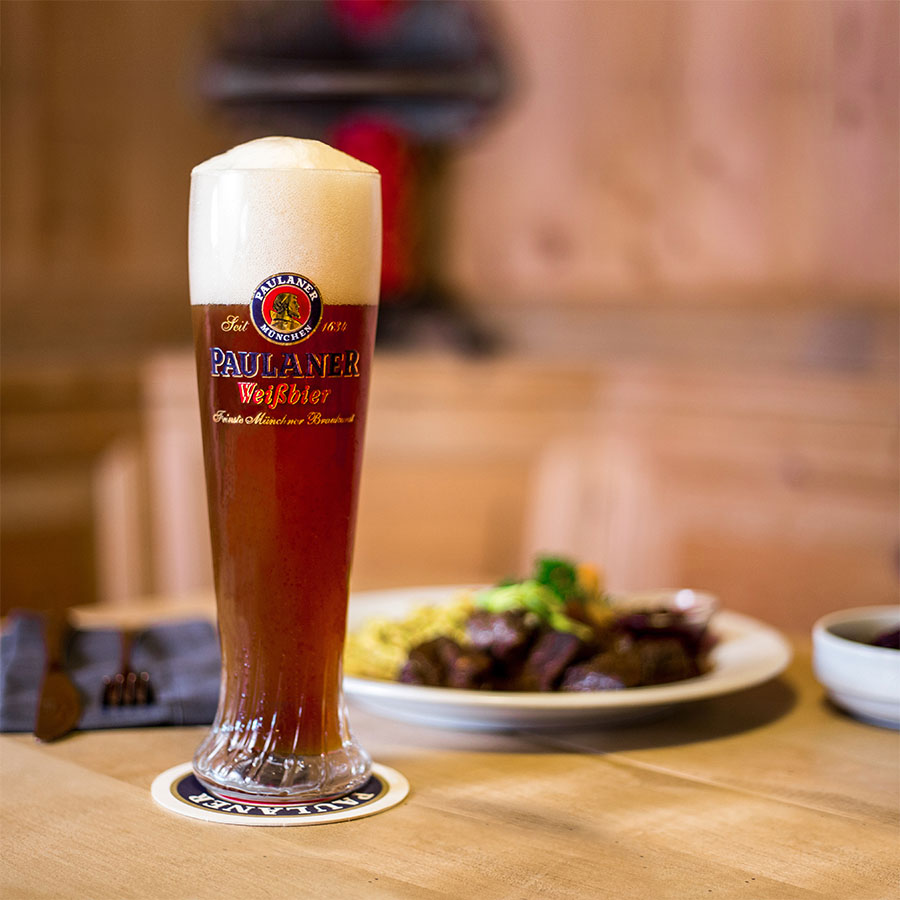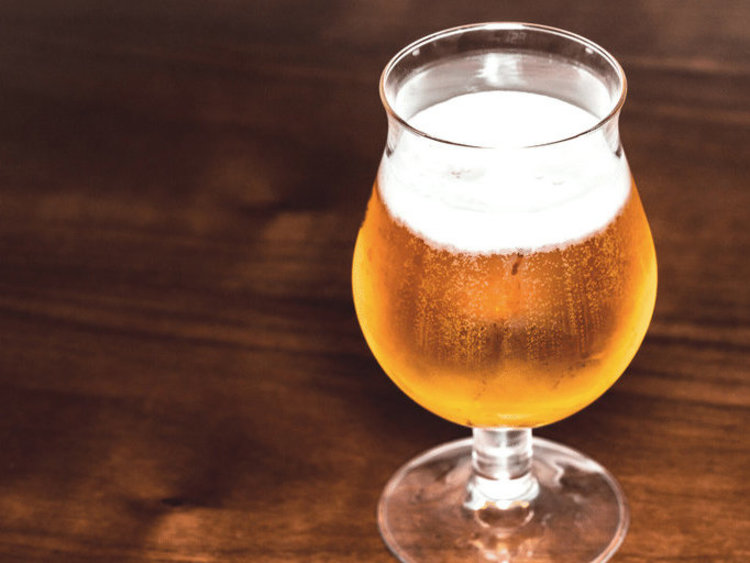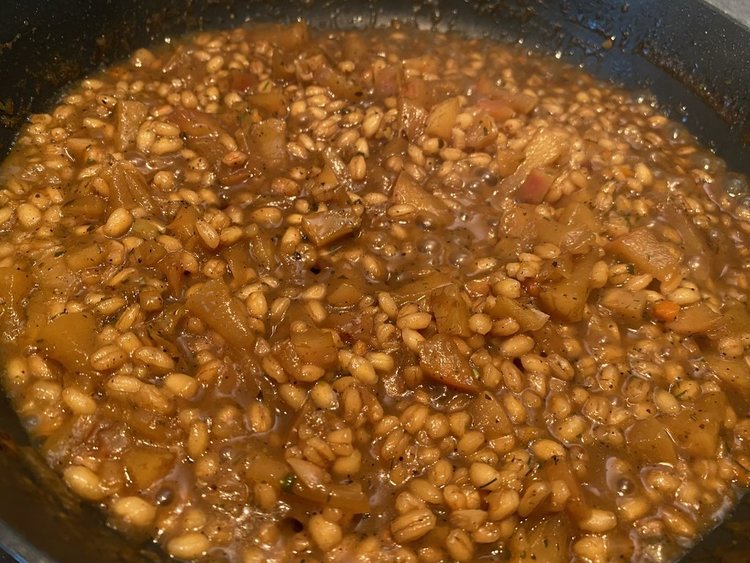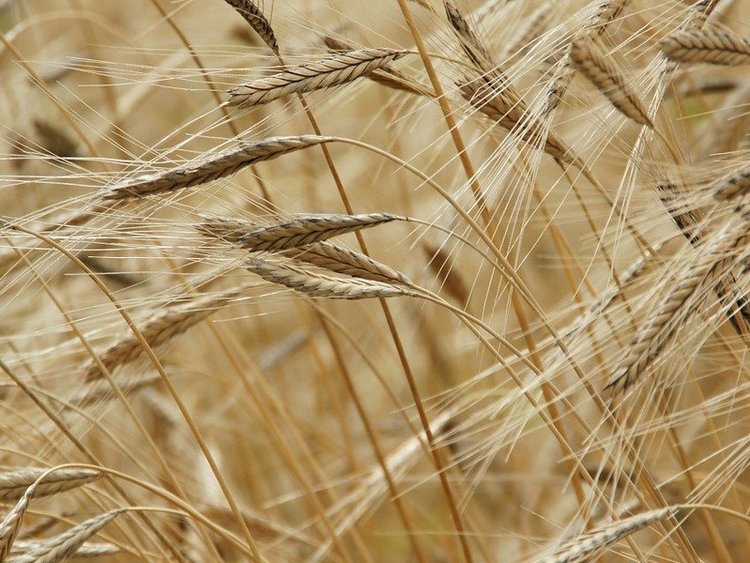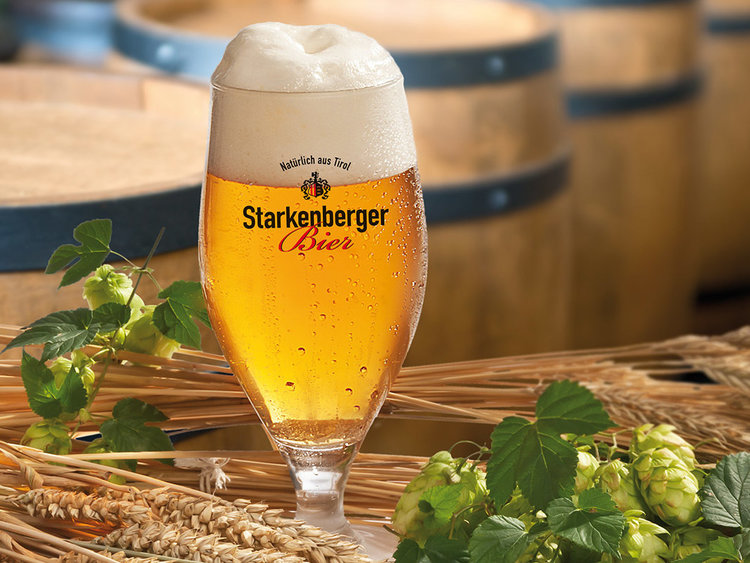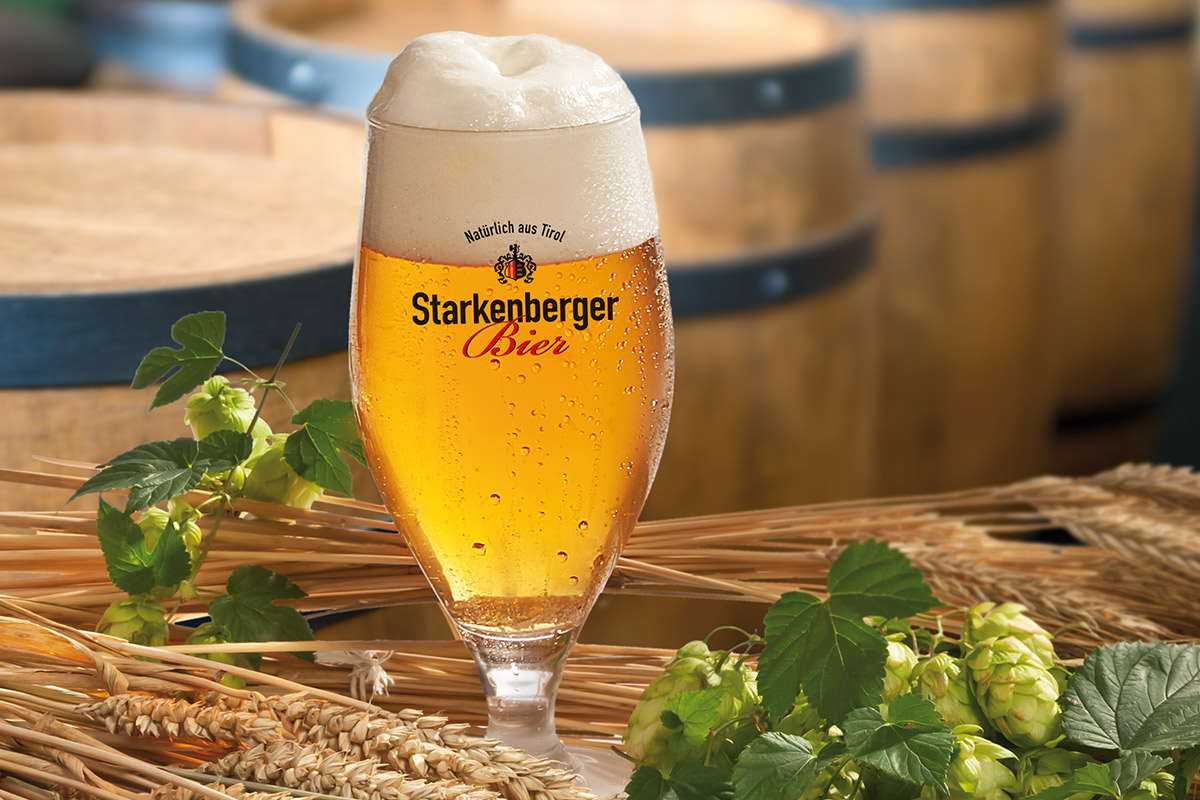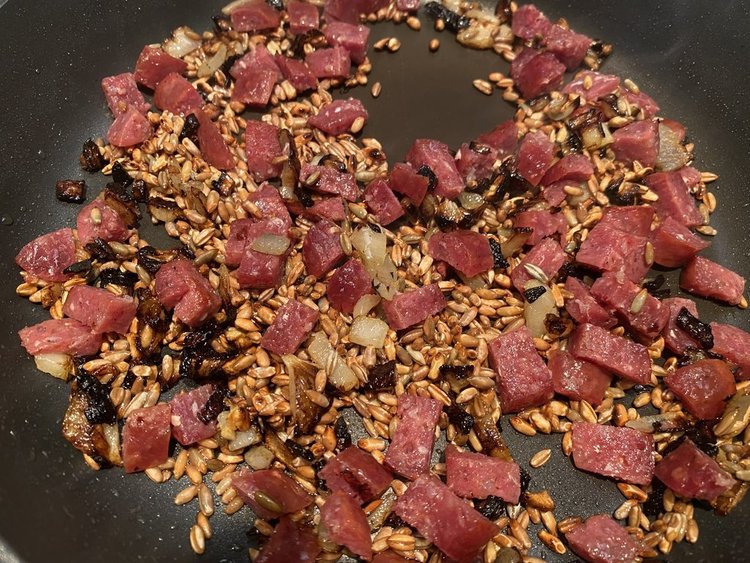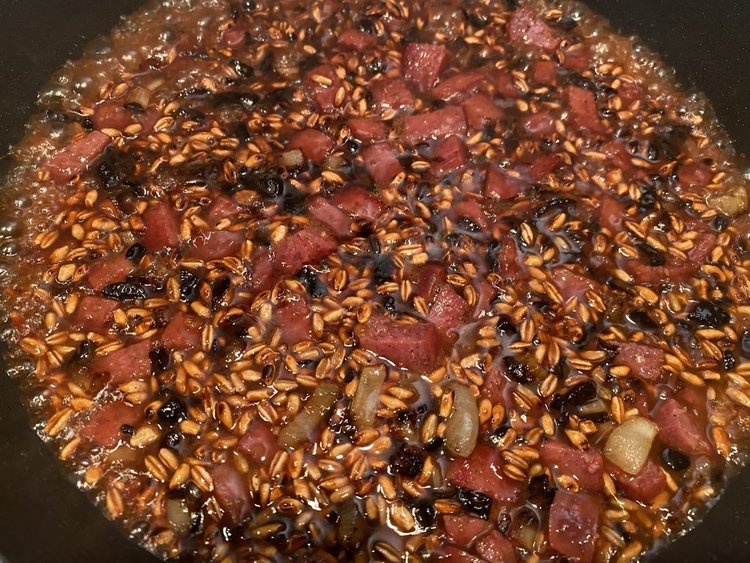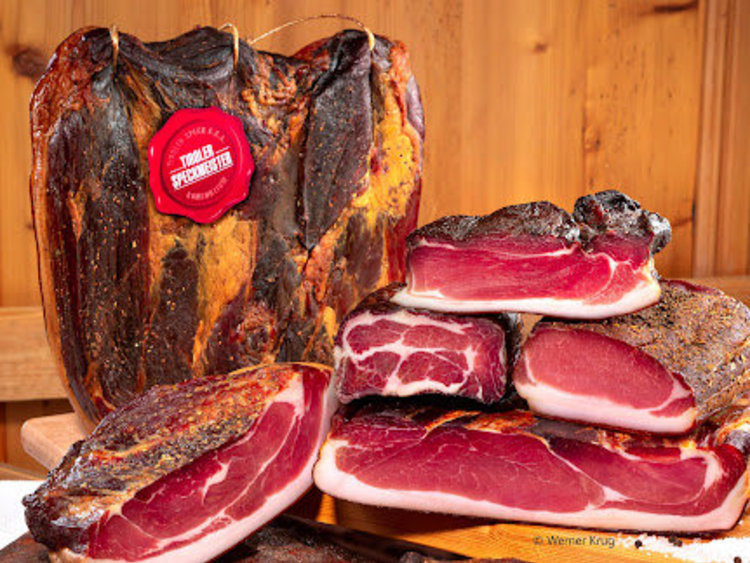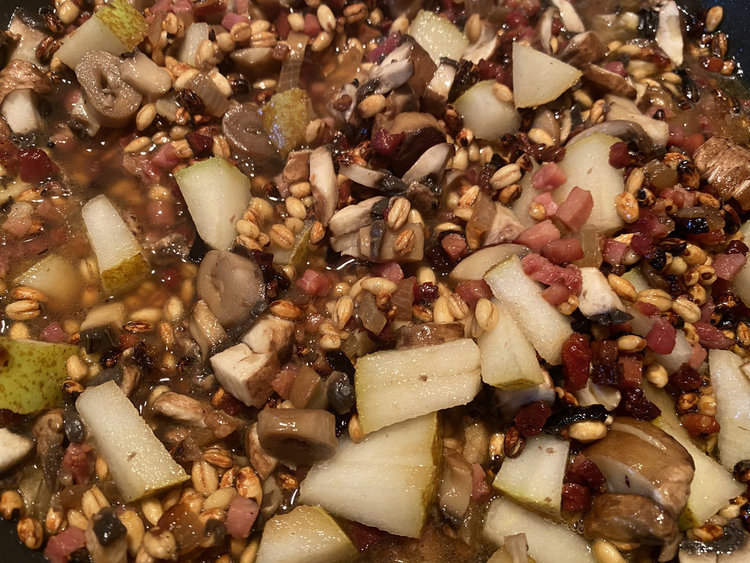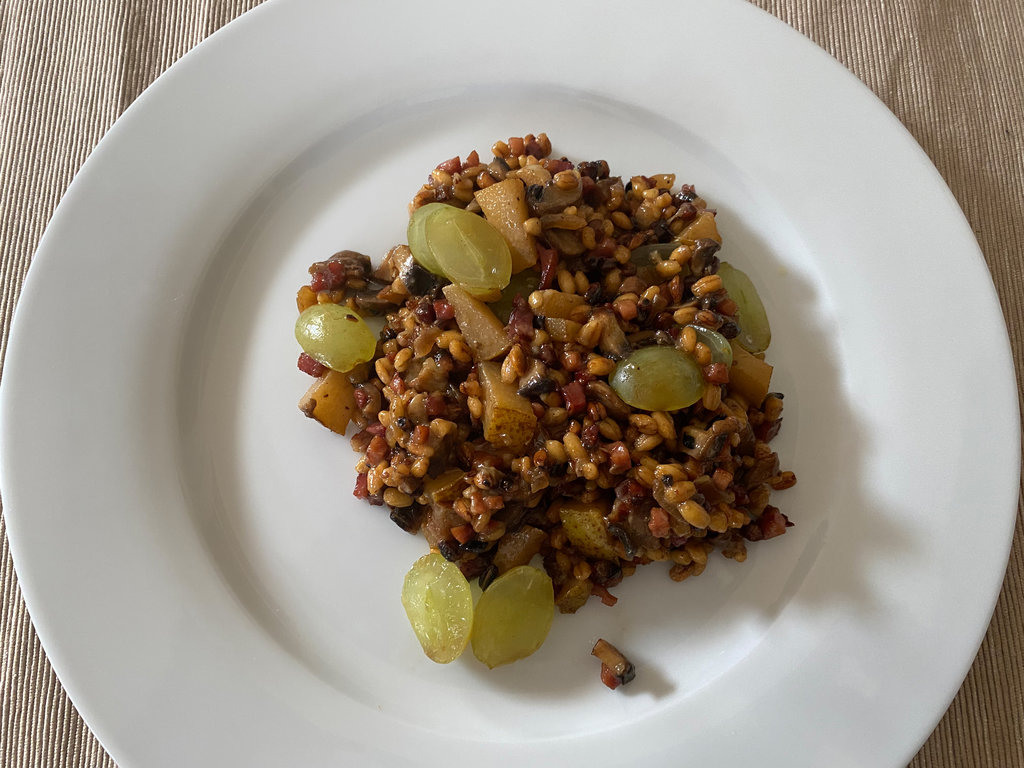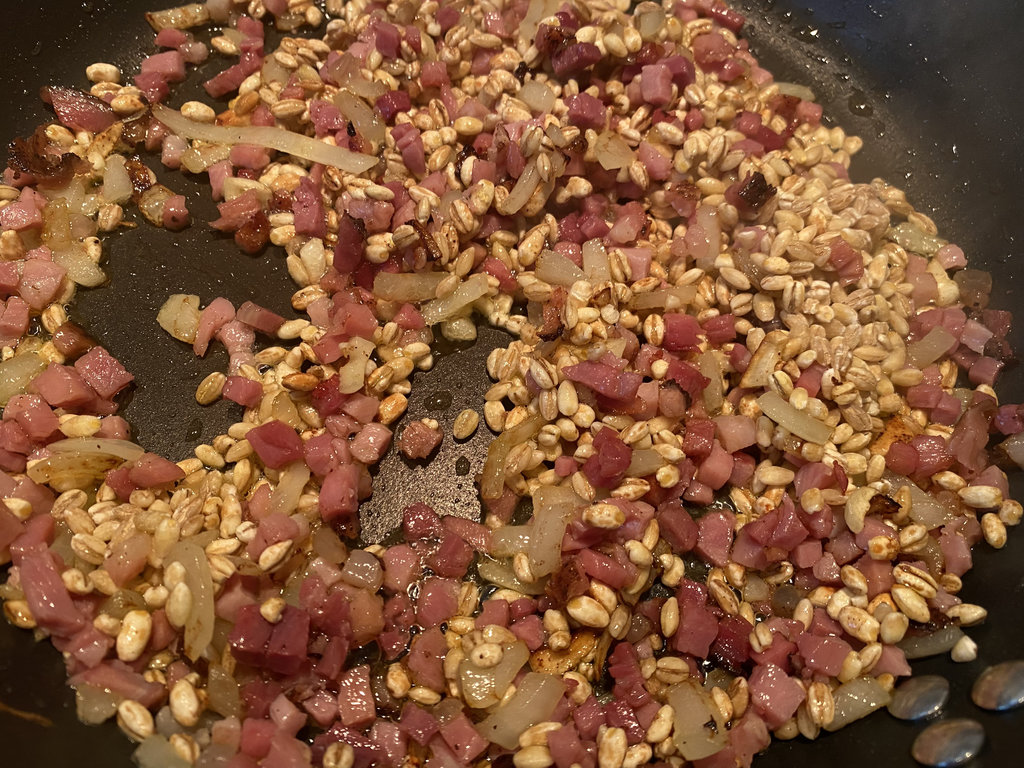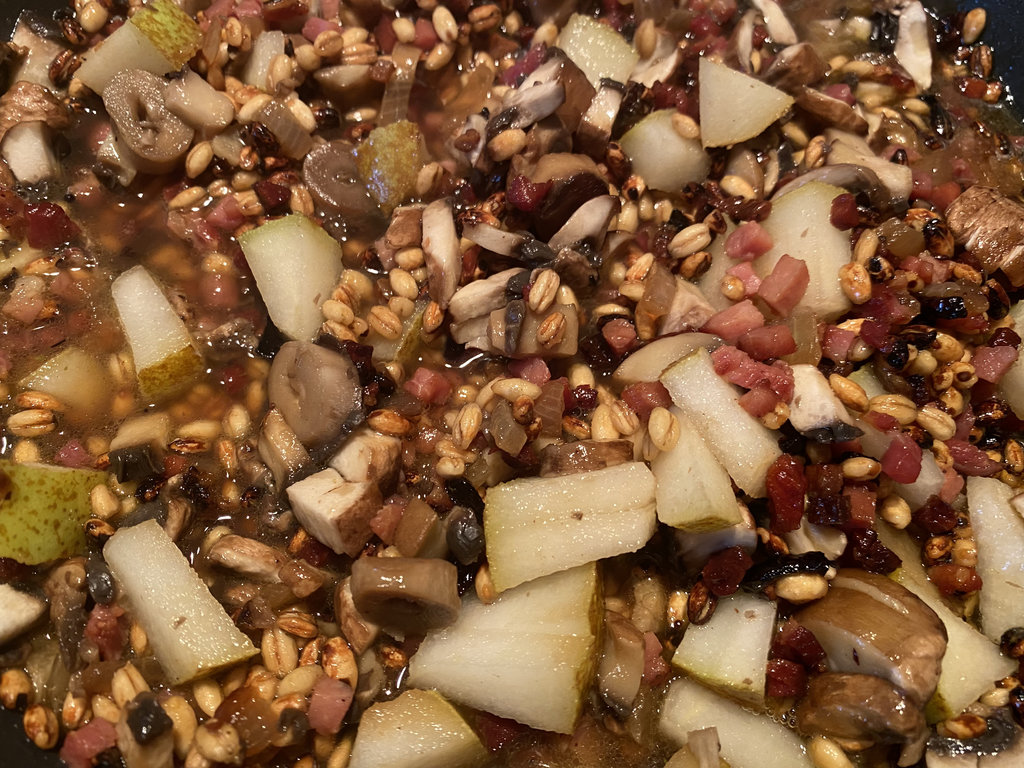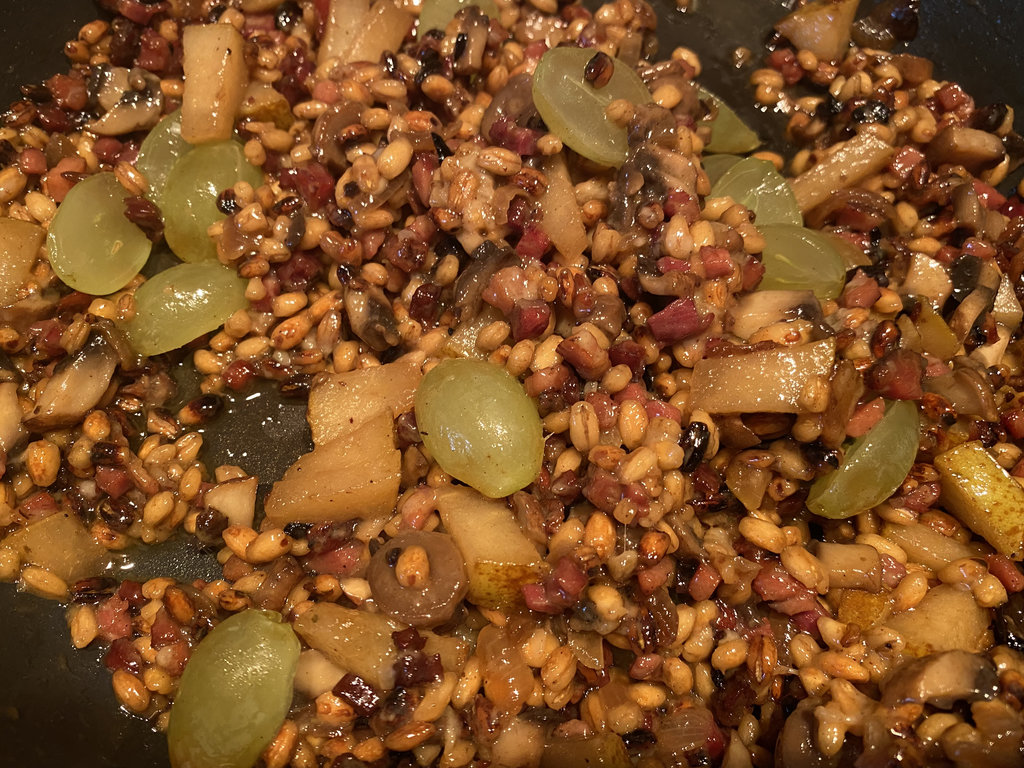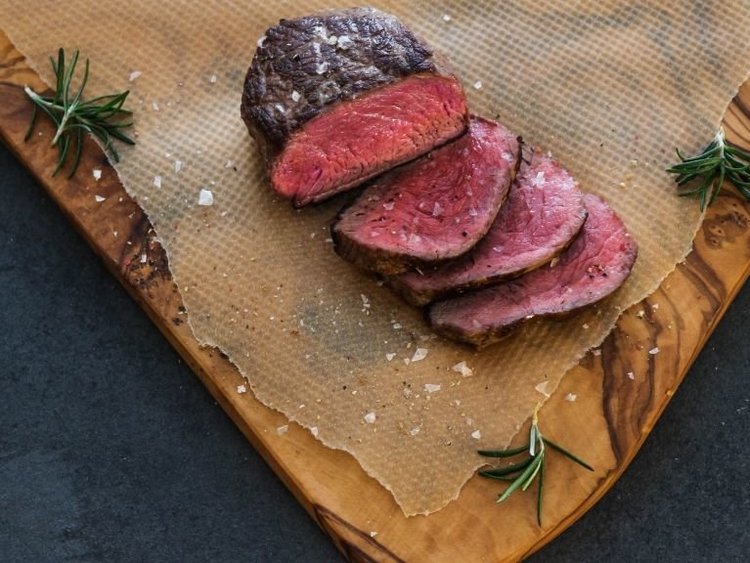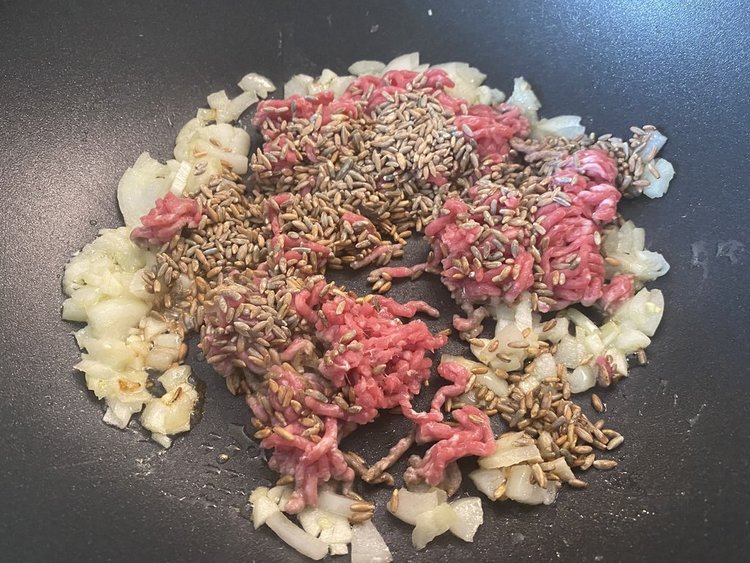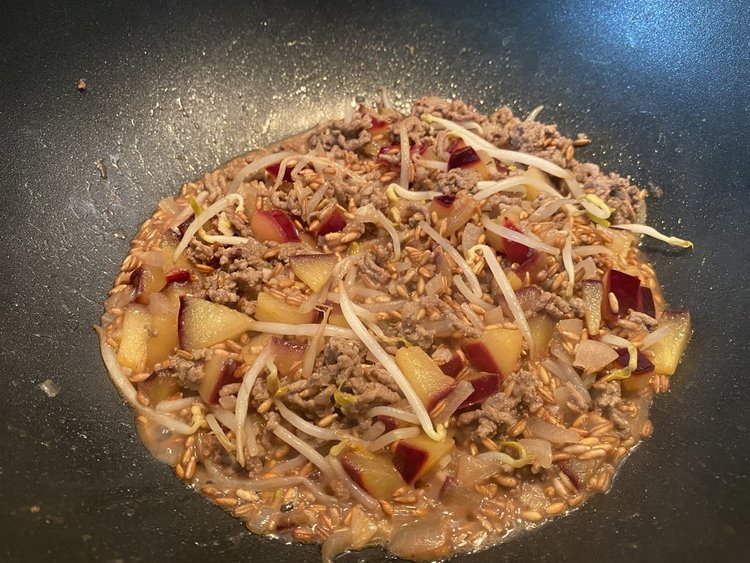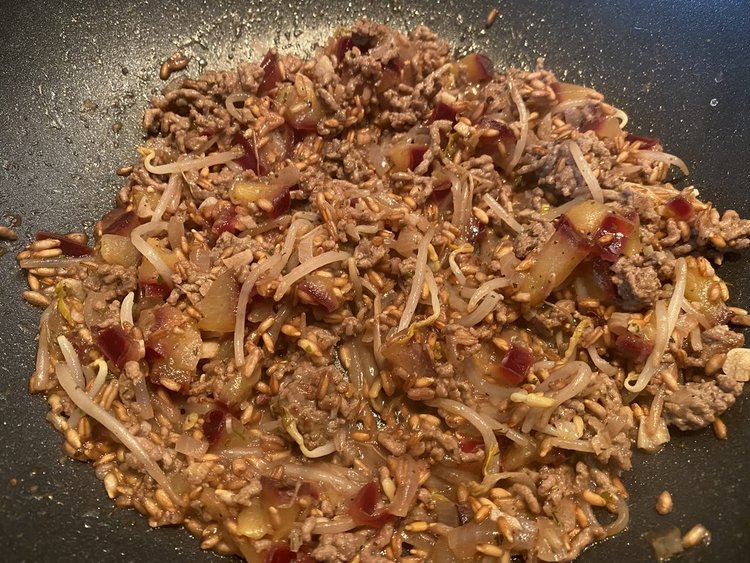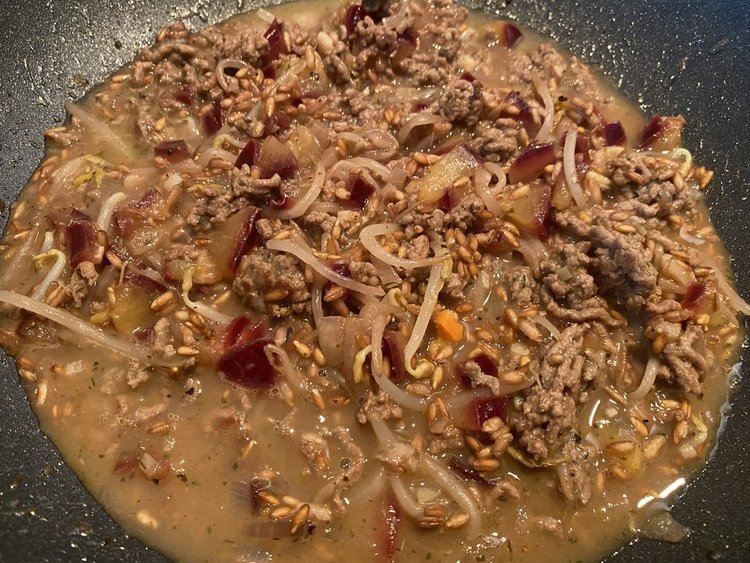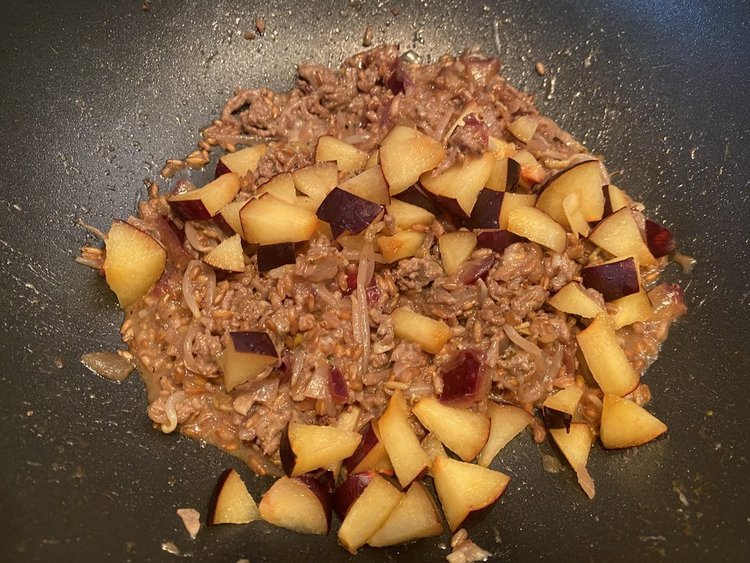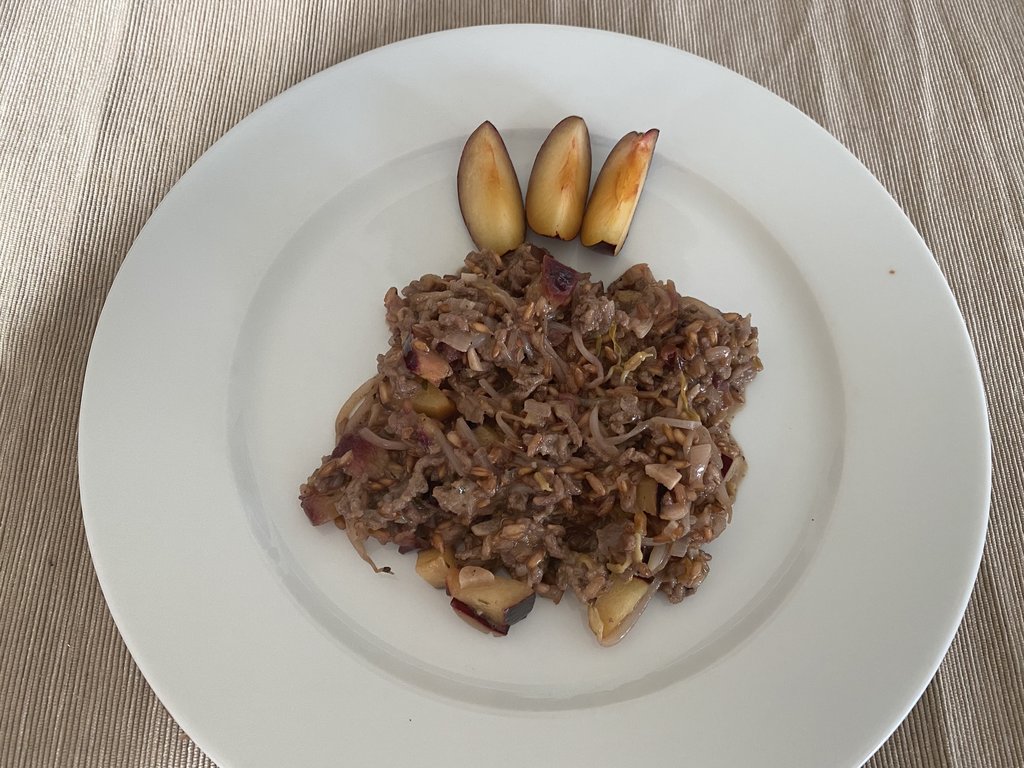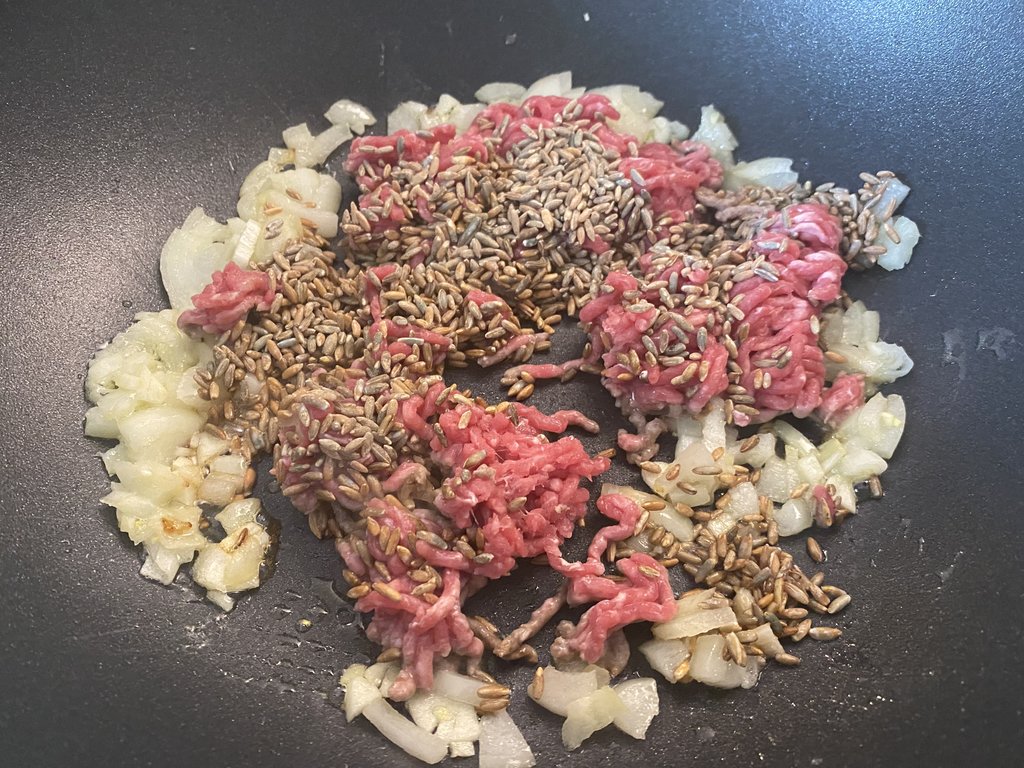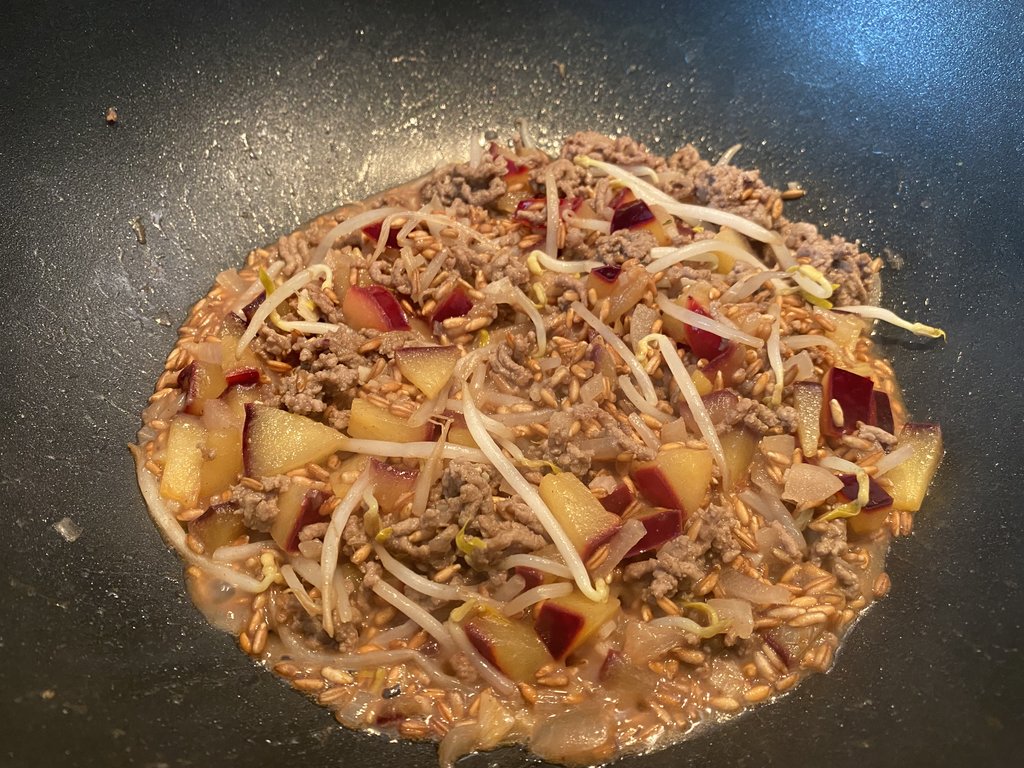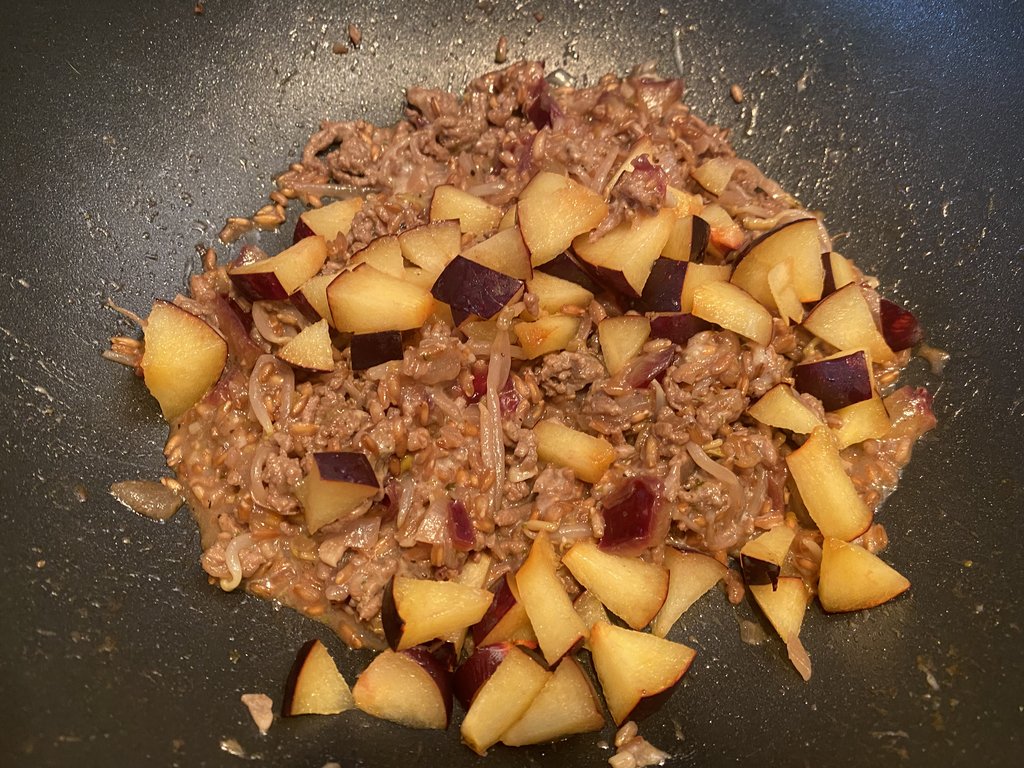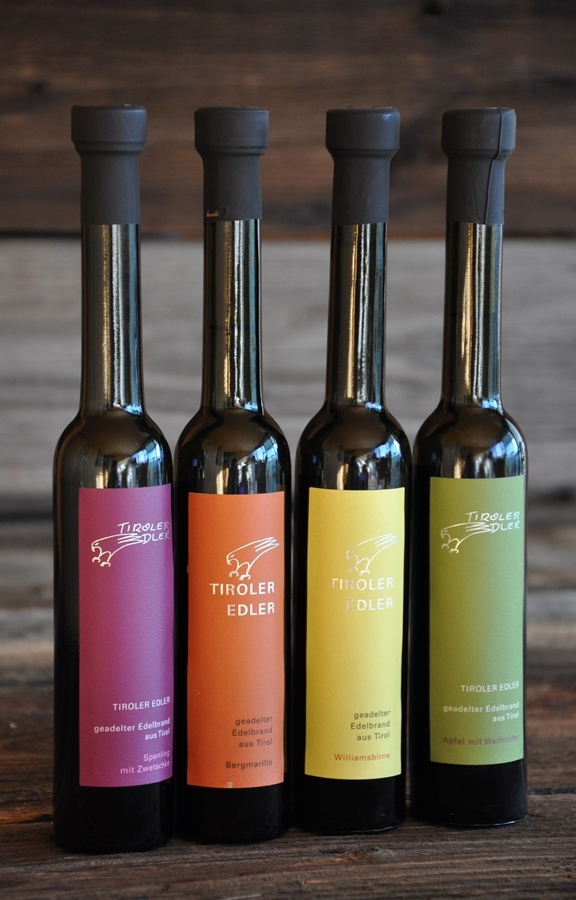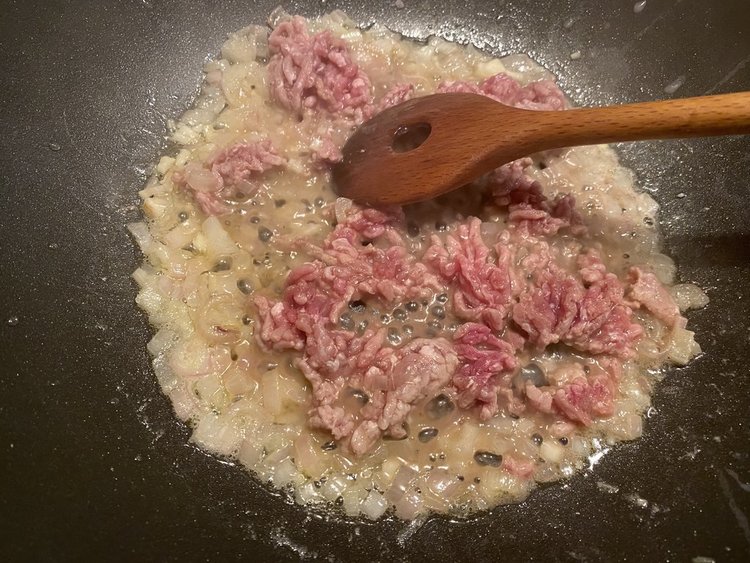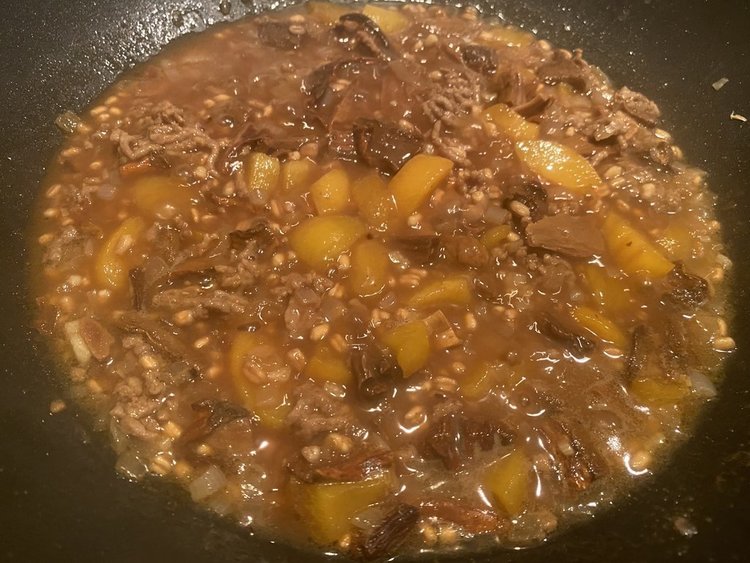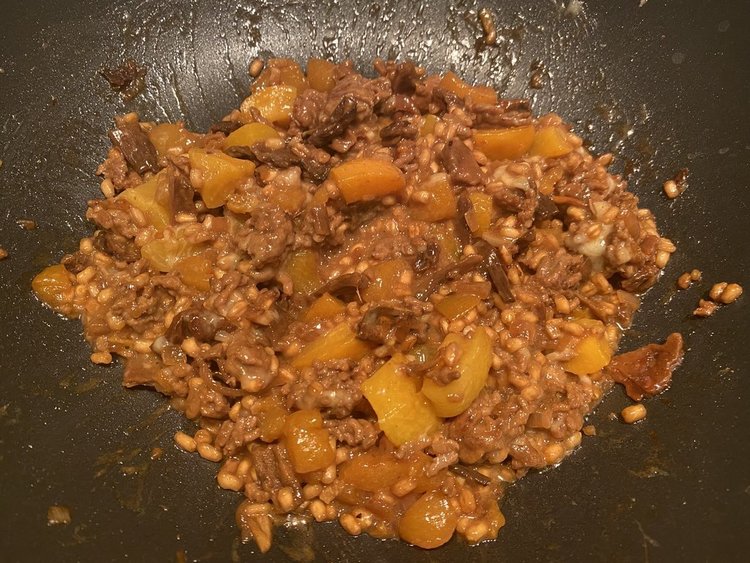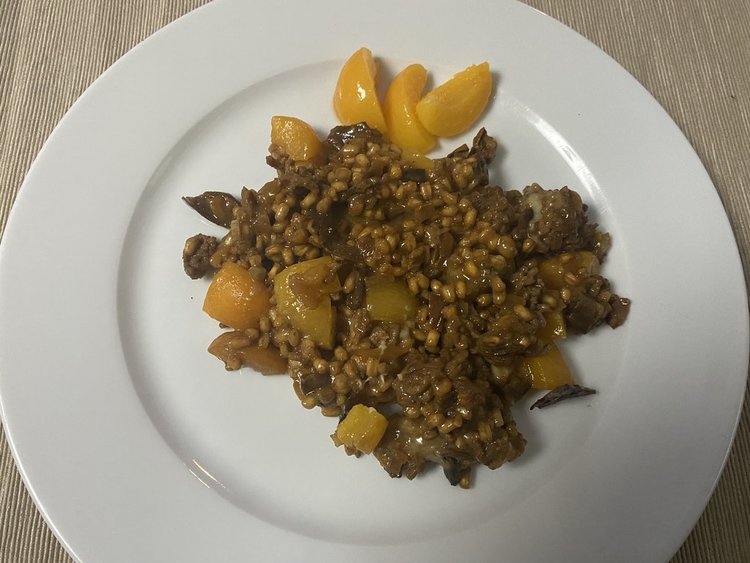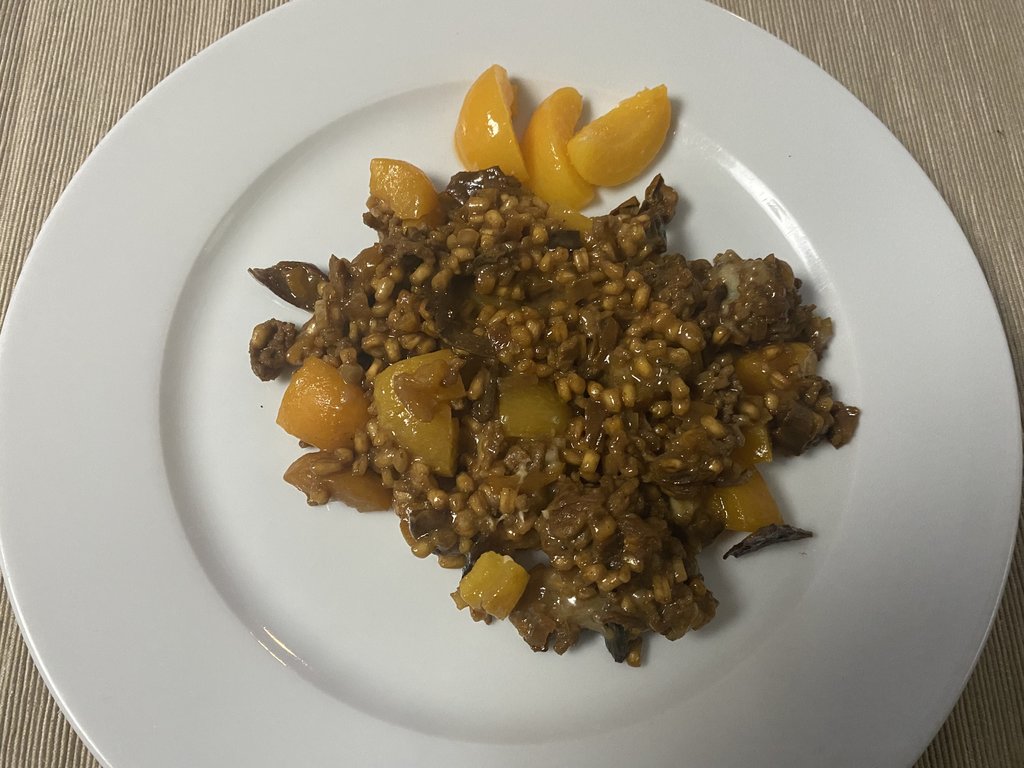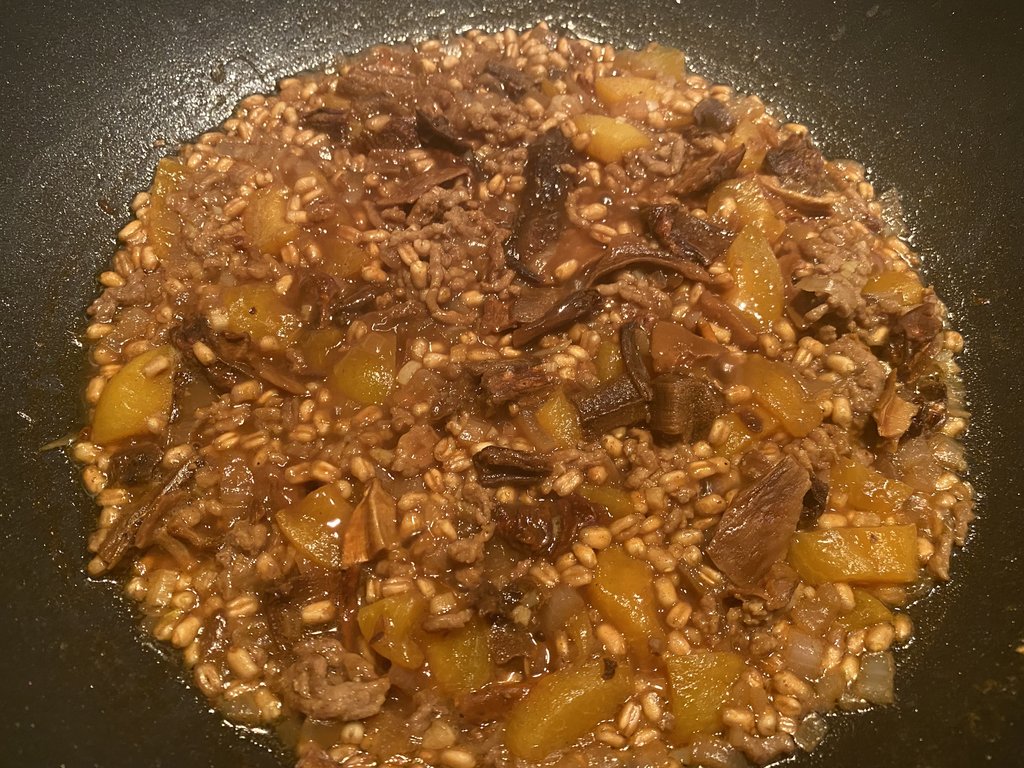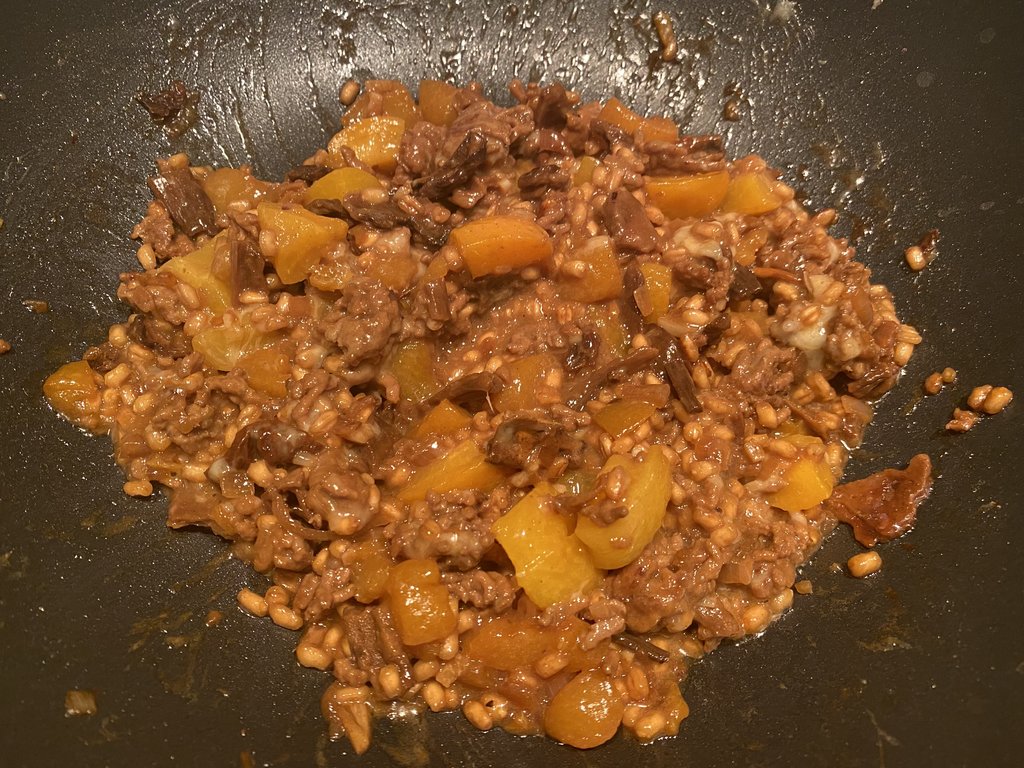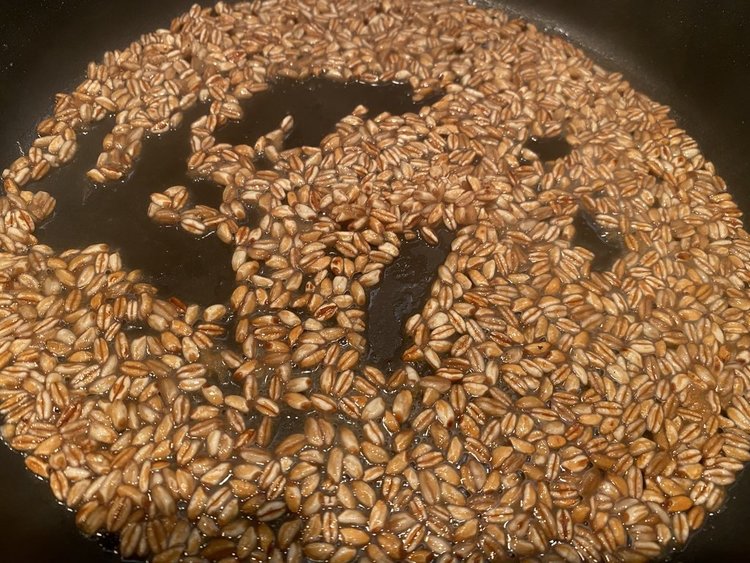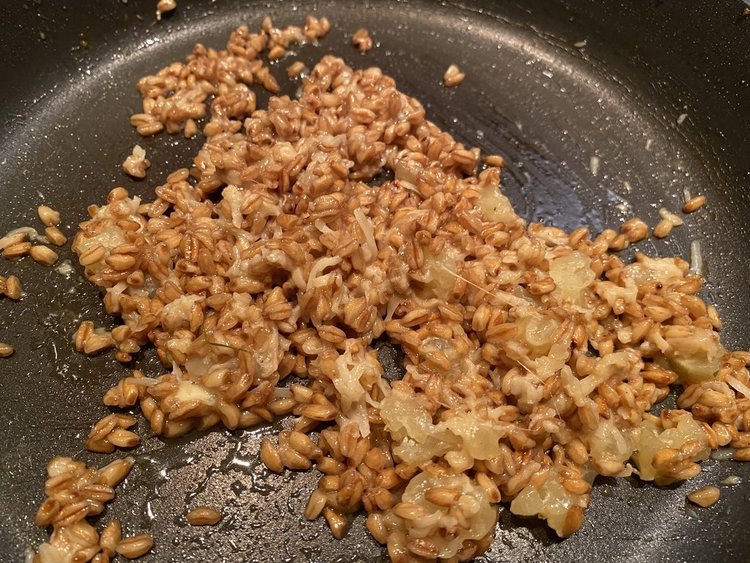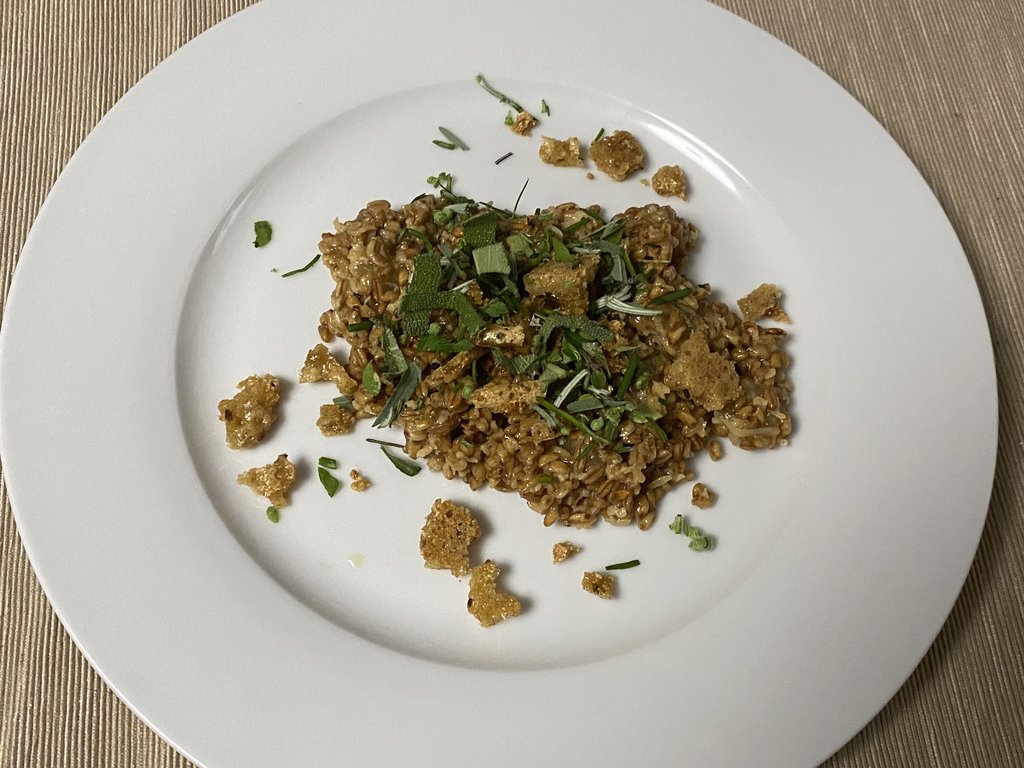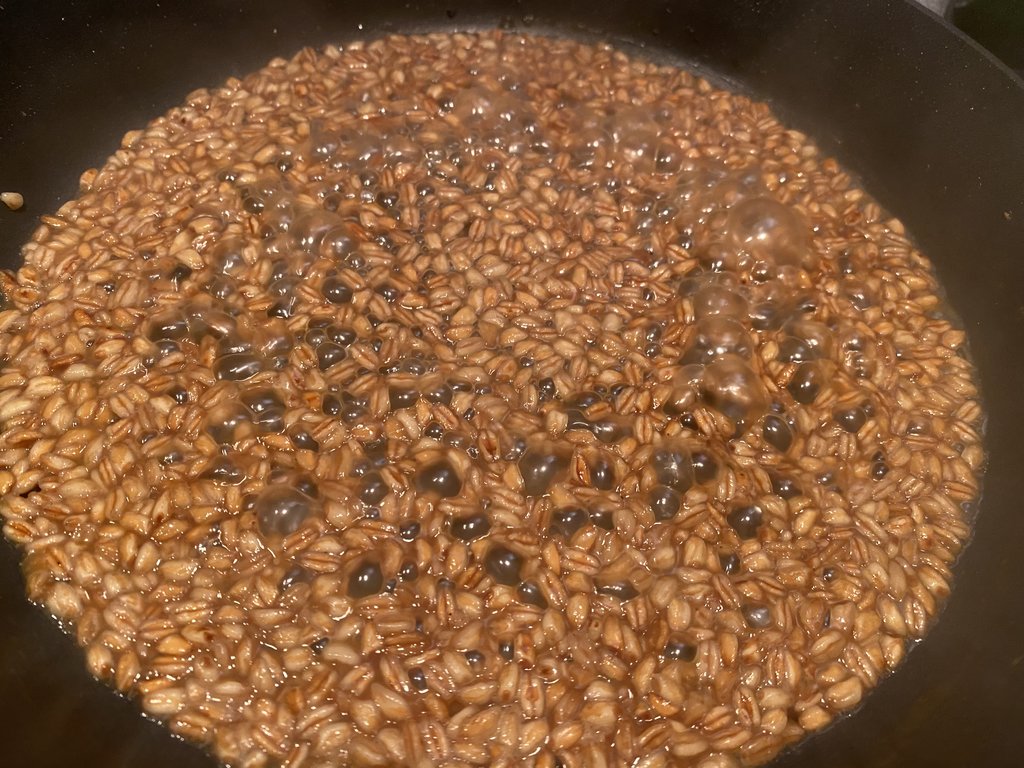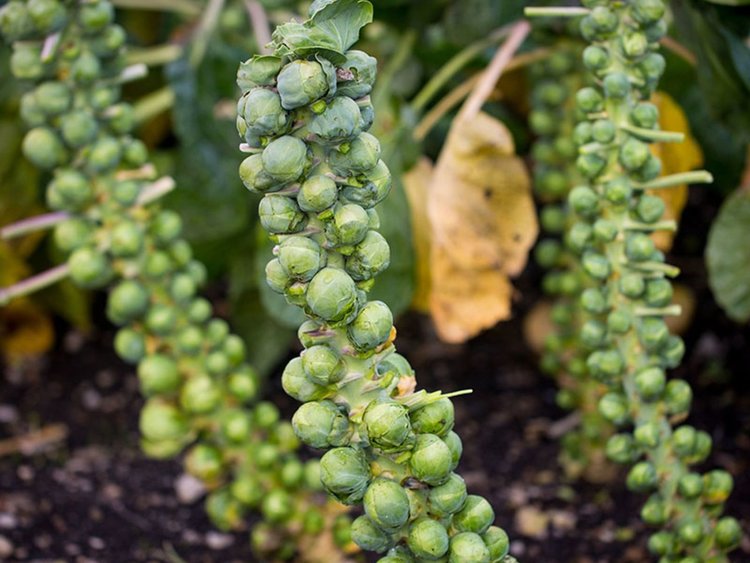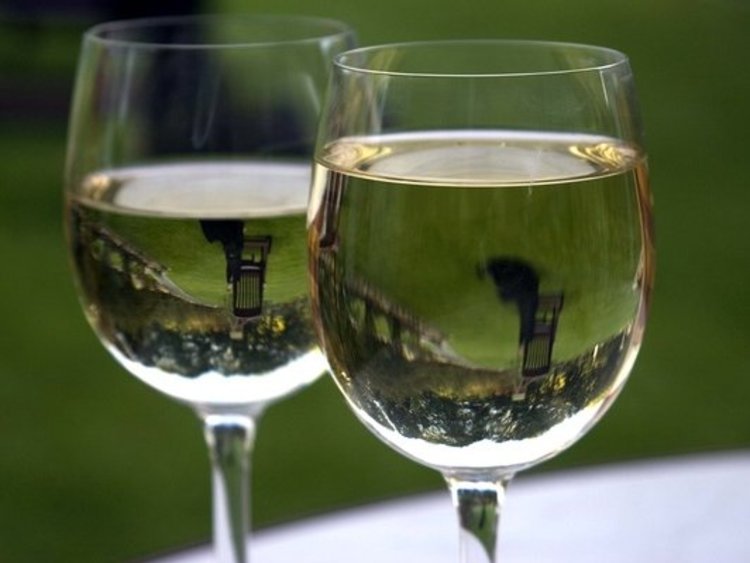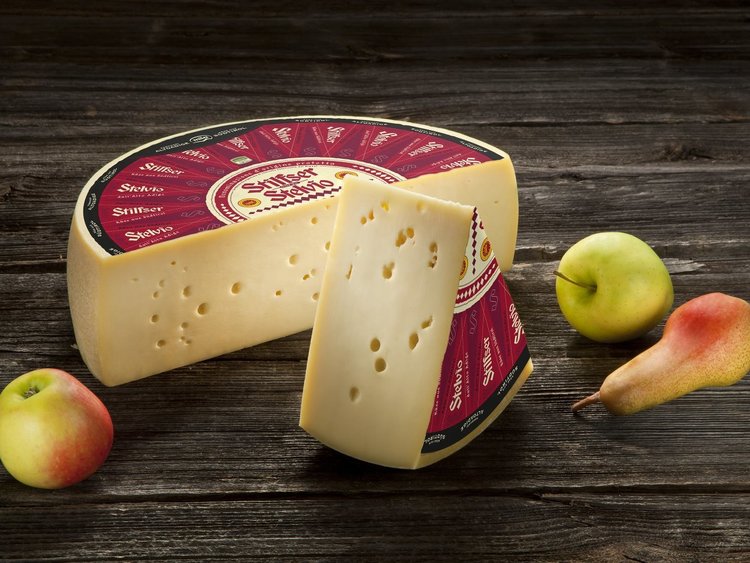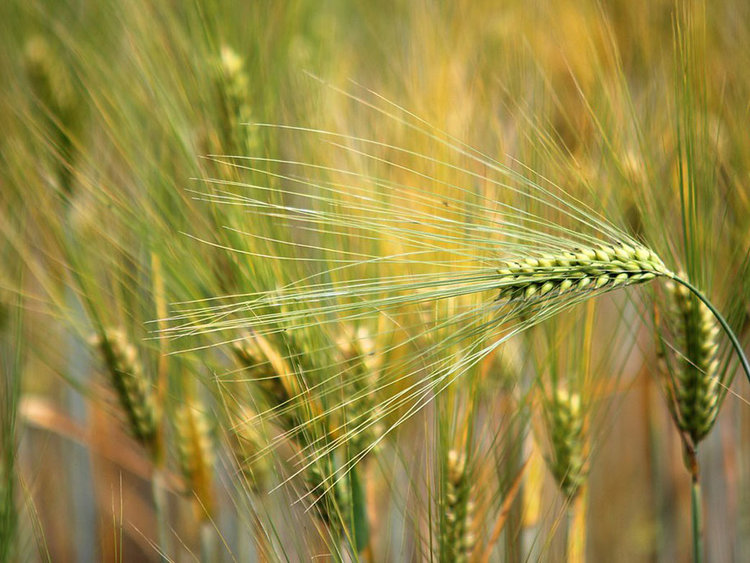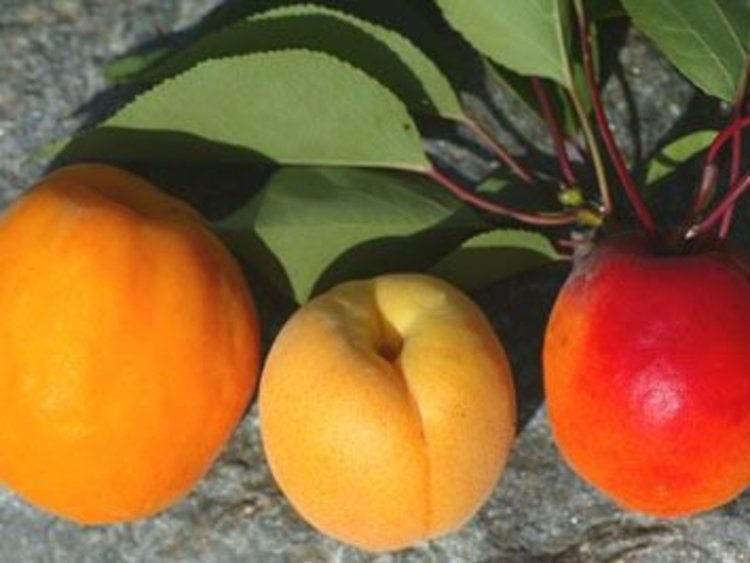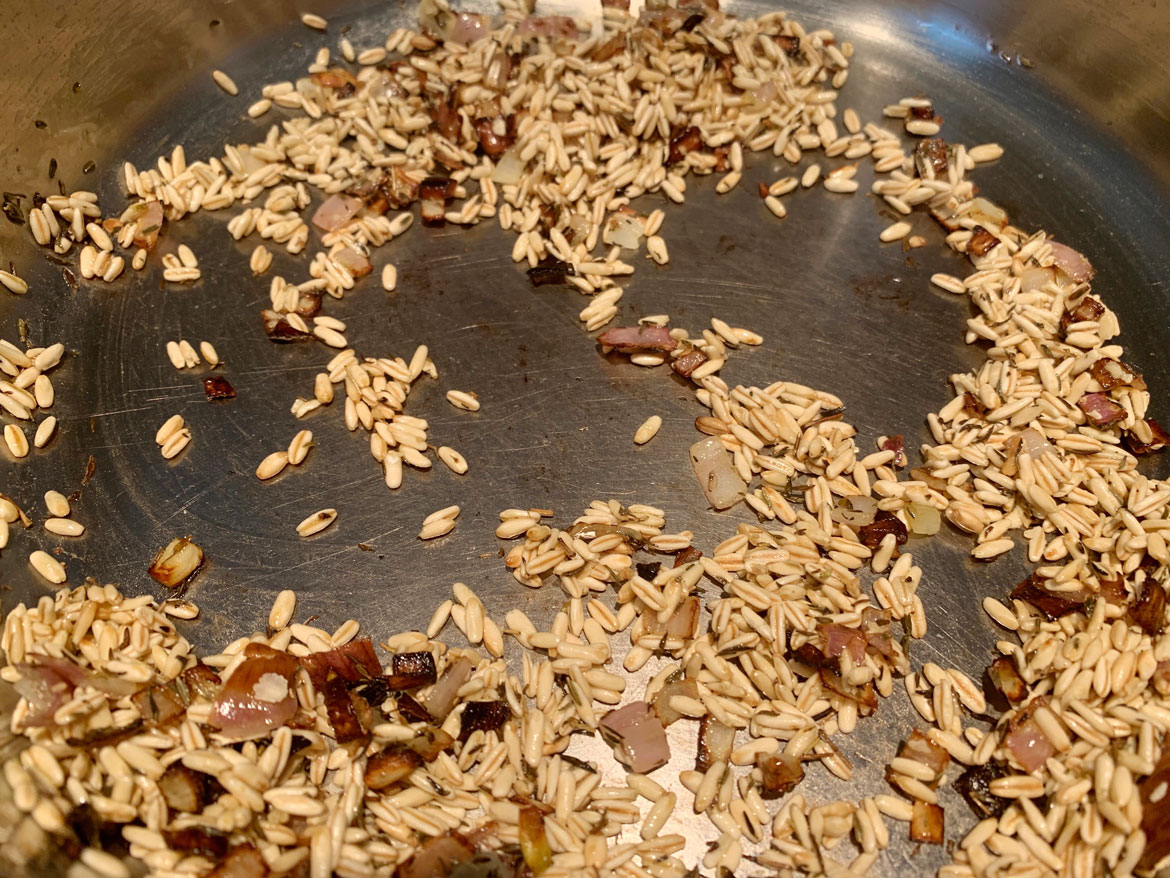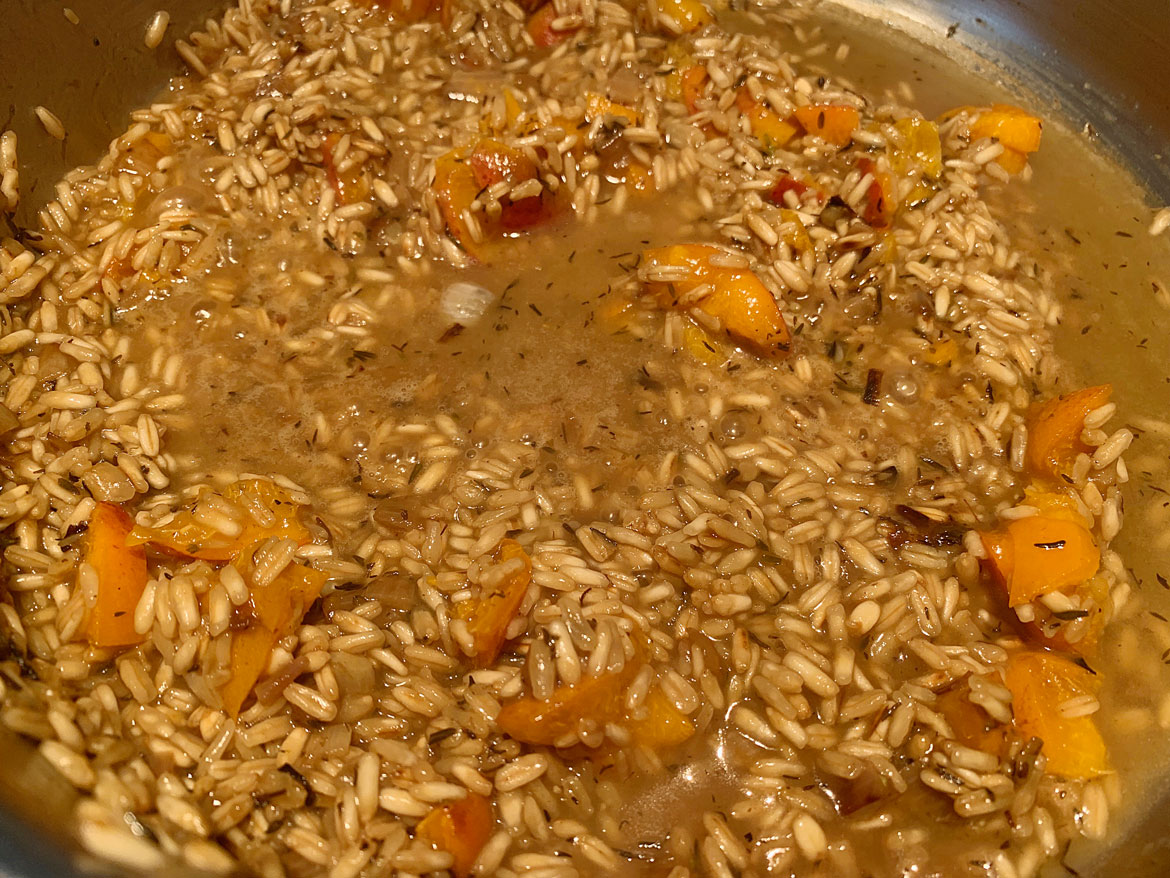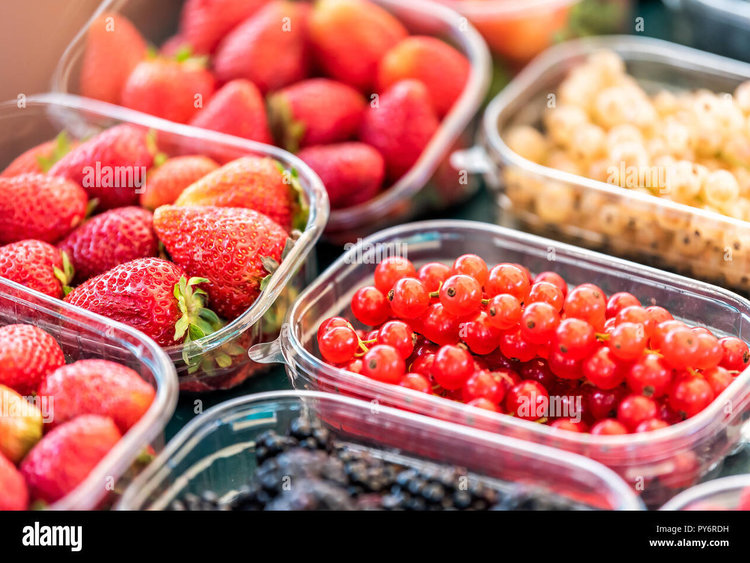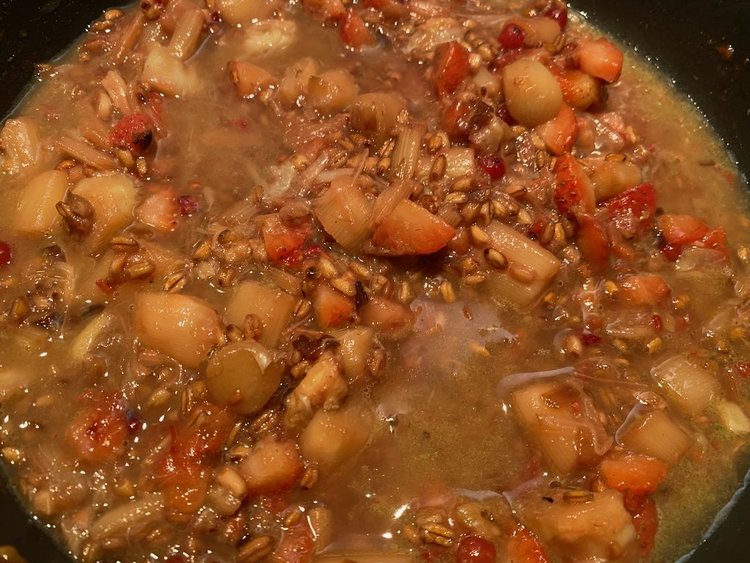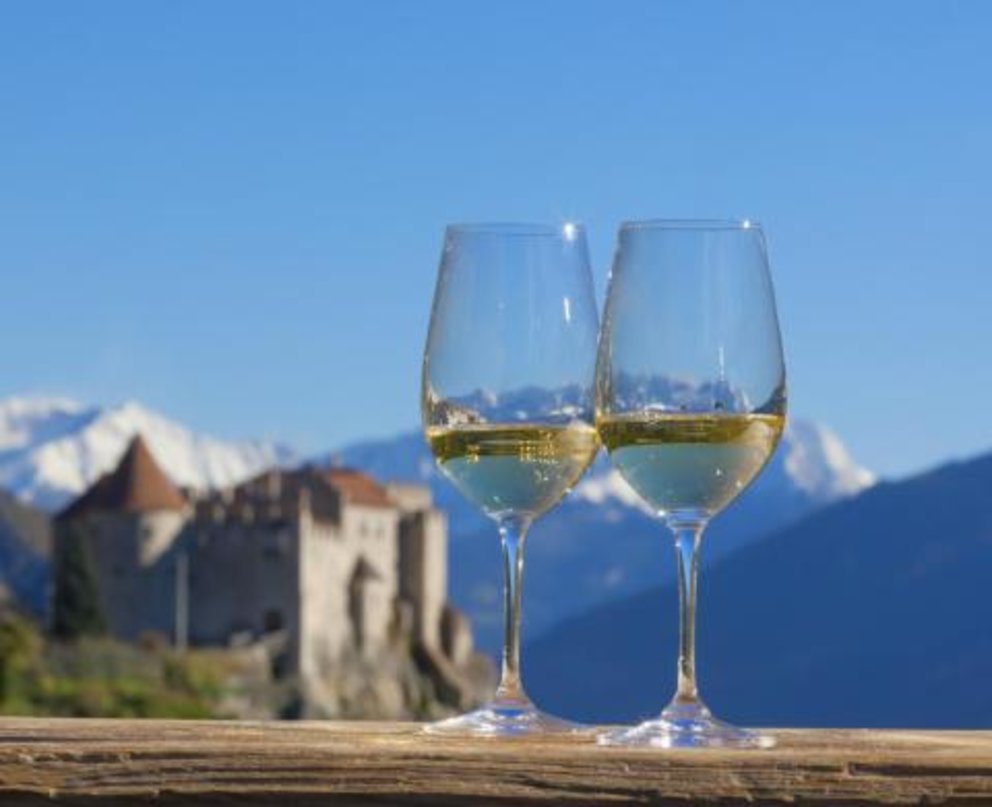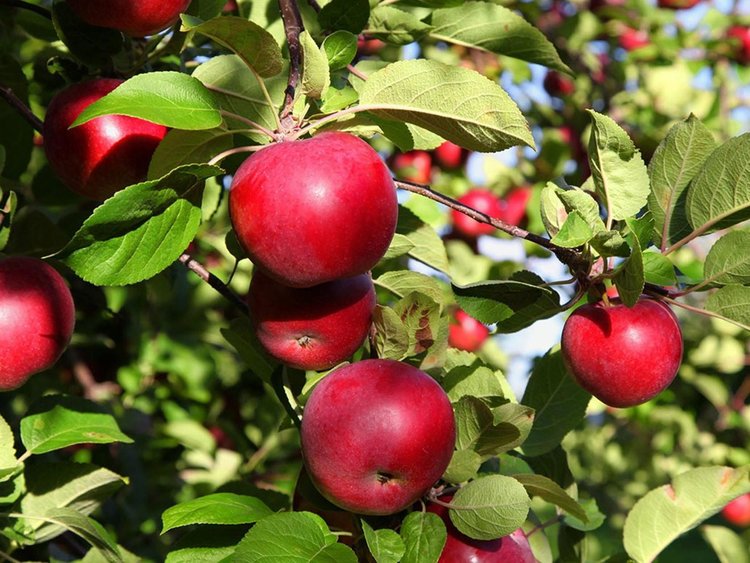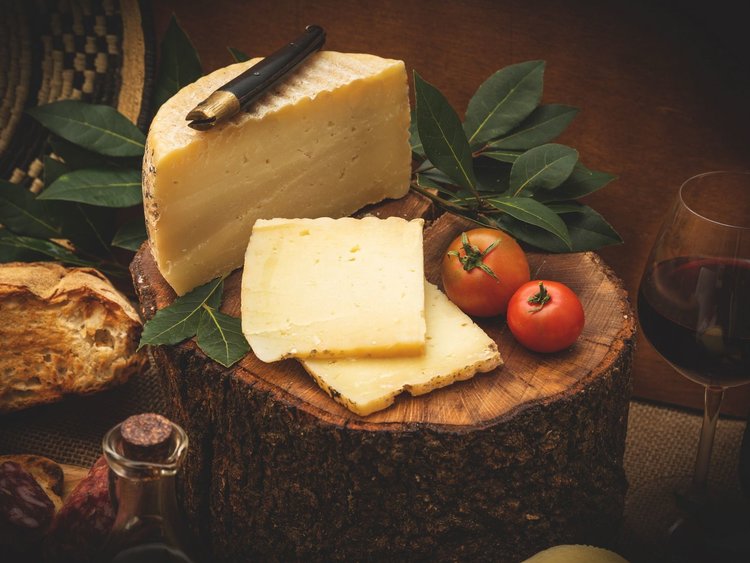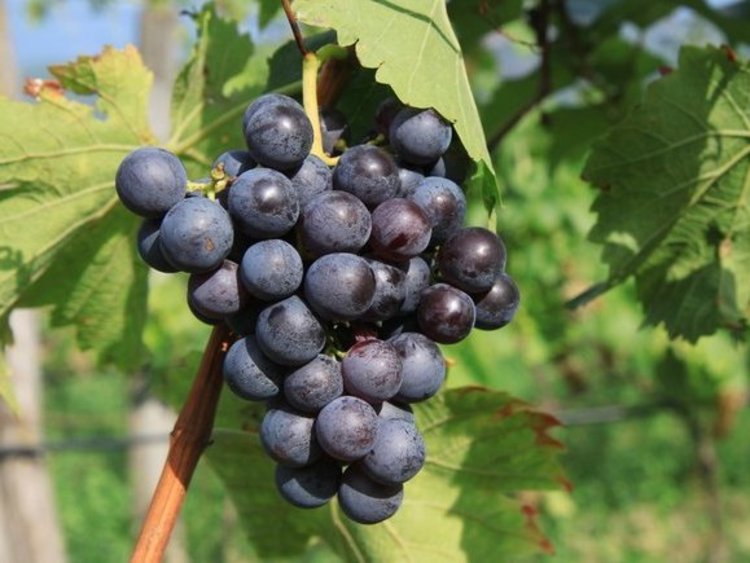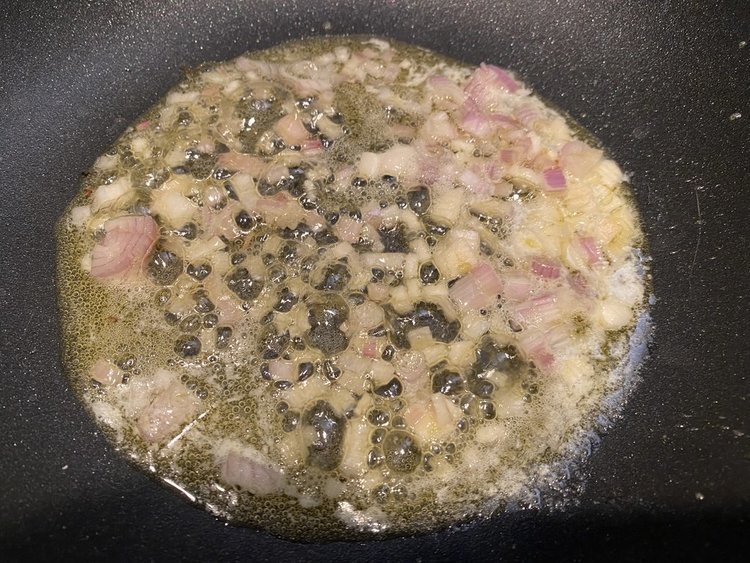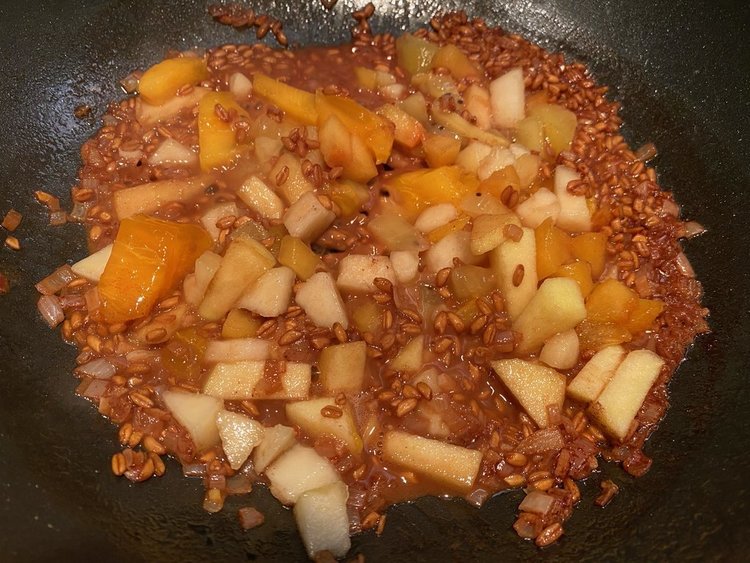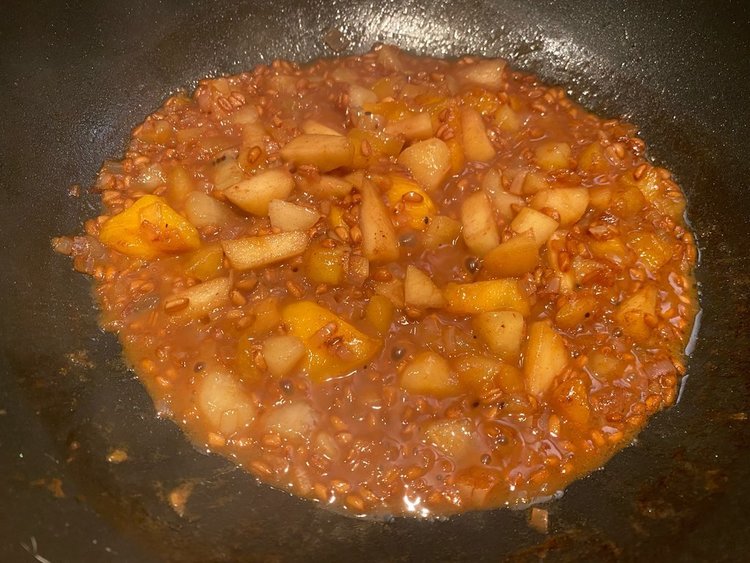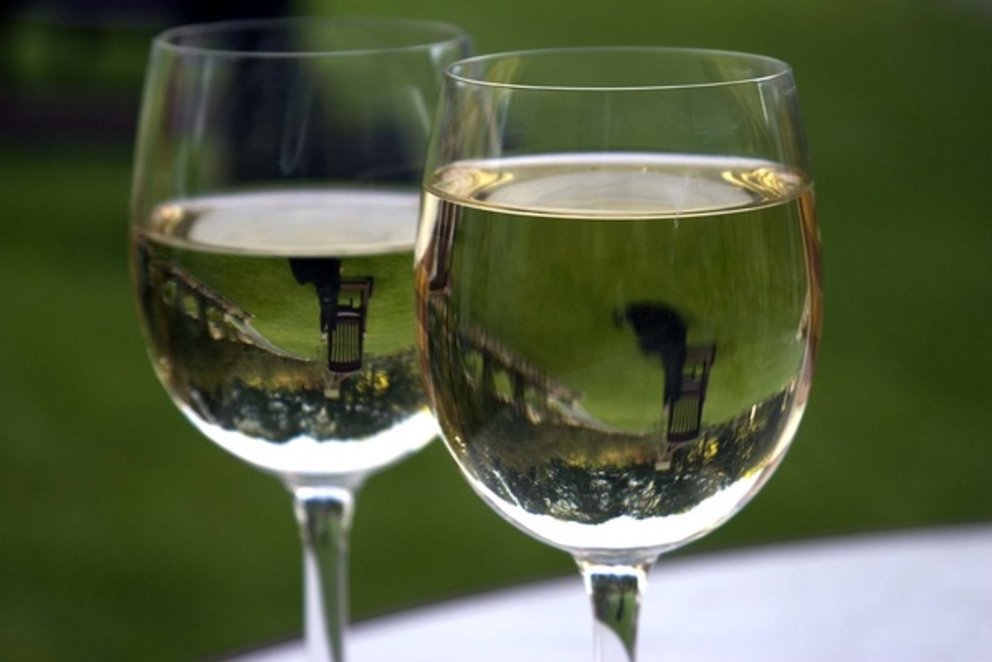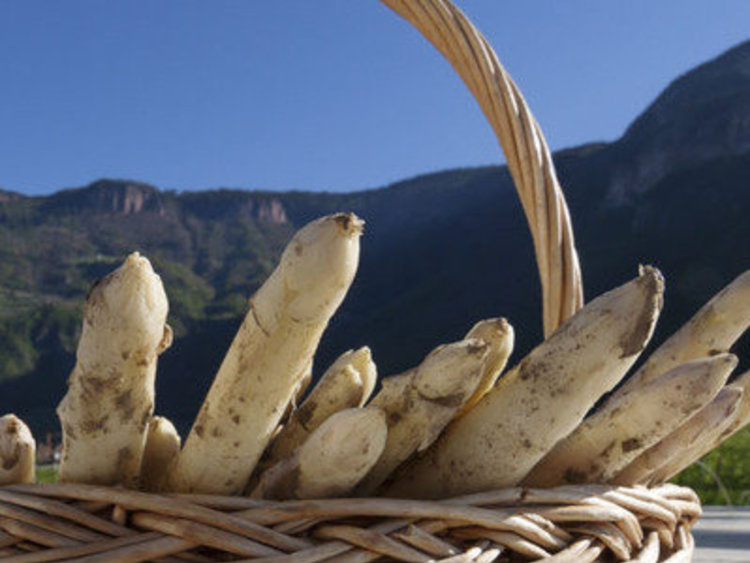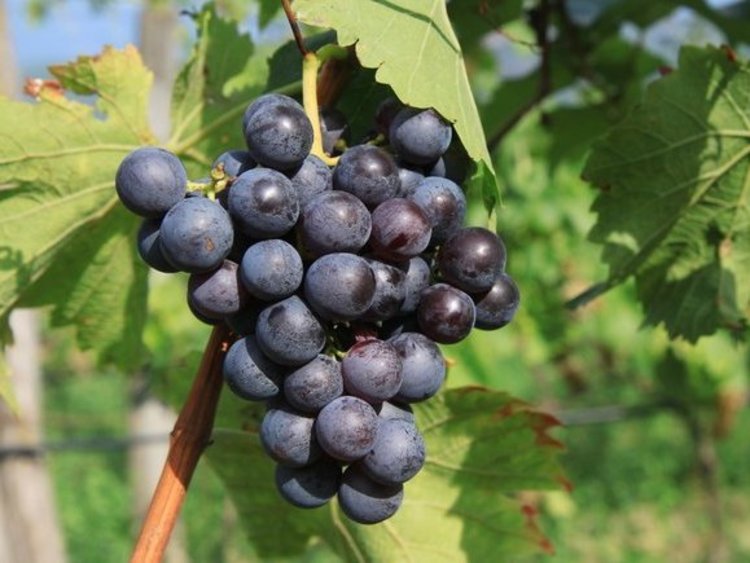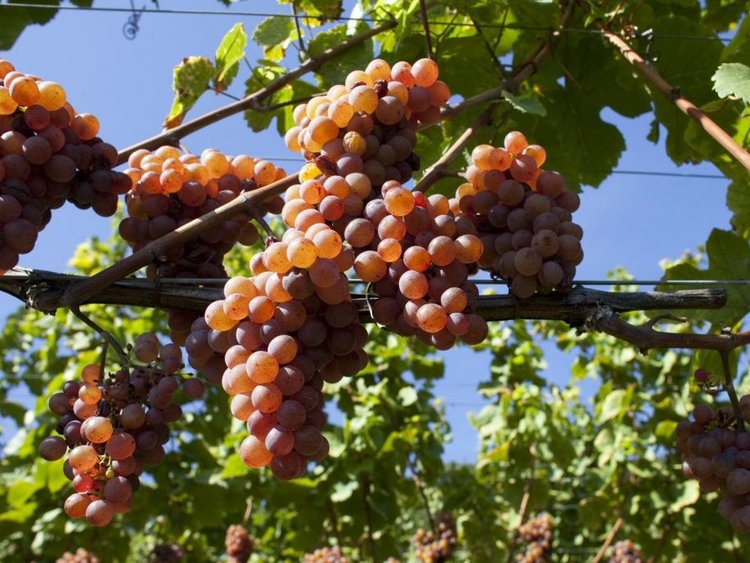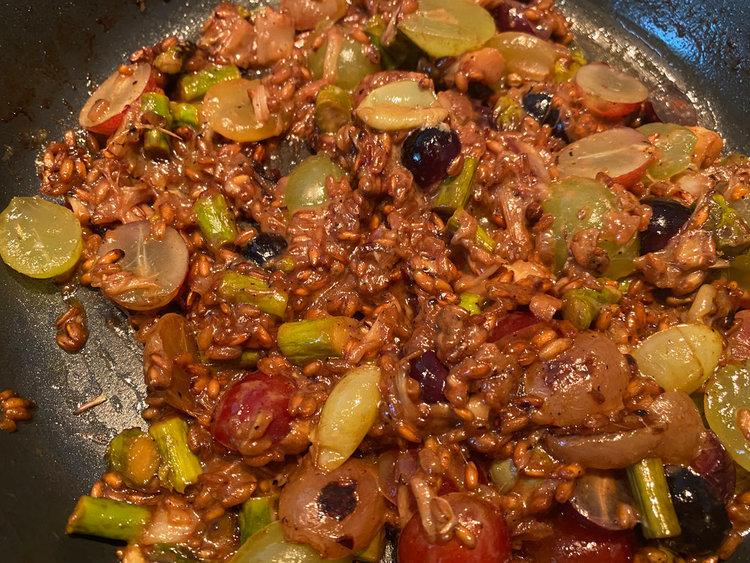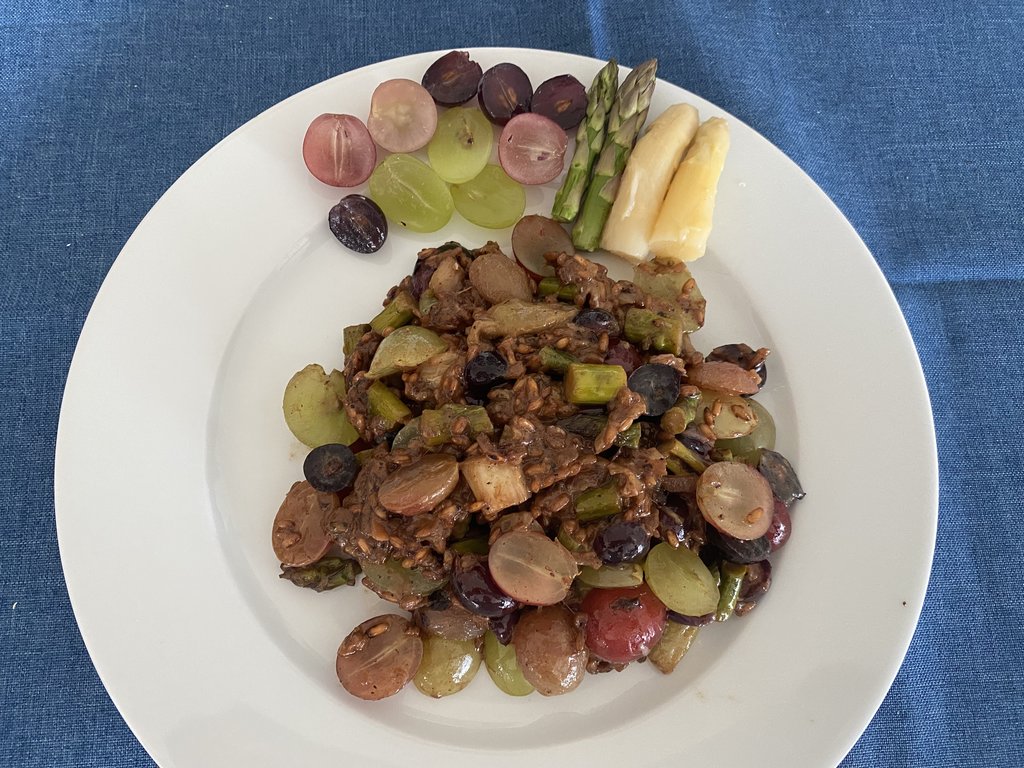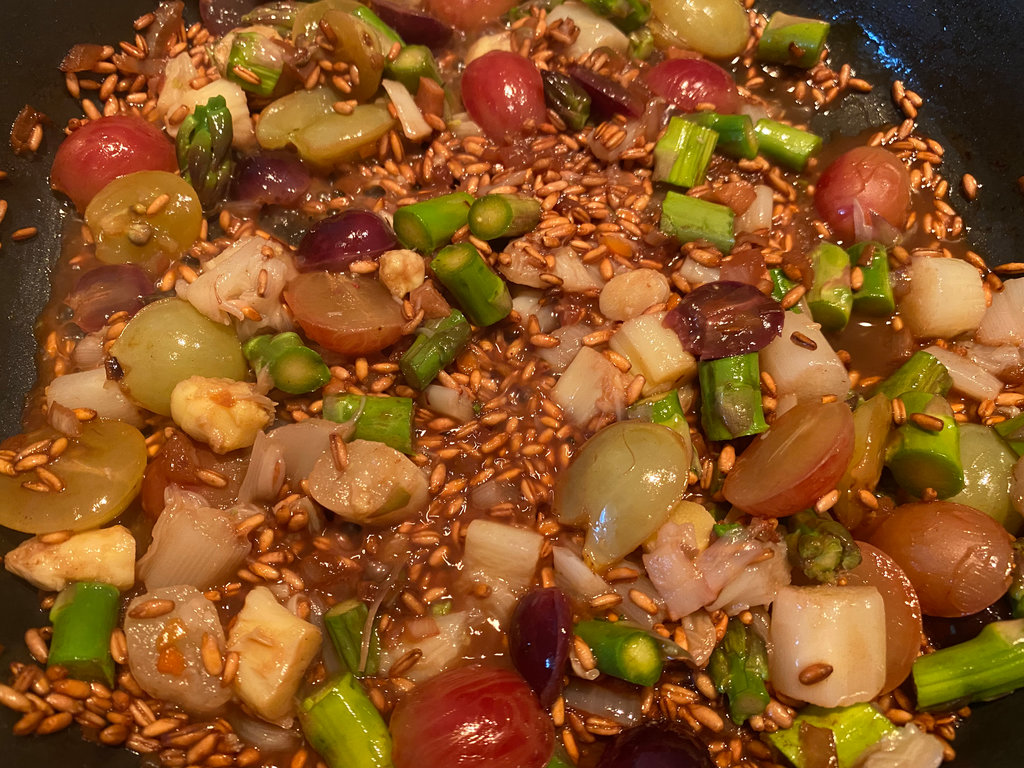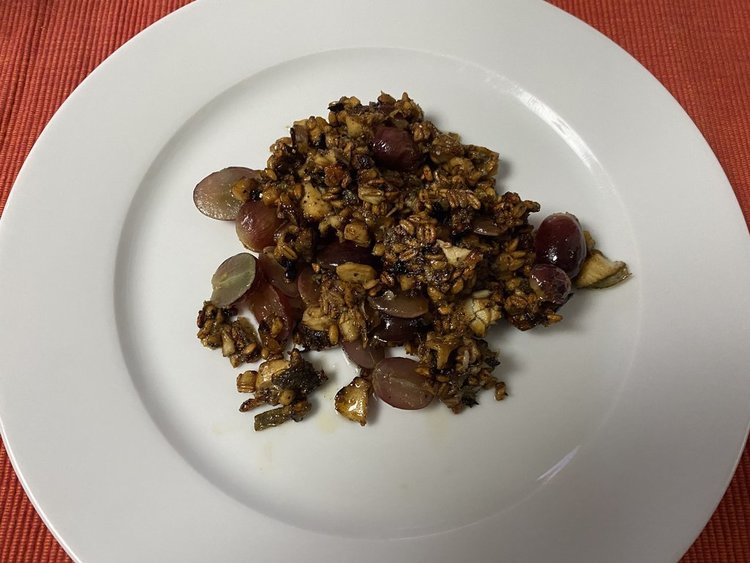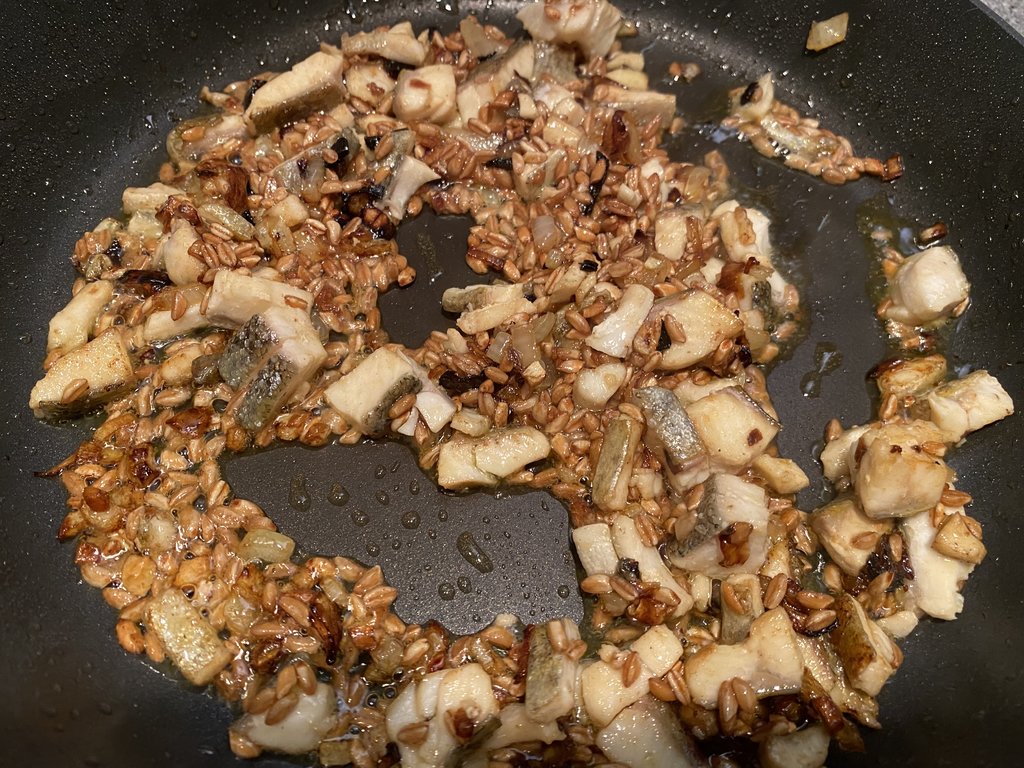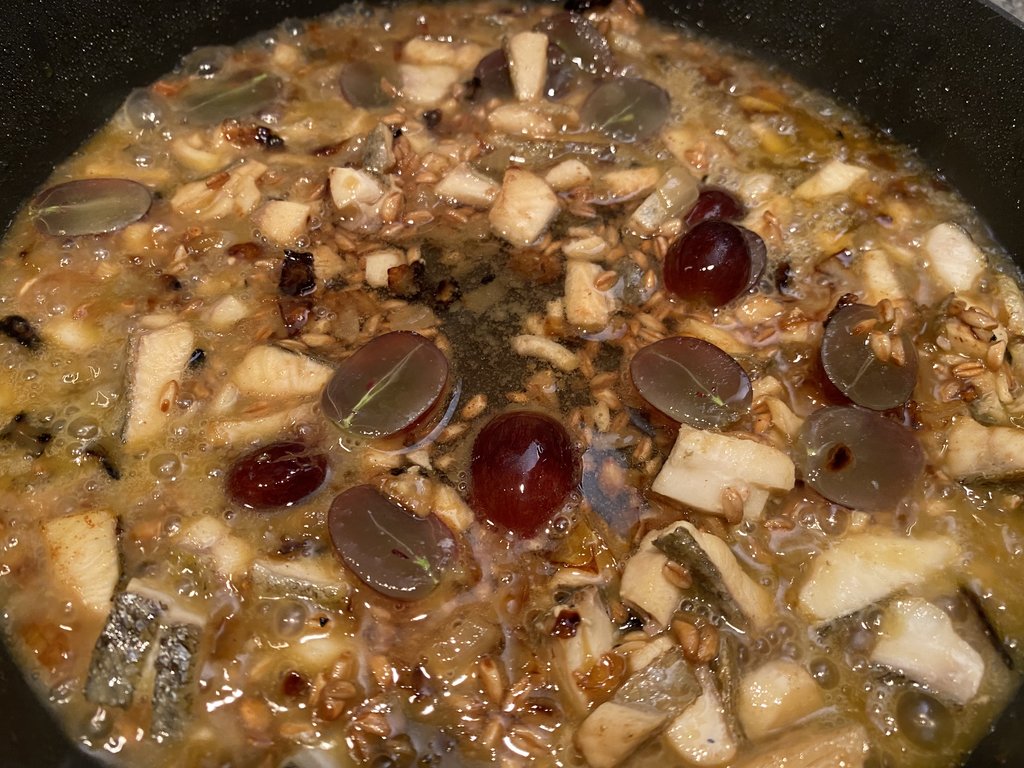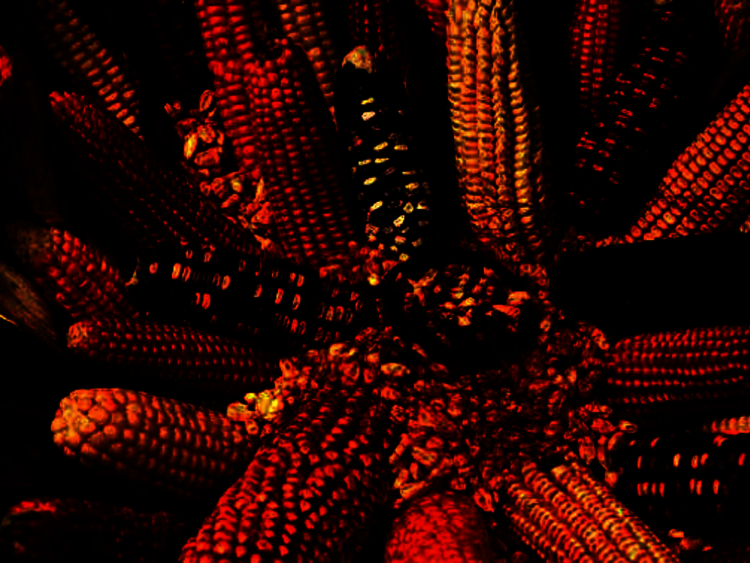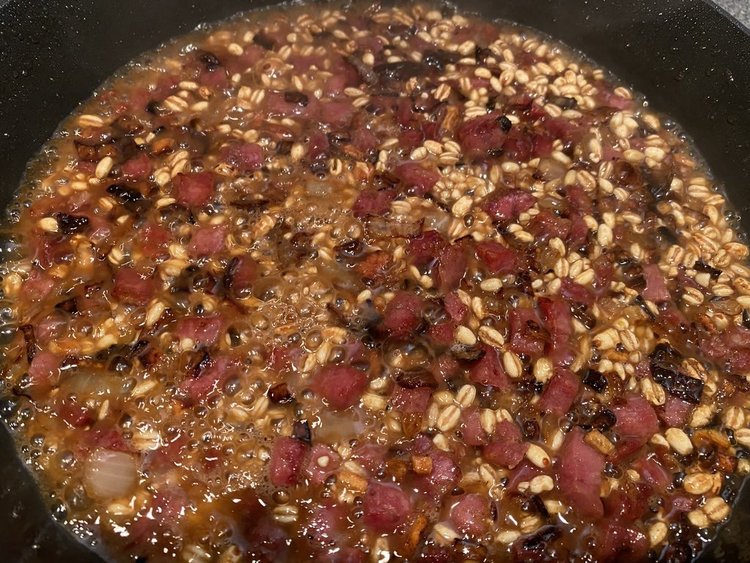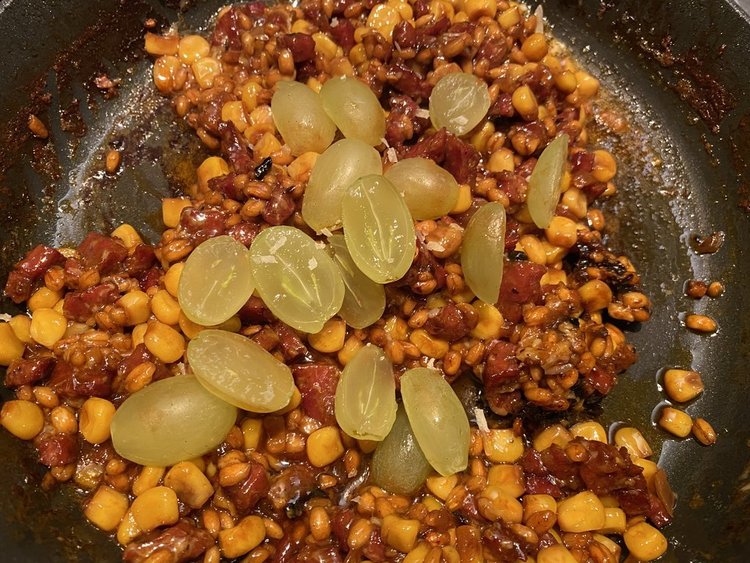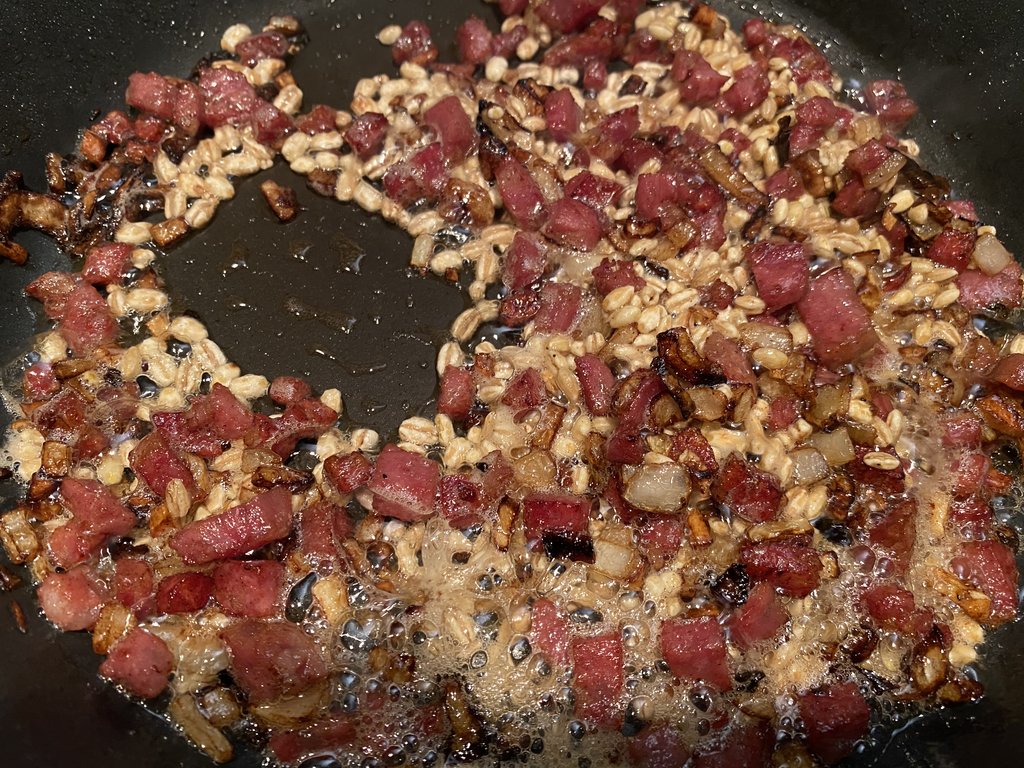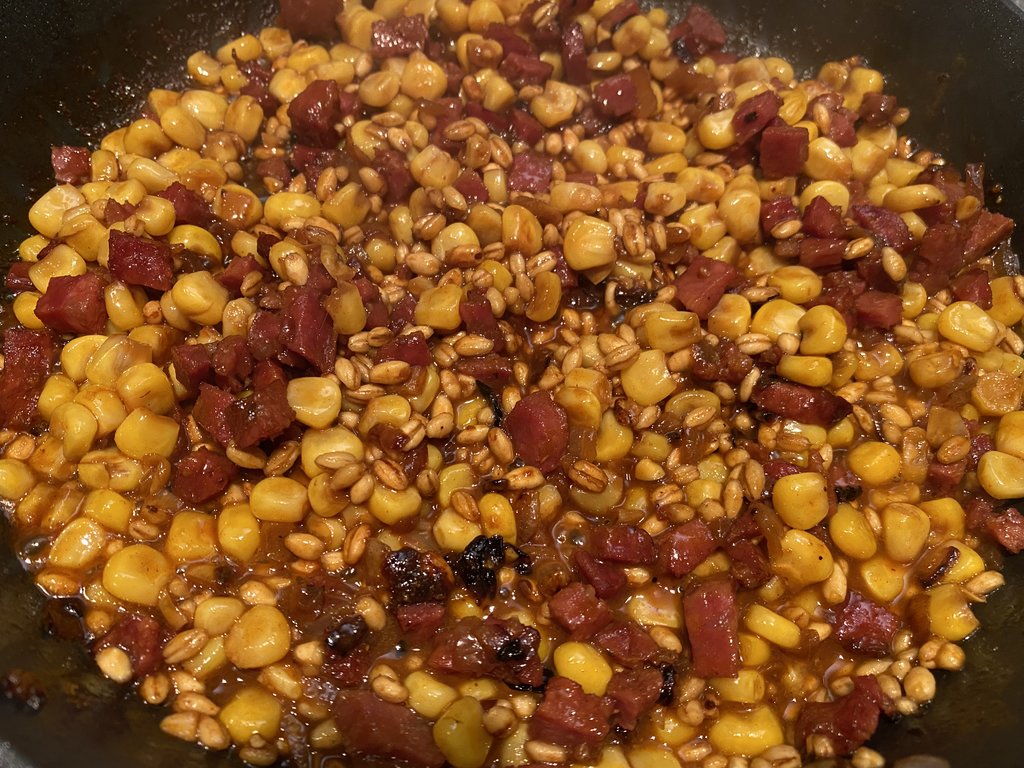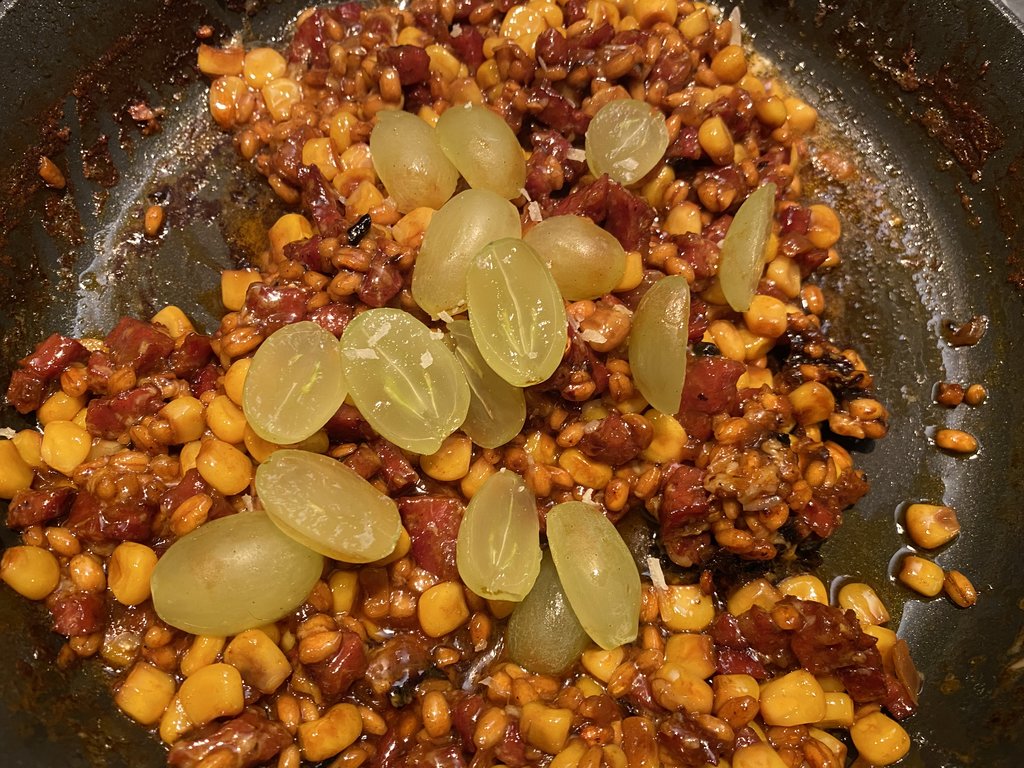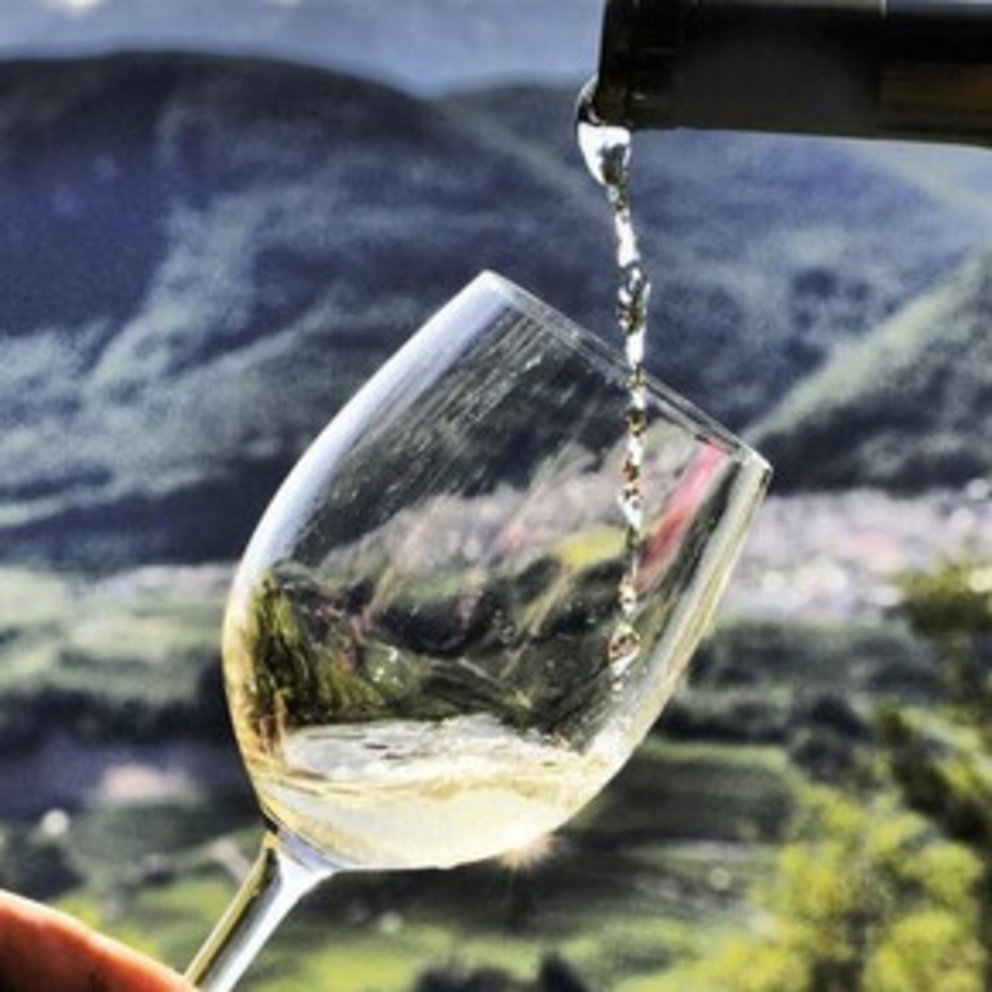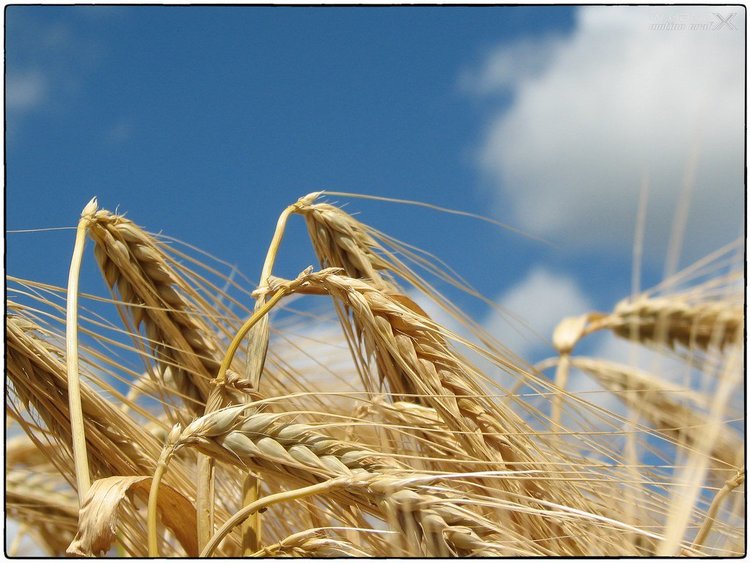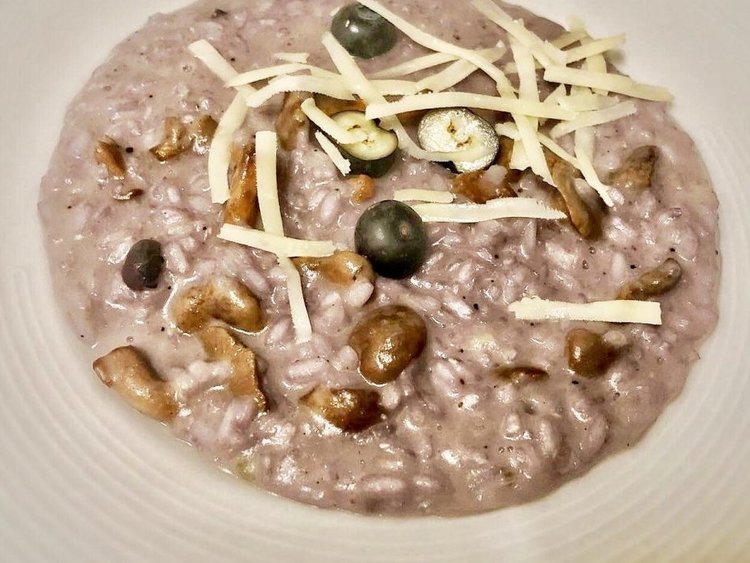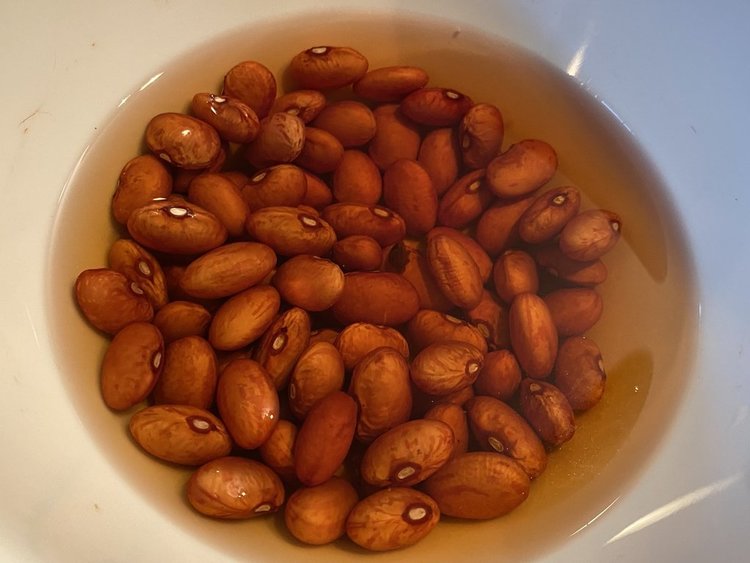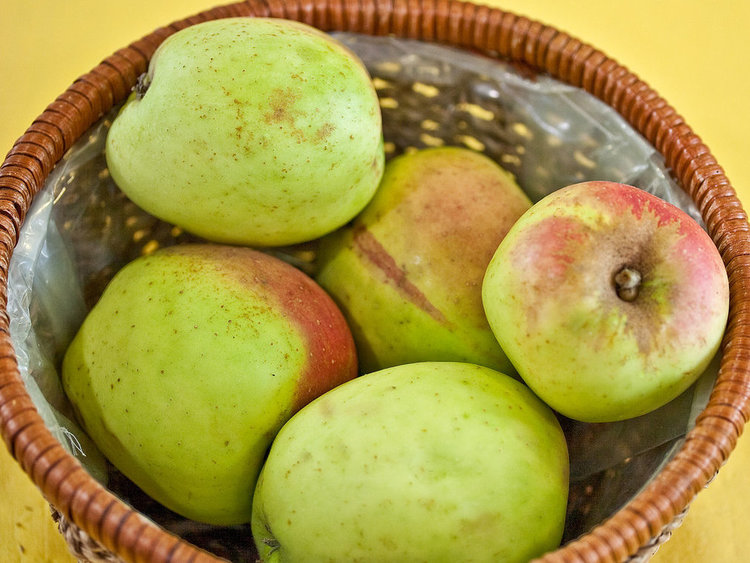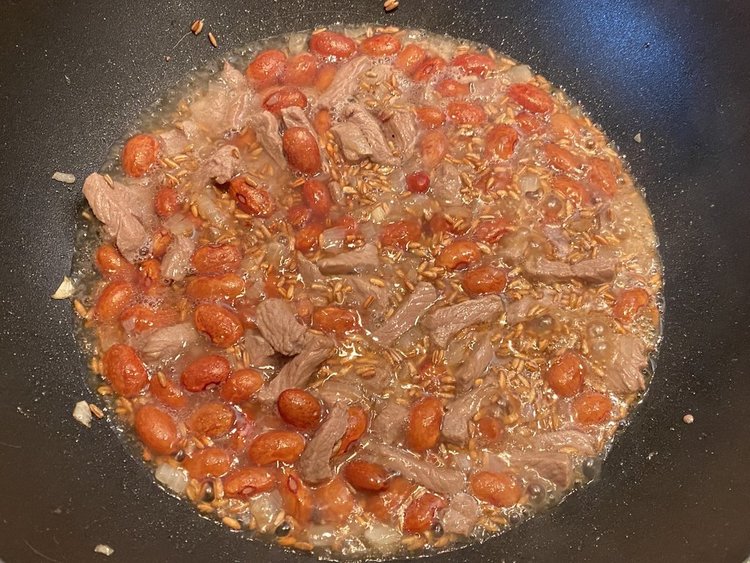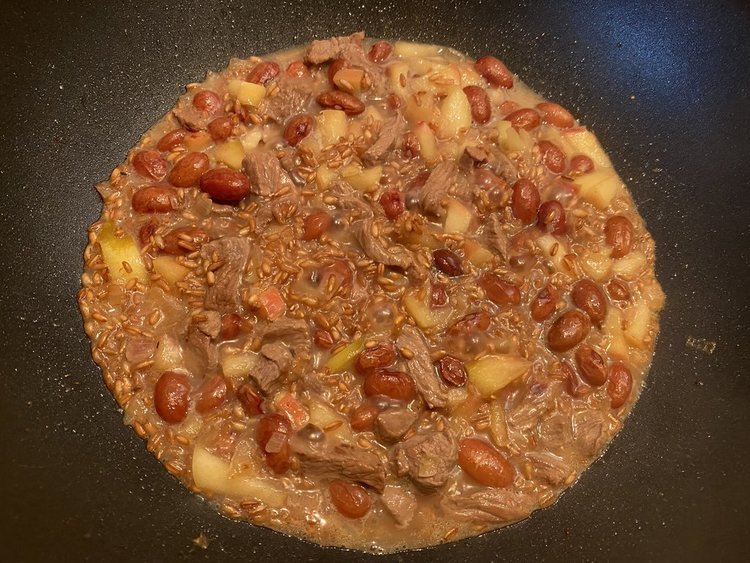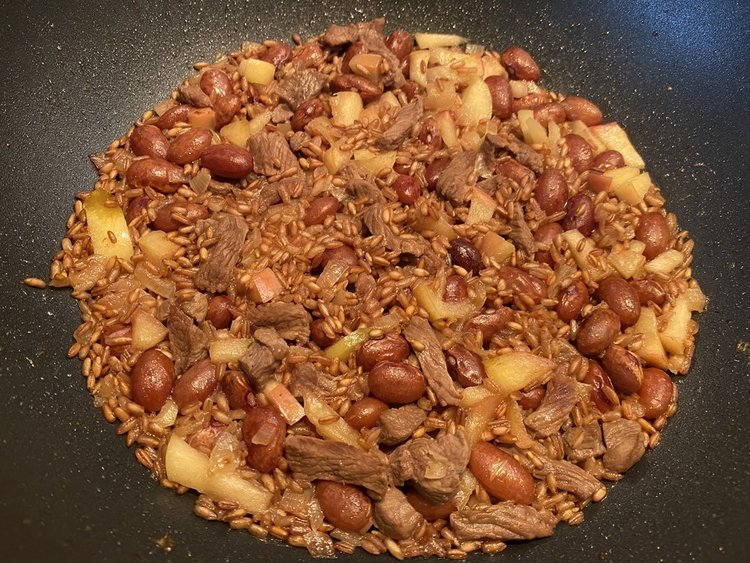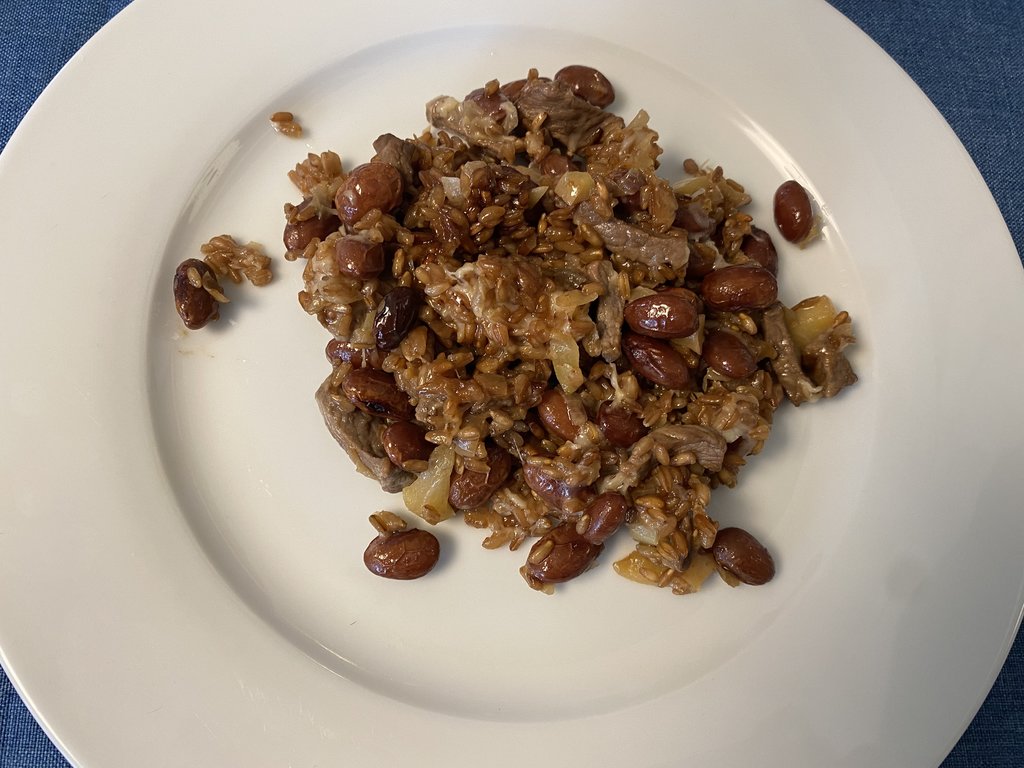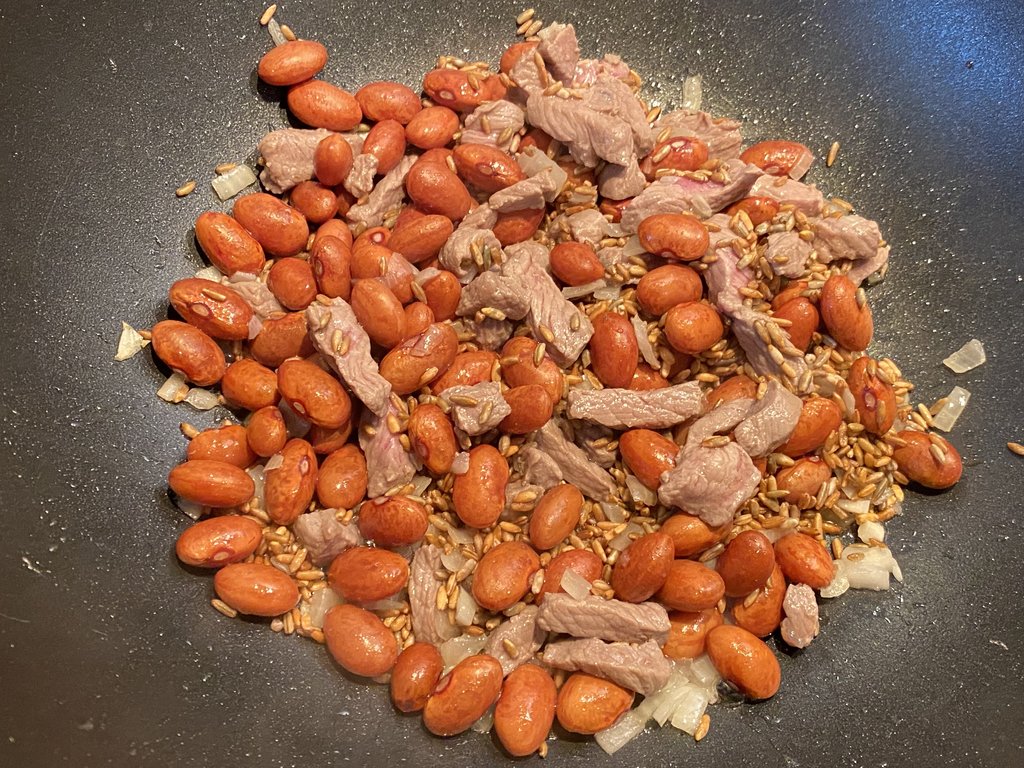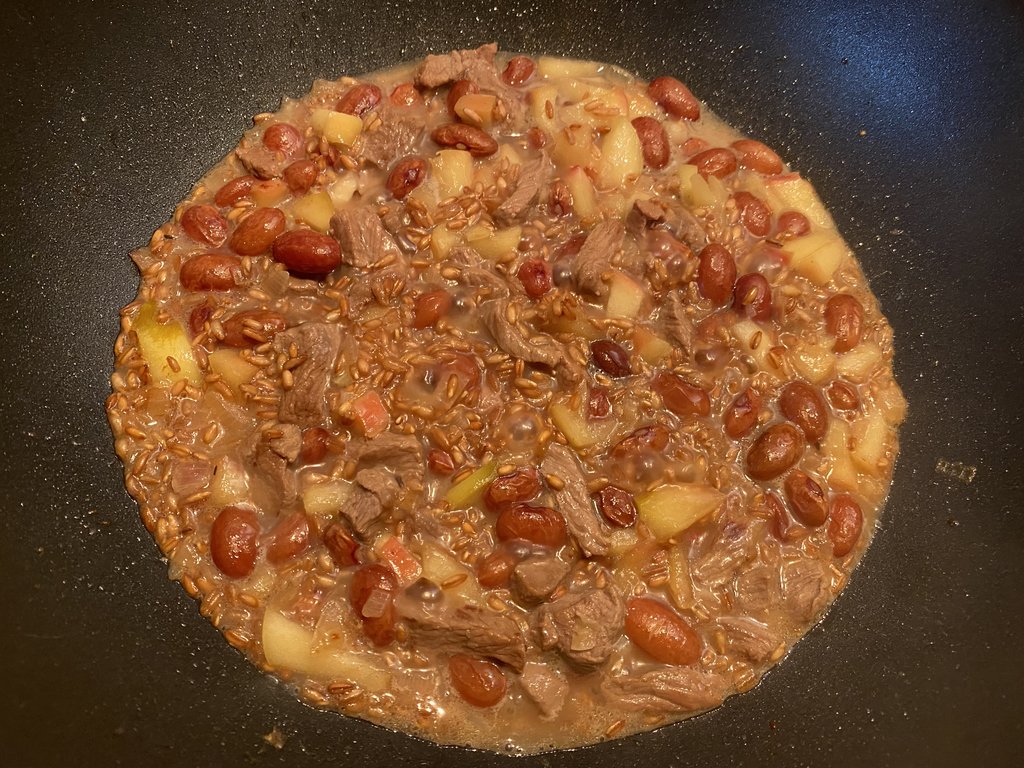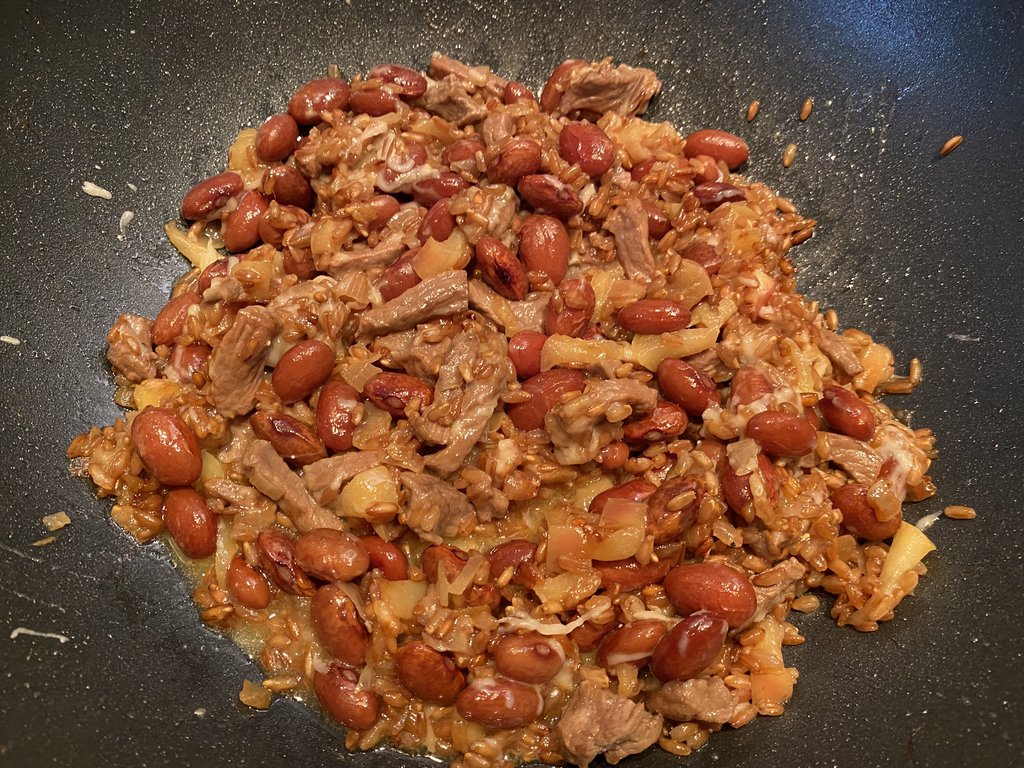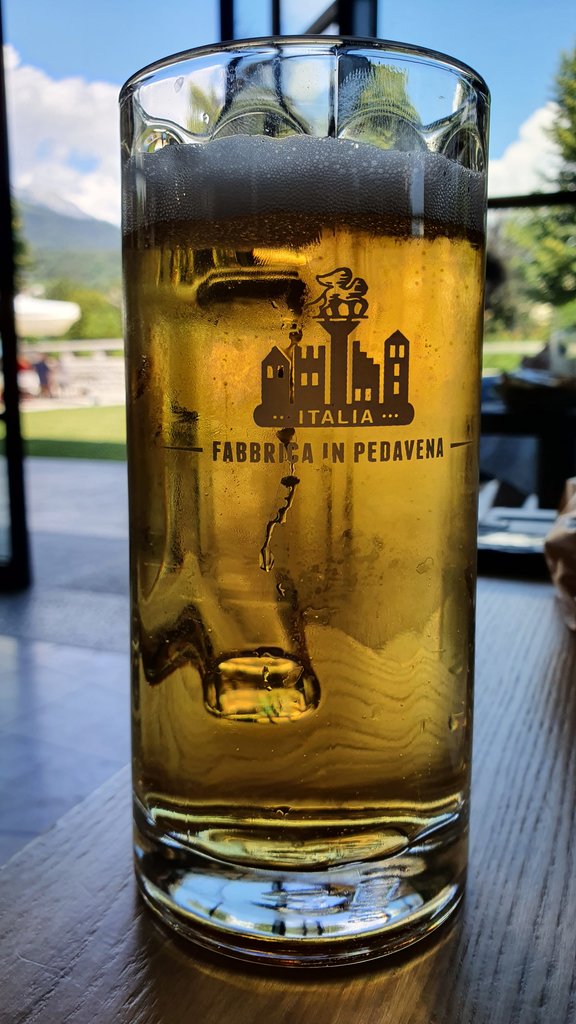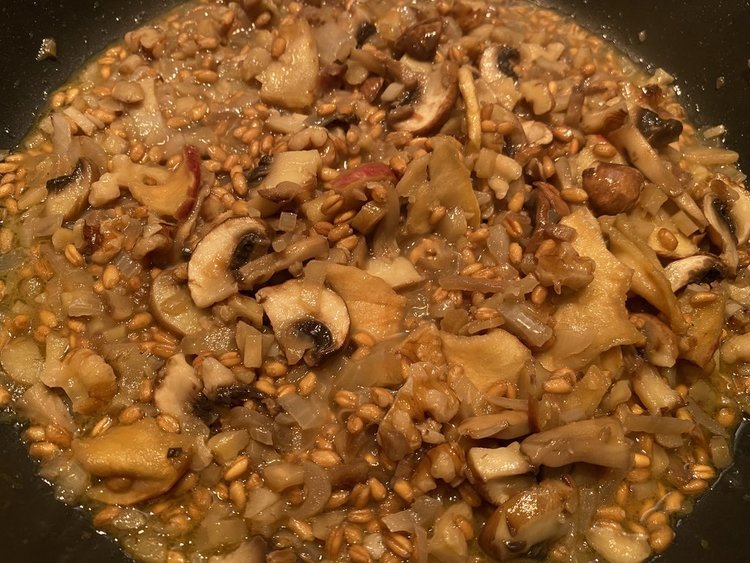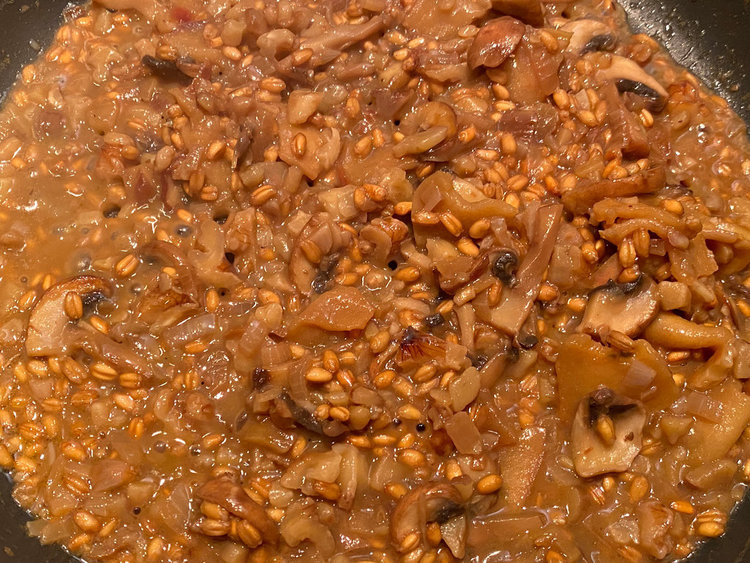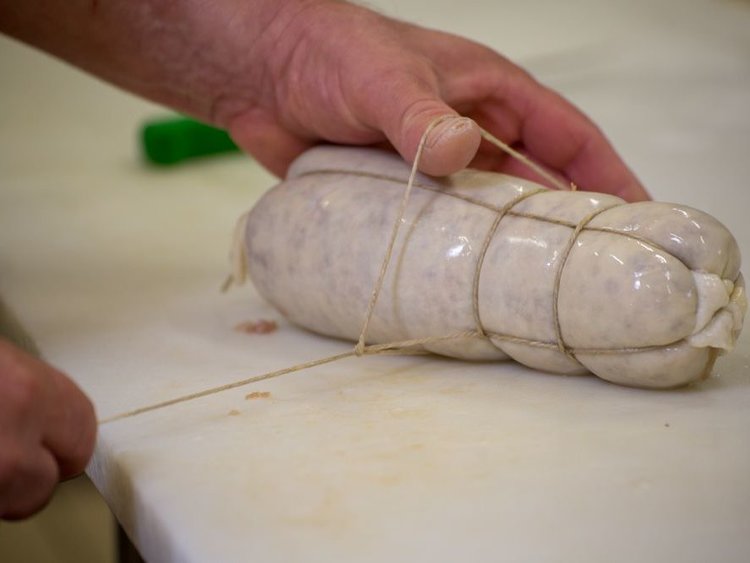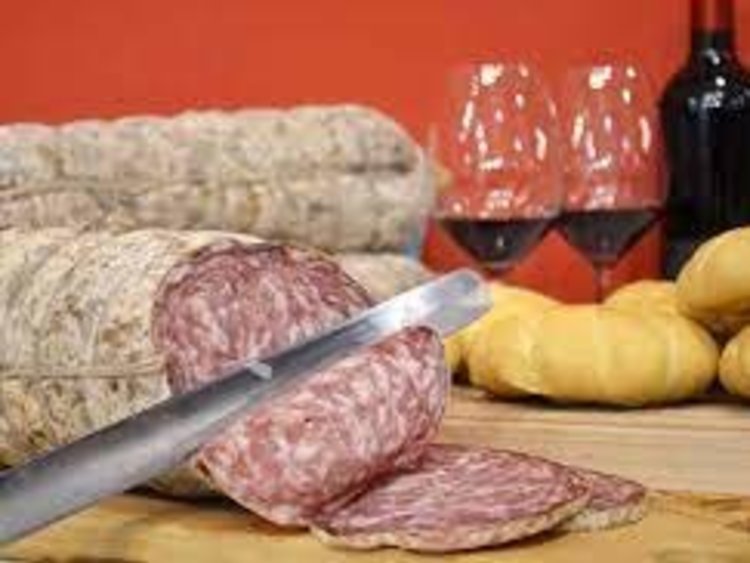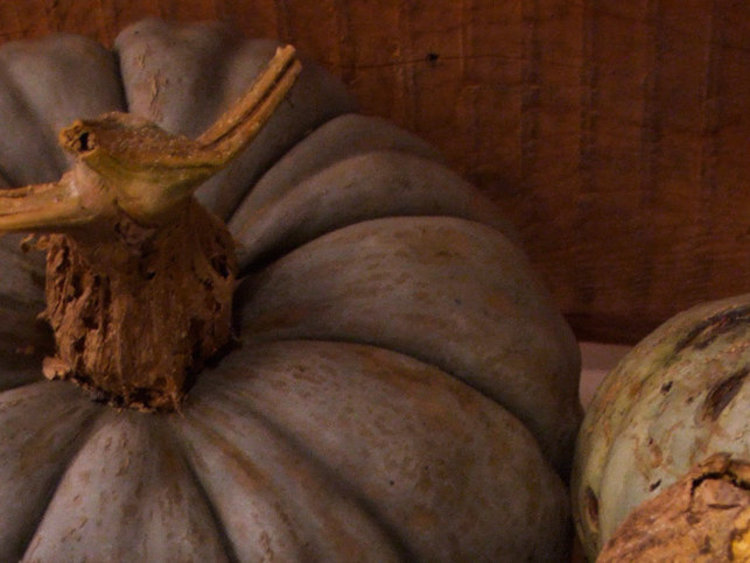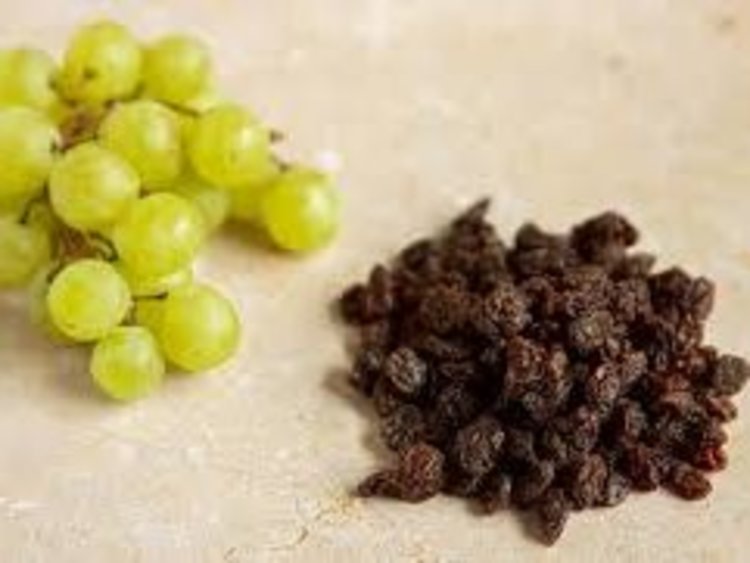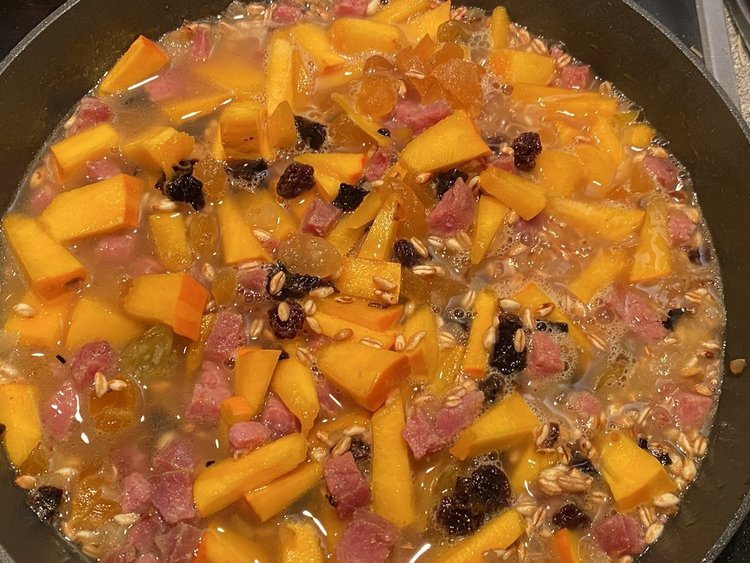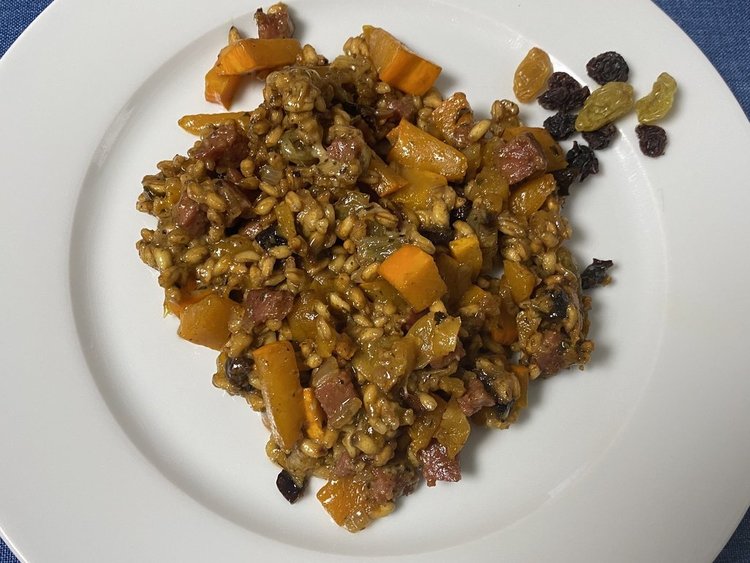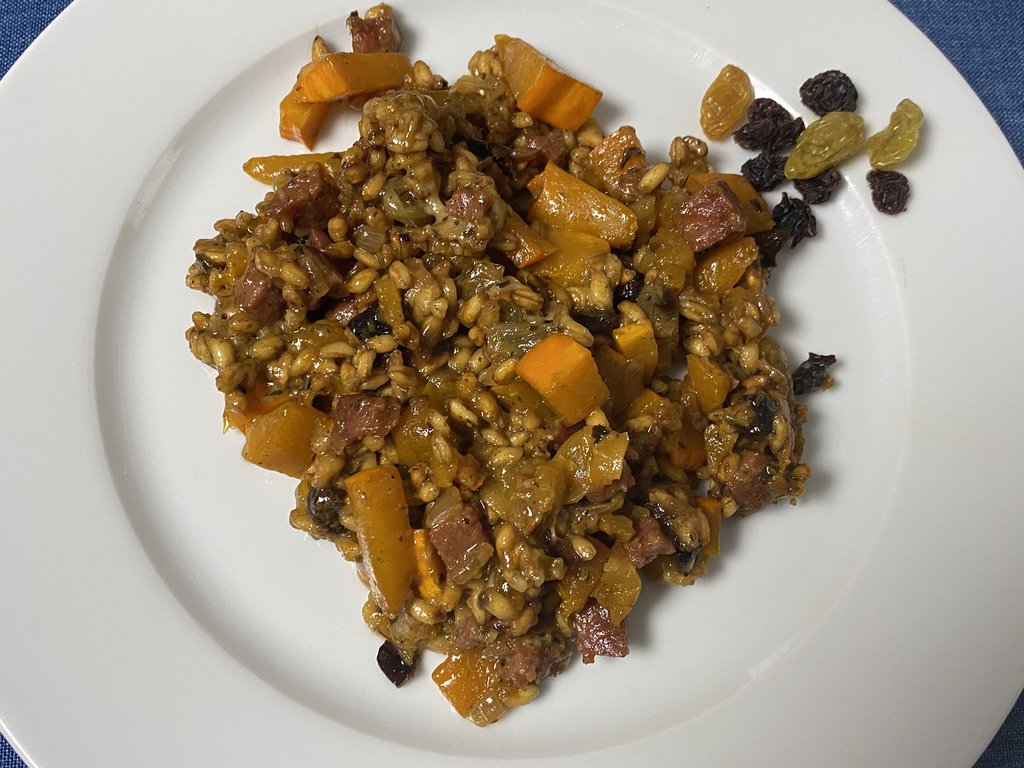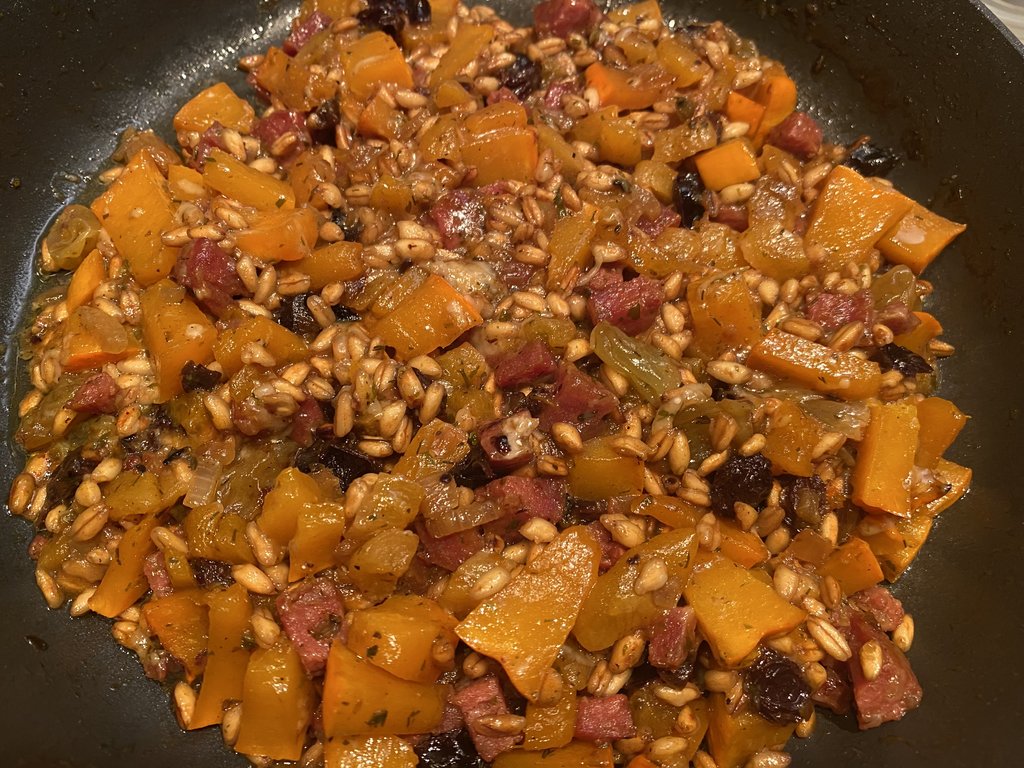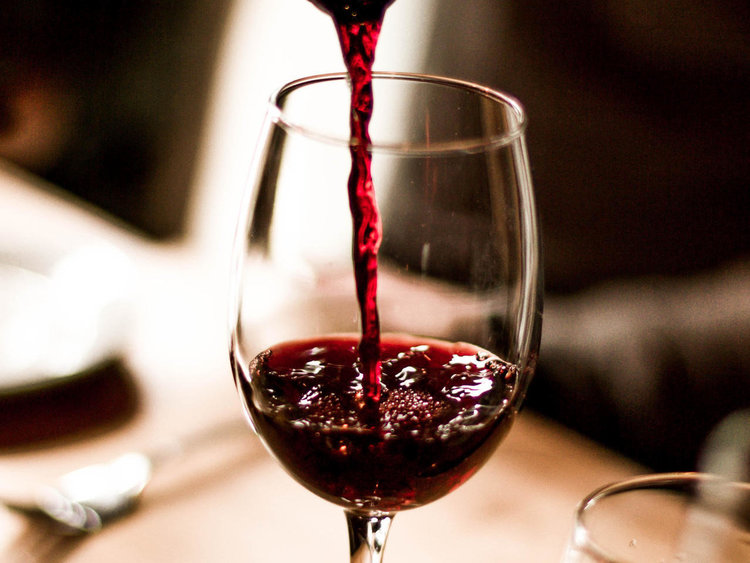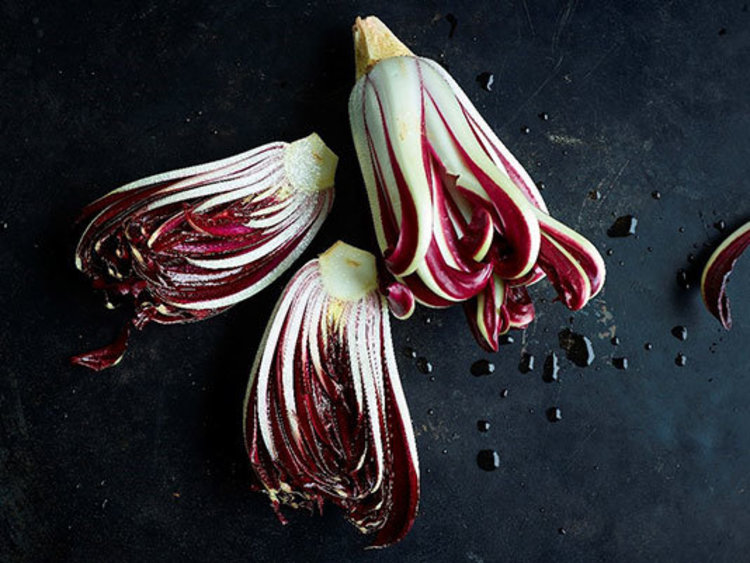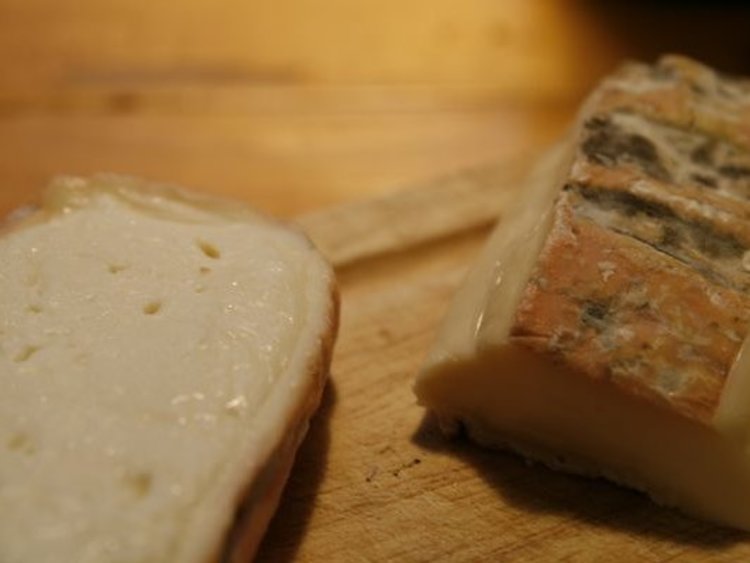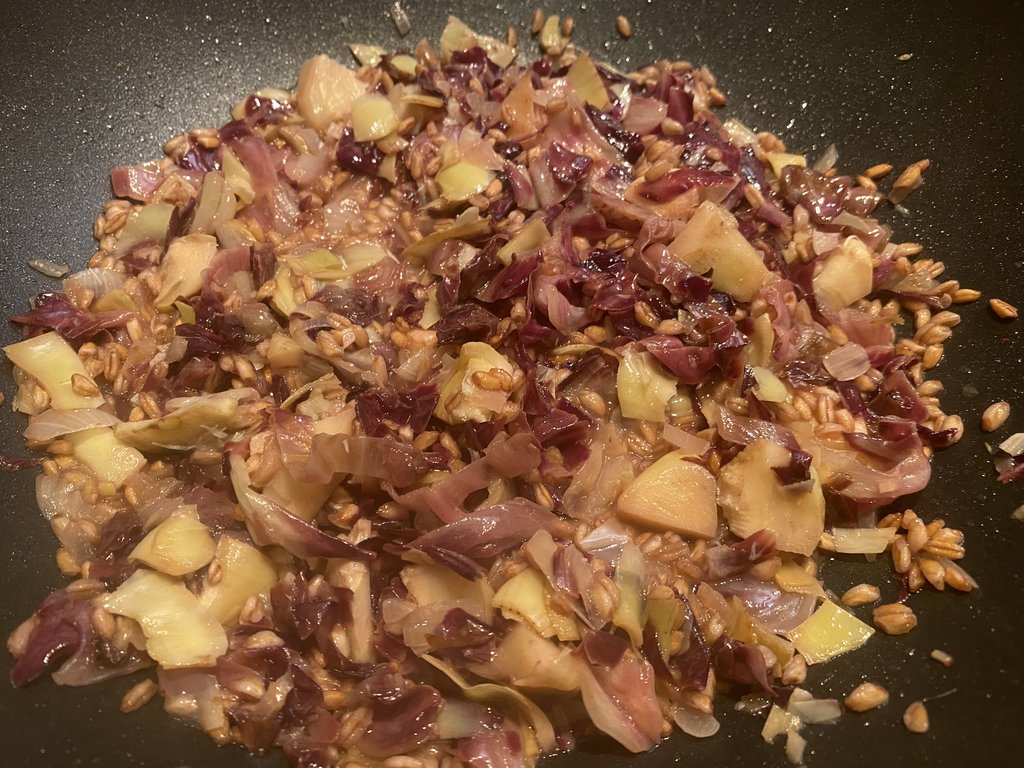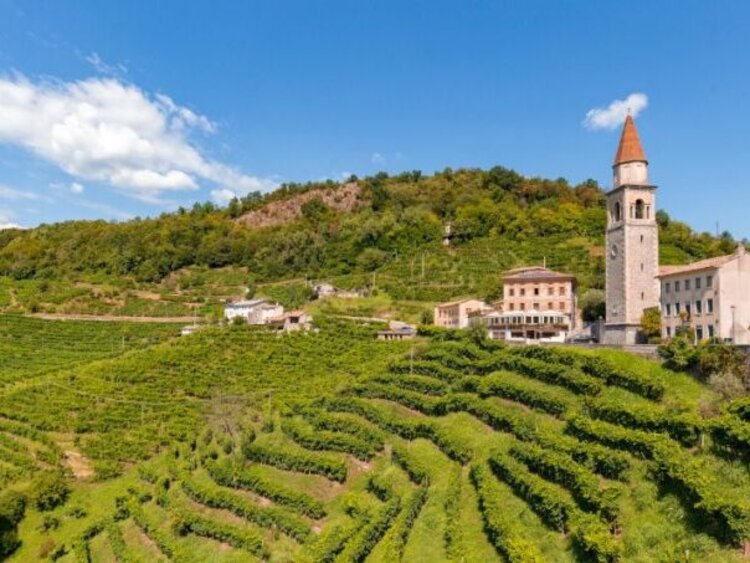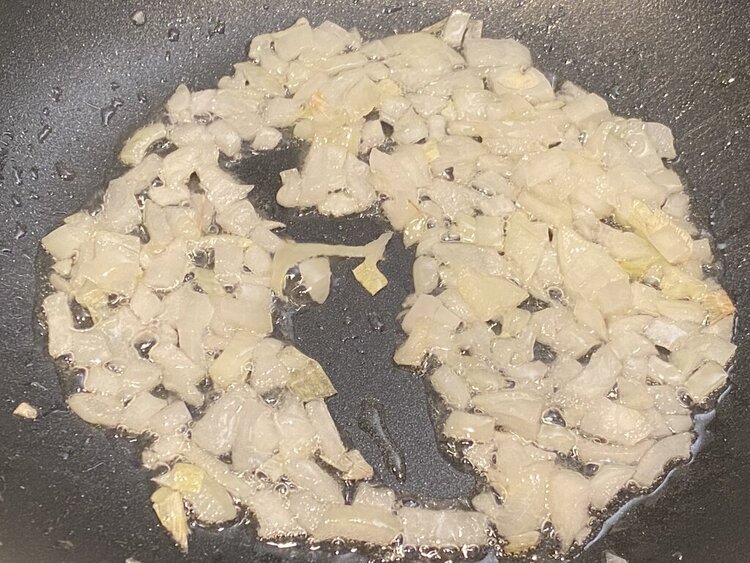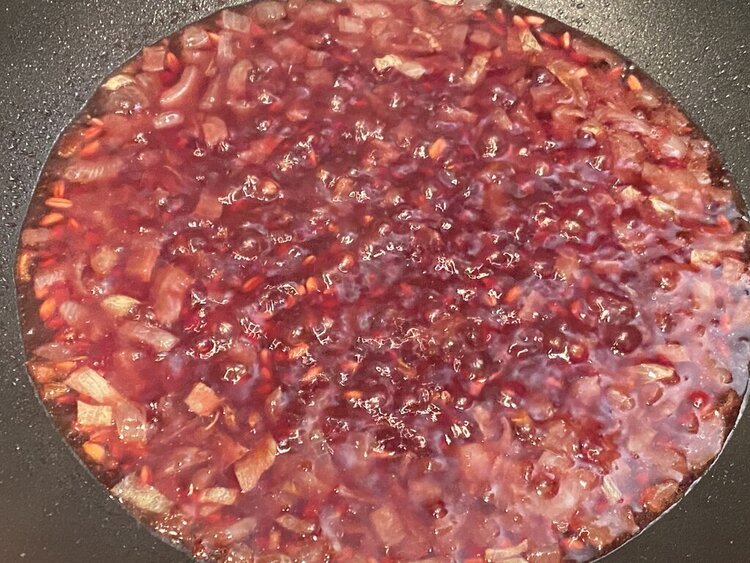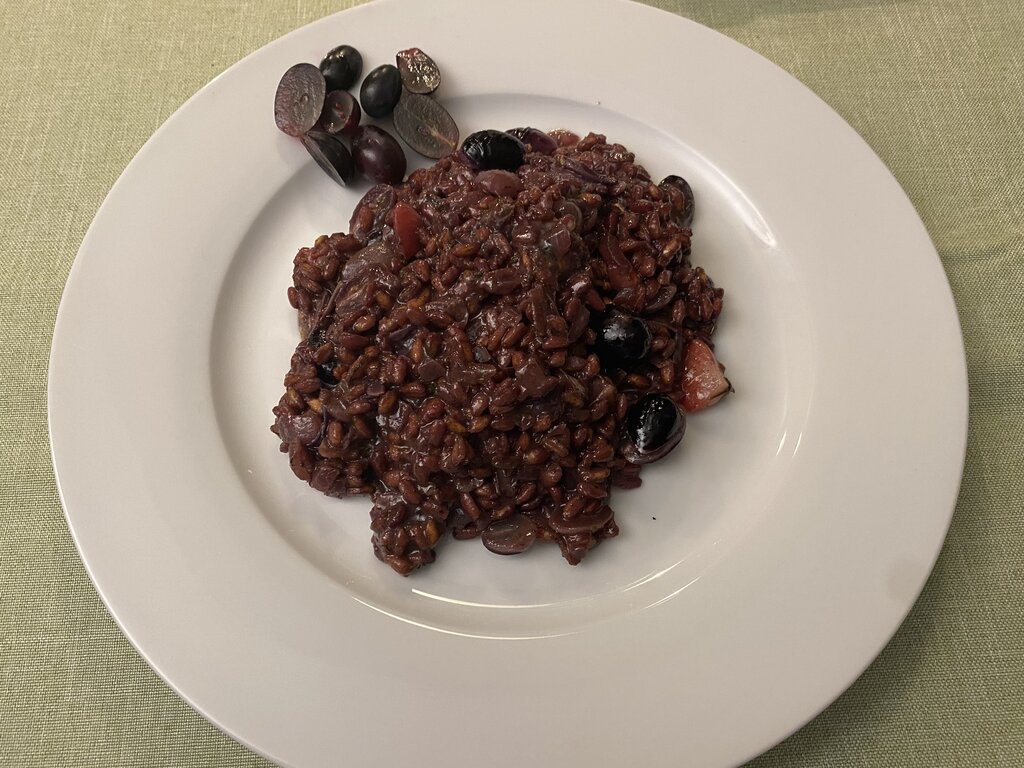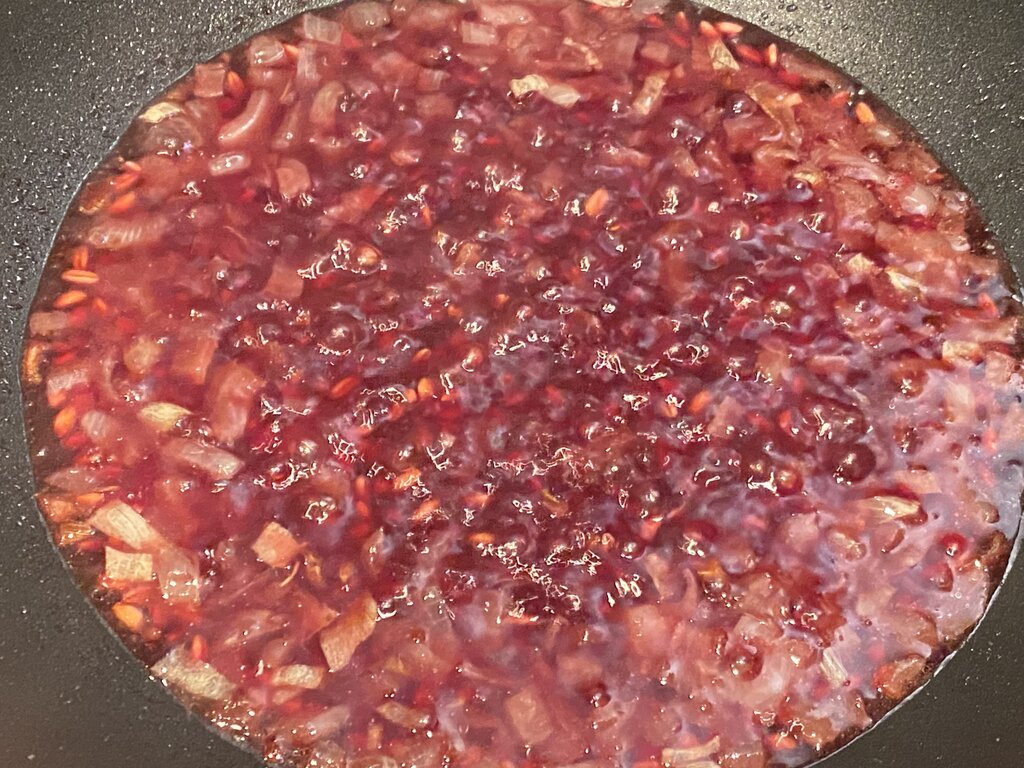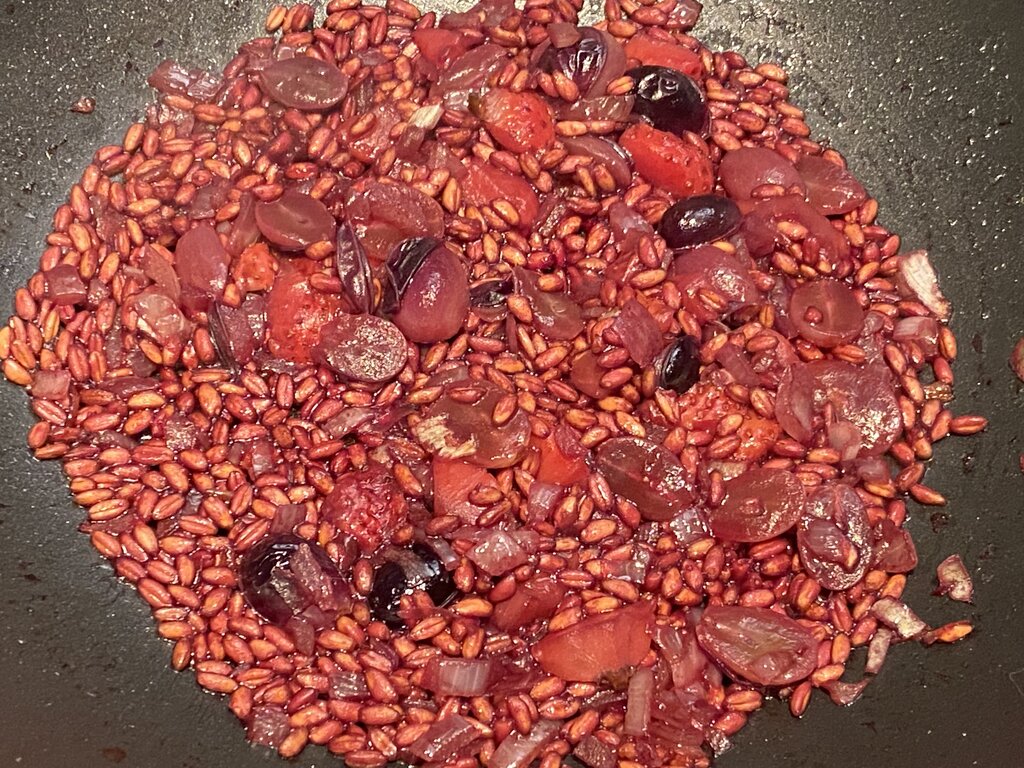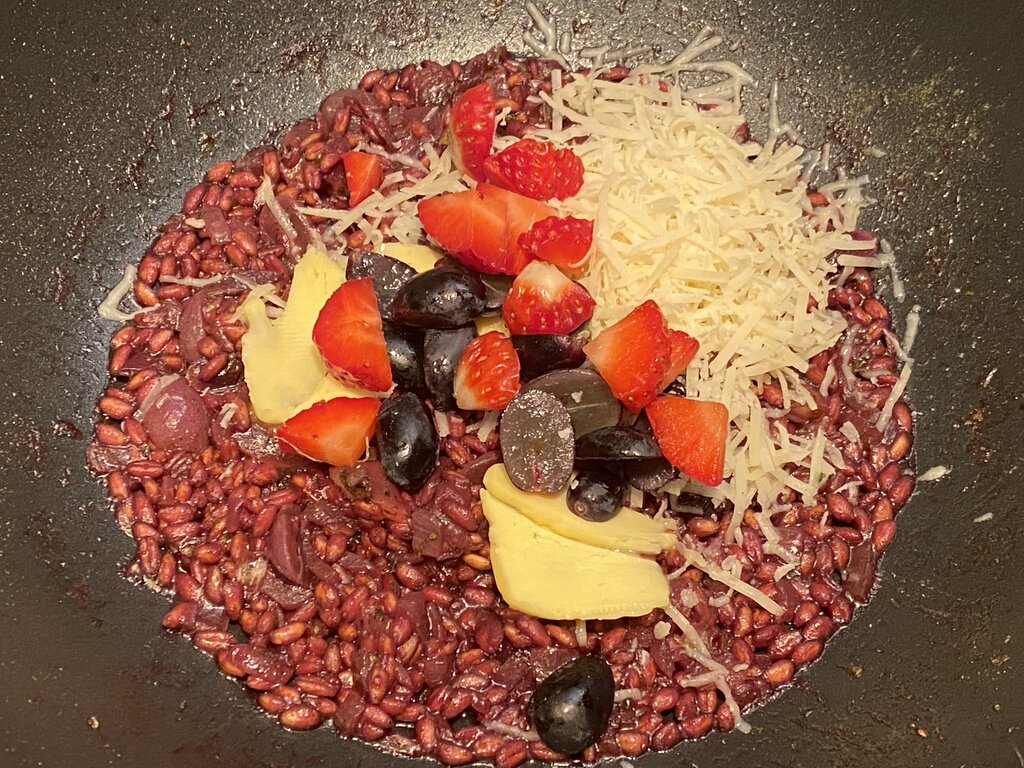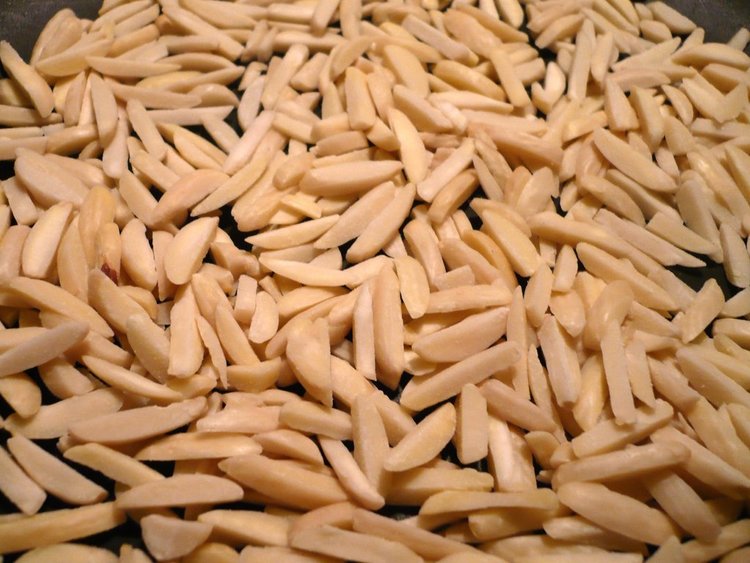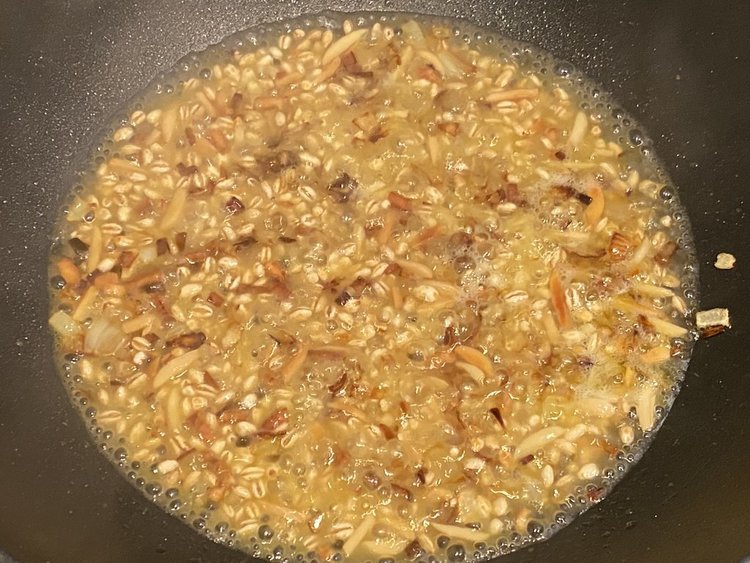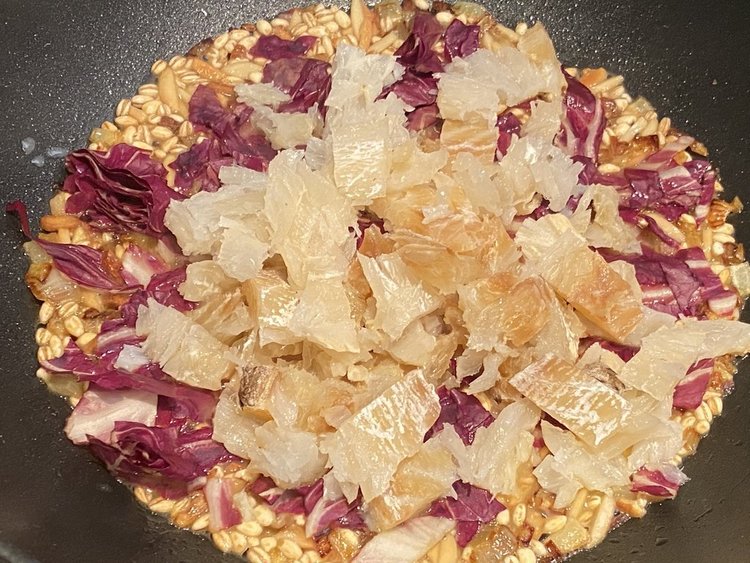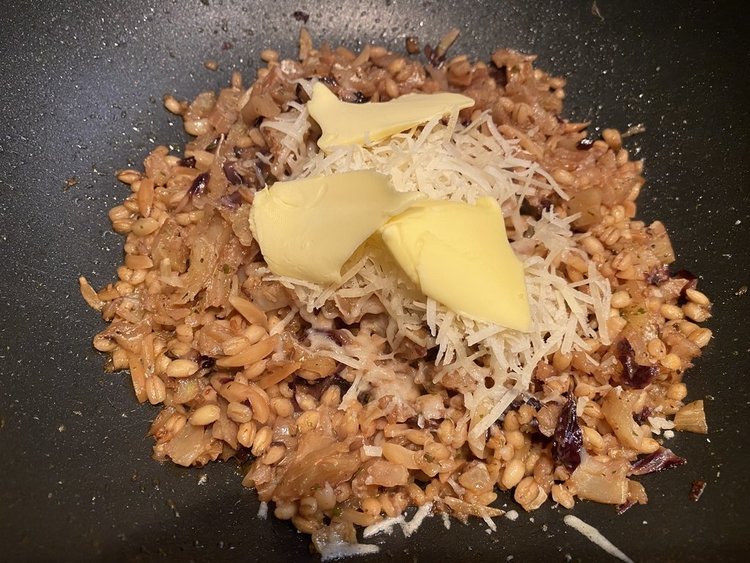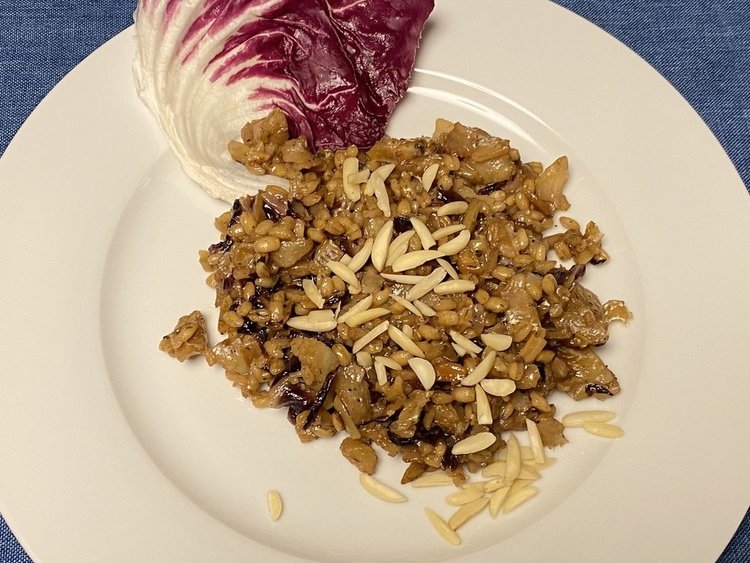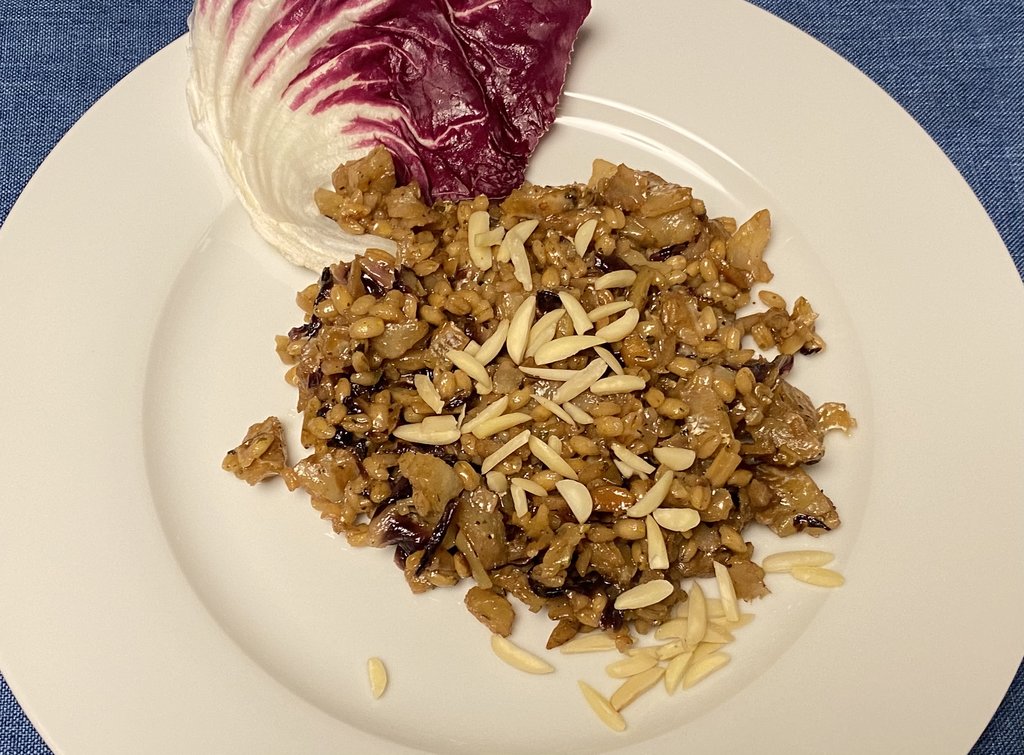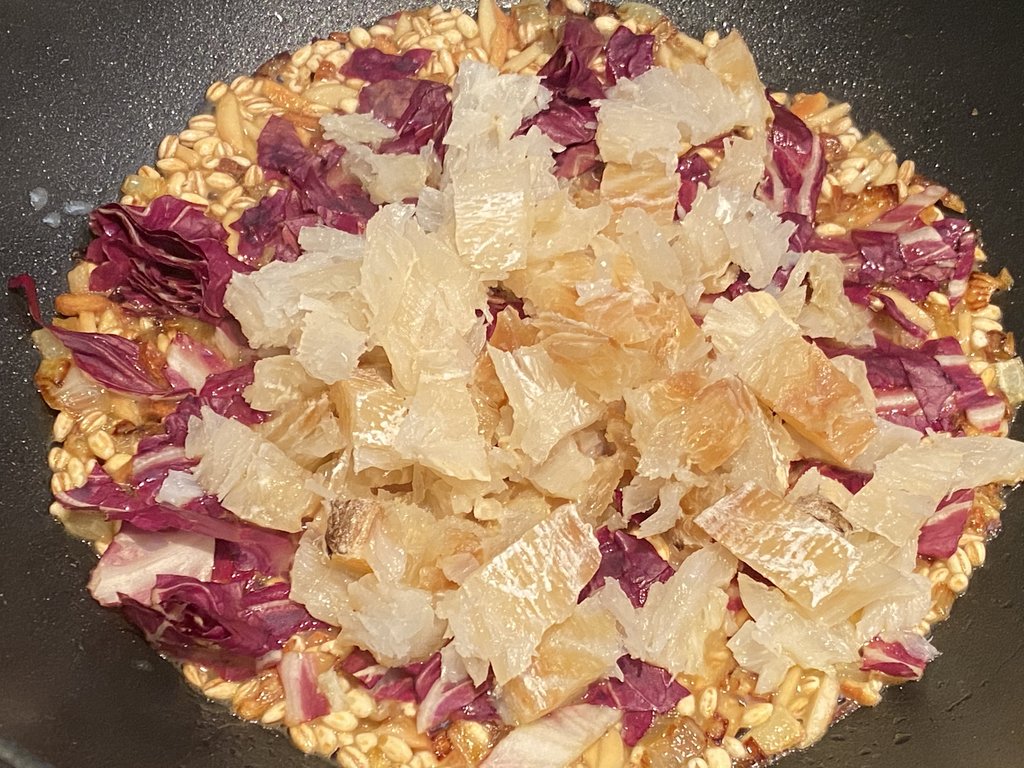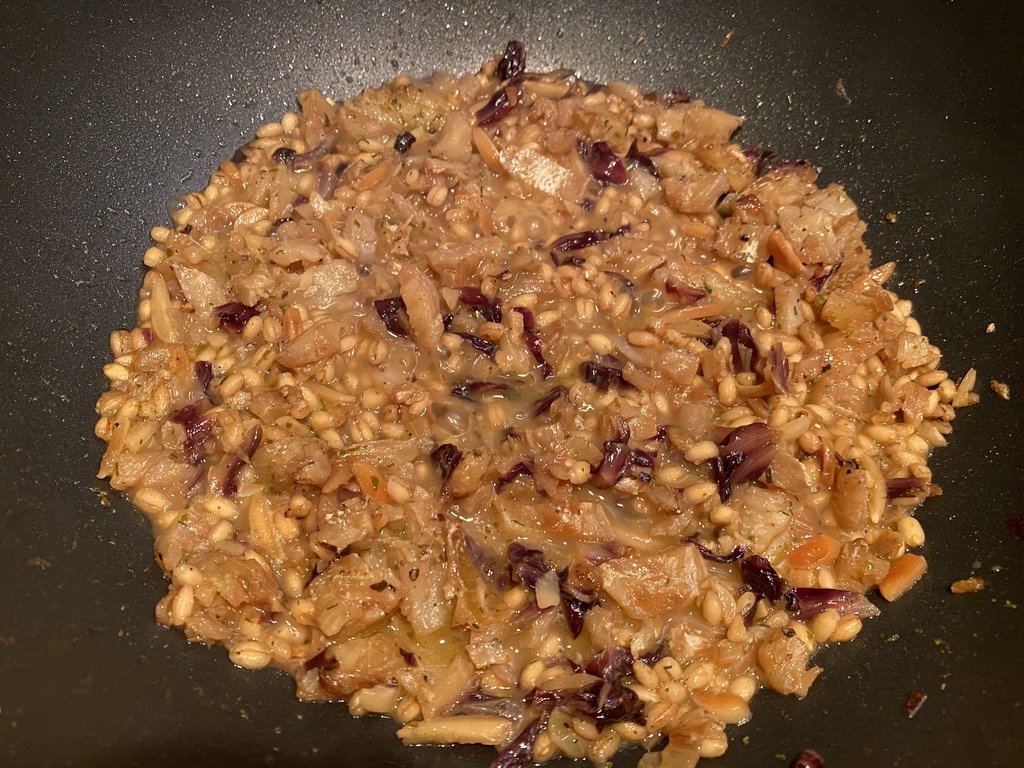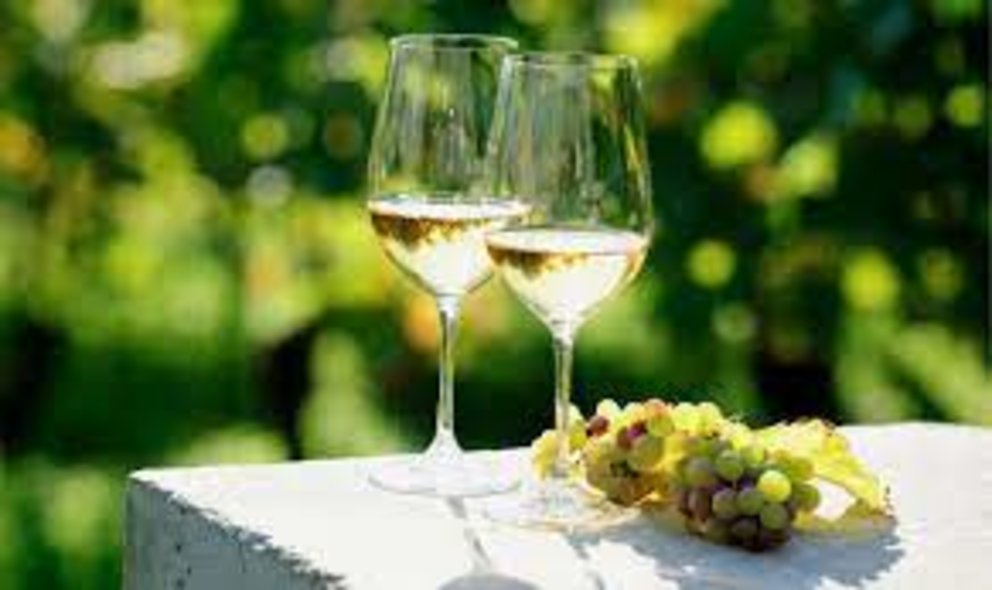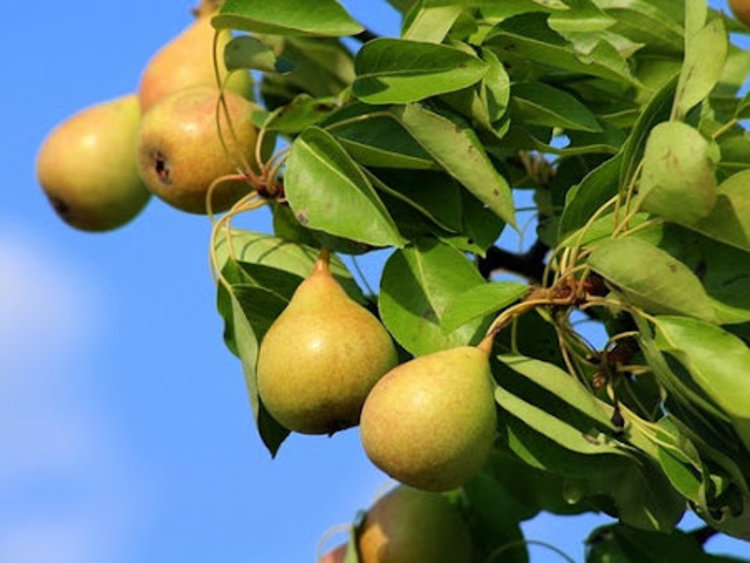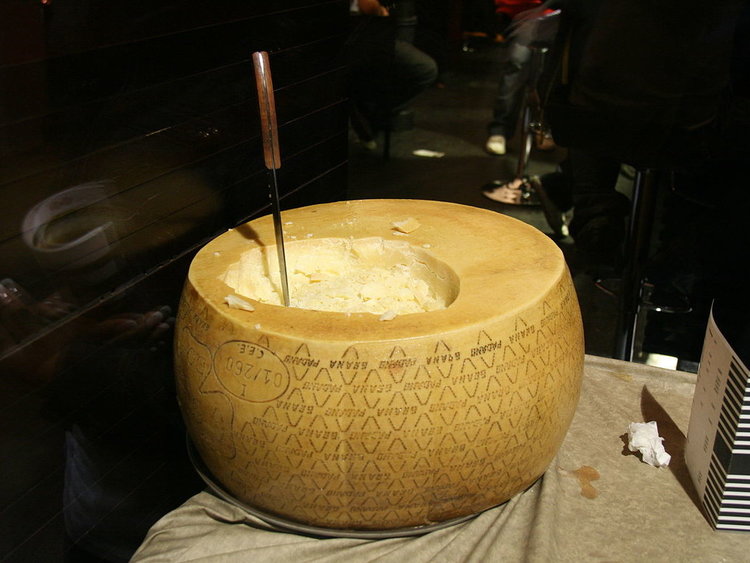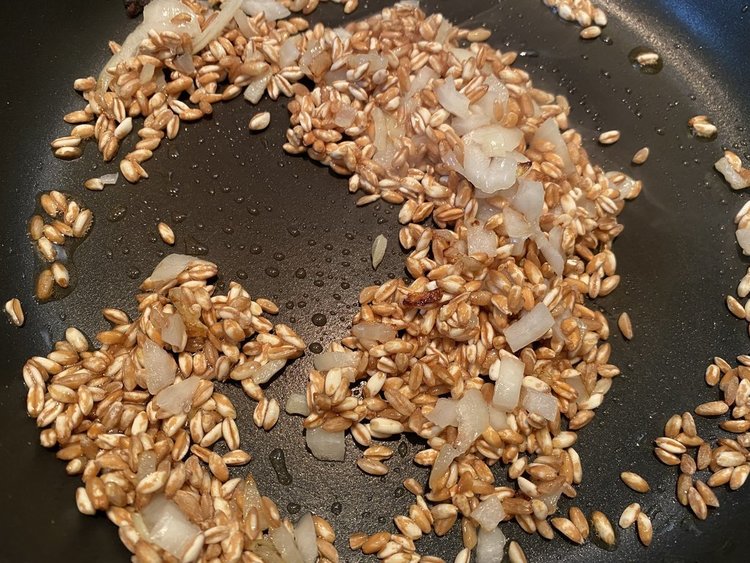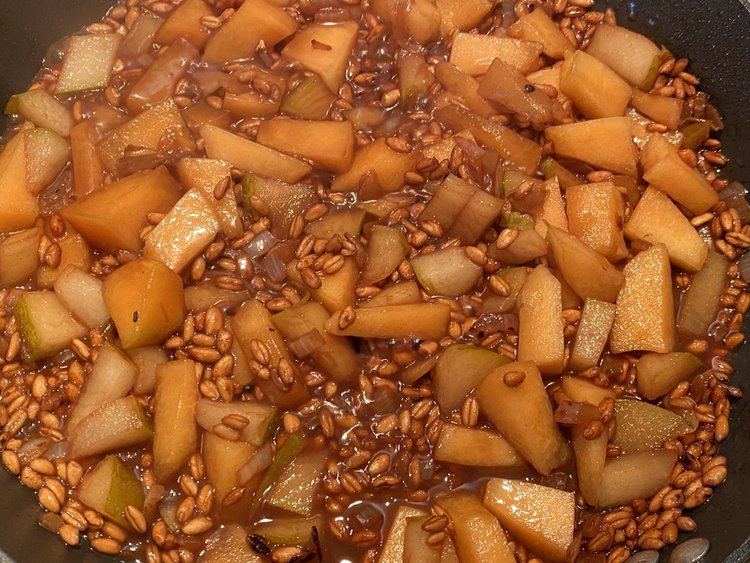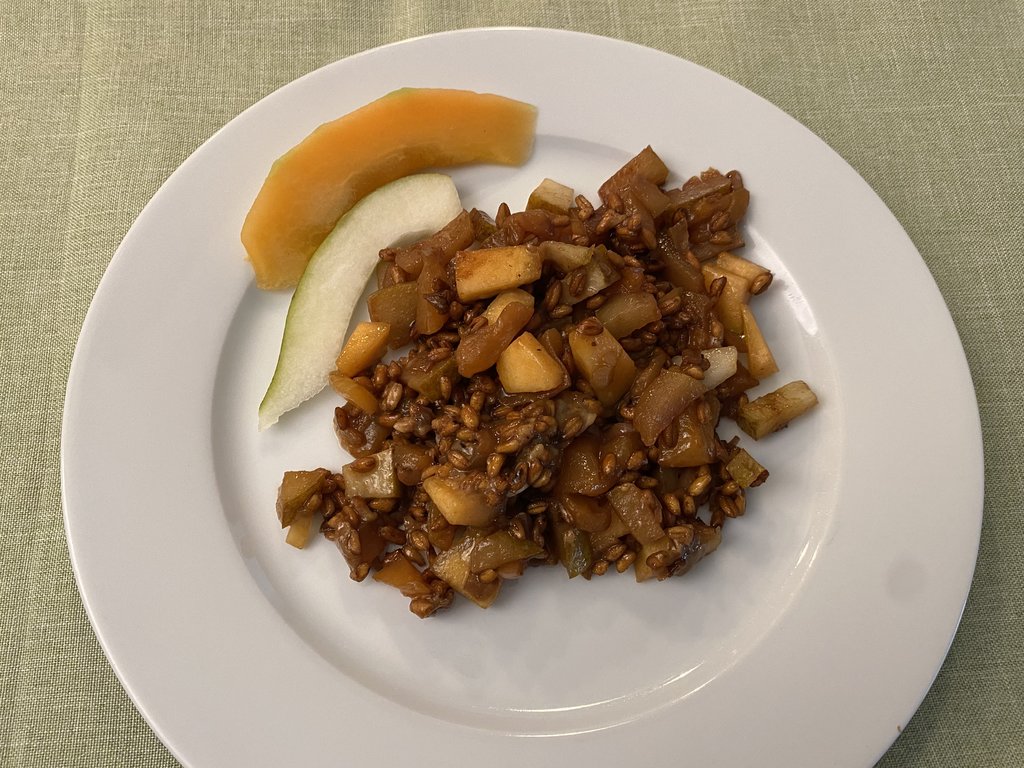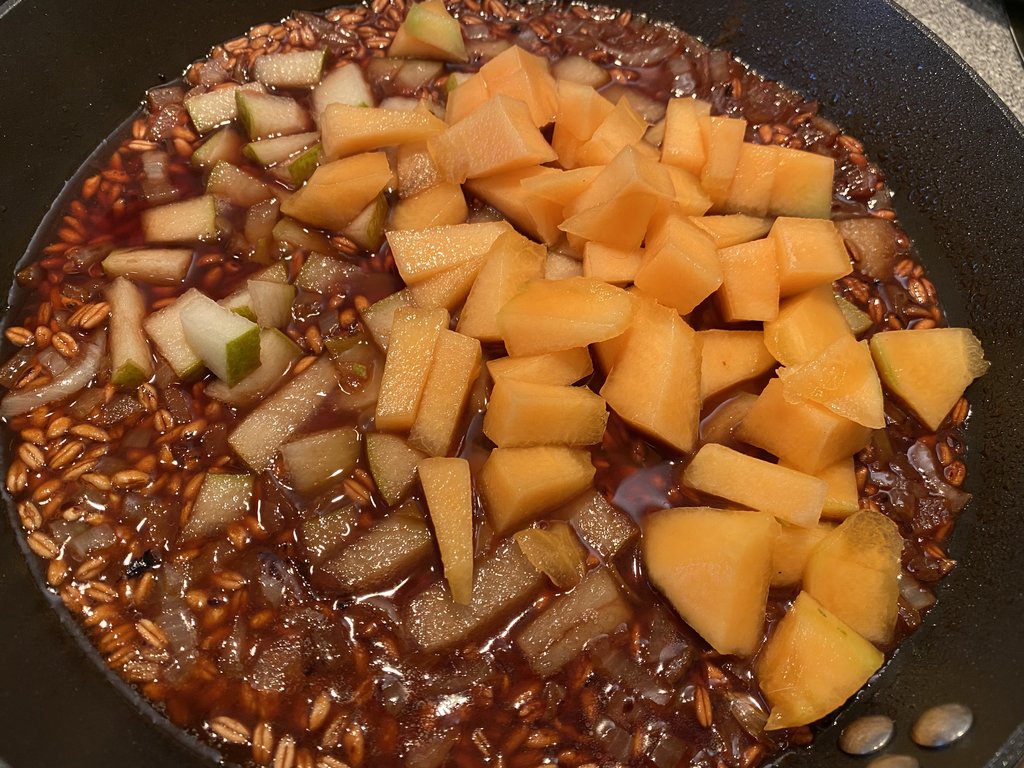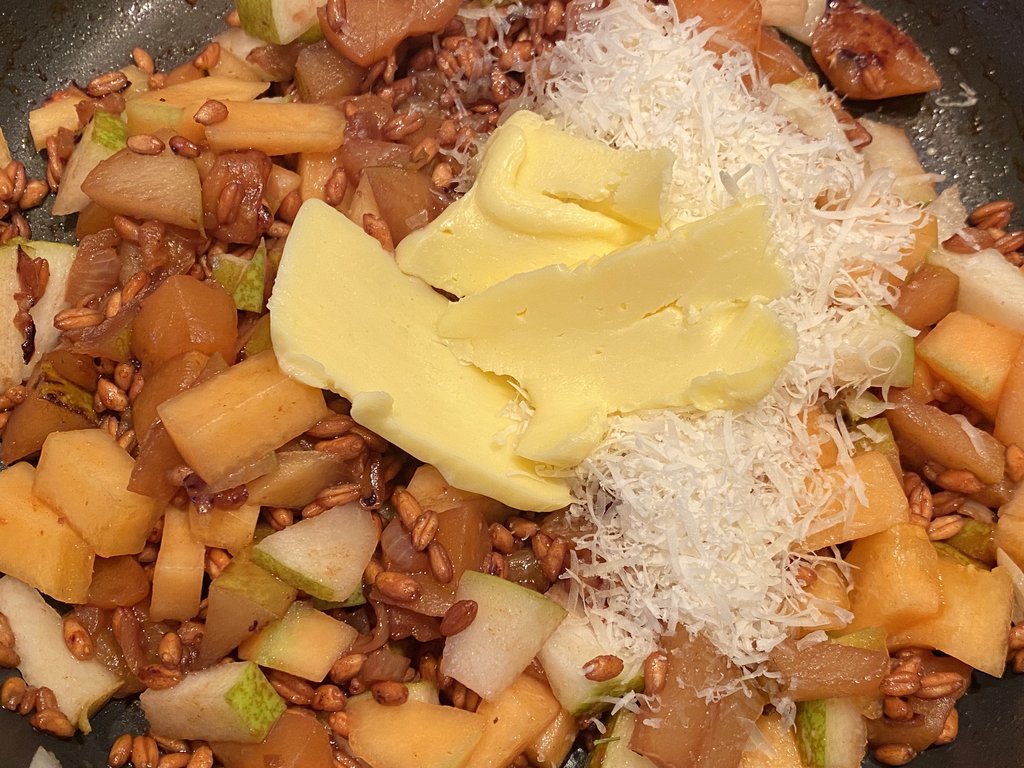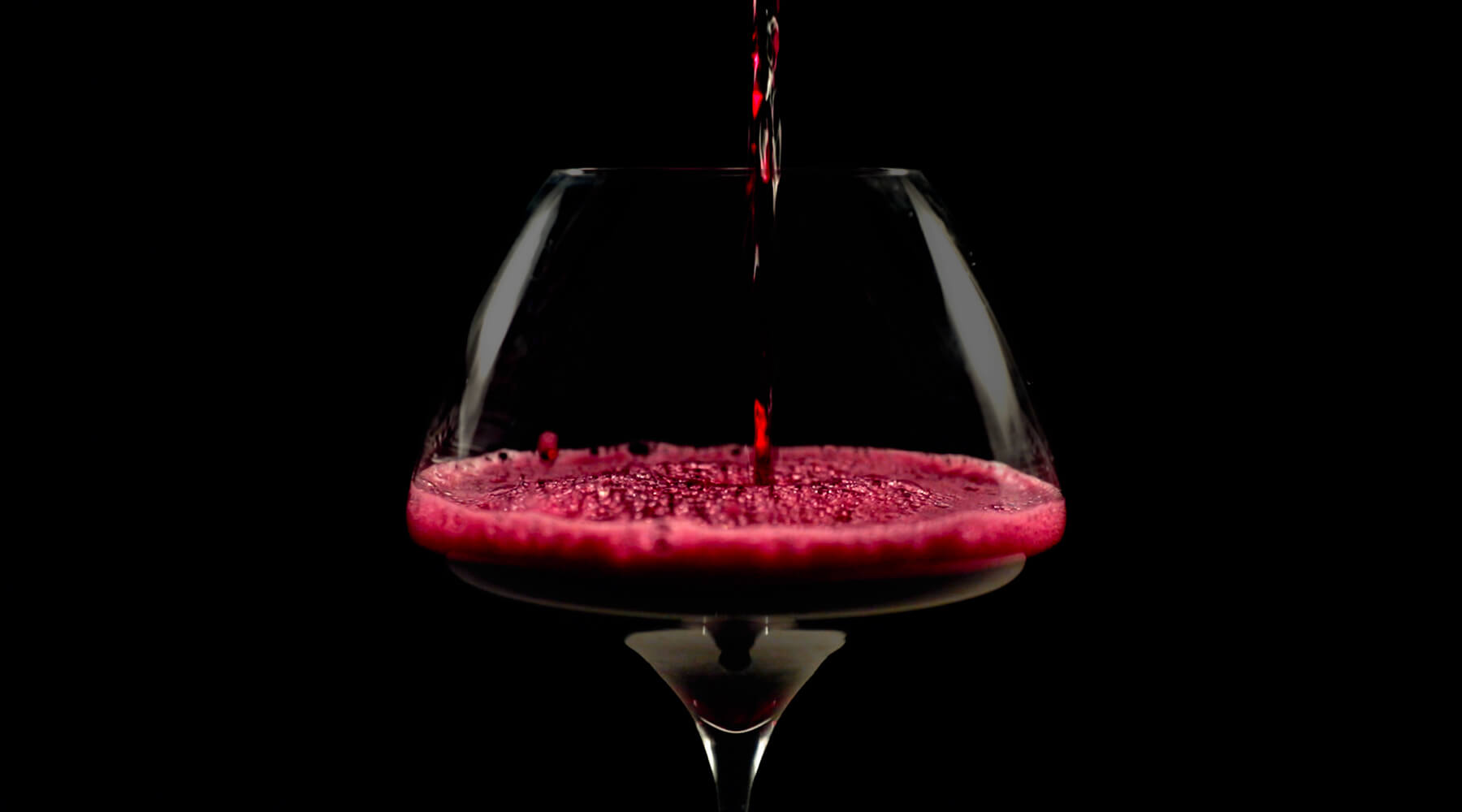The Via Claudia Augusta, its history and the special foods from the regions along the route are a treasure trove for creative cooks and gourmets. In all periods of history, cereals were eaten with ingredients from the region or season. In Roman times, it was called pulse. Following this, we have created a Roman pulse (a cereal risotto) for each region, from characteristic foods of the respective region, just as it might have been eaten there 2000 years ago. An invitation to recreate, to be creative in the kitchen, to taste and enjoy the Via Claudia Augusta ... Good luck and bon appétit!
Via Claudia Augusta
historical & creative
cooking & enjoying
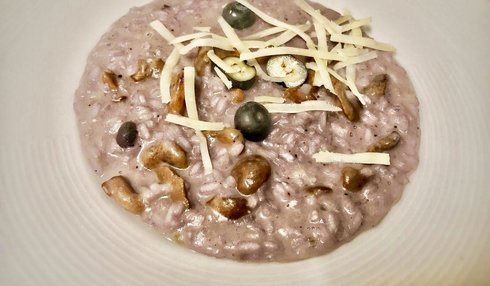
test
In the early history, in the Roman times (especially before the year 0), in the Middle Ages and in the early modern times, a large part of the population ate mostly cereals with whatever else was available in the region. In Roman times this predominant dish was called pulse. Archaeologists consider it possible and probable that the grain for it was at least often not ground, but enjoyed whole, milled like rice to reduce cooking time. This is not only delicious, like risotto, but also saves the grinding. In addition, milled grains have a longer shelf life than milled grains. By the way, the grain milled like rice, is also known in the traditional cuisine of Italy, the Alps or Germany. Rolled barley or pearl barley are nothing other than milled barley. In Italy, there is even a name for barley risotto, orzotto. Cereals alone are exciting, because each cereal, has its own characteristic flavor, which is much more pronounced than rice. Even more exciting, of course, is a cereal risotto with different ingredients. In the past, we used to add to the cereals what the land had to offer seasonally, or what we had in the pantry or in the cellar, maybe now and then with something from more distant places that we had acquired from a merchant. Following this, we have thought about a cereal risotto for each section, each region along the Via Claudia Augusta, with ingredients typical of the region, just as in Italy many regions and cities have their pasta or their pizza. The recipes are meant to be an invitation to amateur and professional cooks to recreate them, vary them or even create their own cereal risottos. Cereal risotto tastes salty and sweet. There are hardly any ingredients that do not go with the grain in the appropriate quantity and cobination. Everyone can develop his own personal cereal risotto. So there are hardly any limits to creativity. Once you understand the basic principle of preparation, which is largely the same as risotto, it is a very very simple and quick dish that tastes good and makes an impression on guests. By the way, grain risotto also corresponds to several trends of modern cuisine and nutrition at the same time. Among other things, cereal risotto is an ideal dish after and before a cycling or hiking stage along the Via Claudia Augusta. Keeping a few varieties of cereals in stock in milled form is also a good way of making provision for any crises that may arise, and of ensuring that you don't miss out on much even then ... So many, many reasons for cereal risotto.

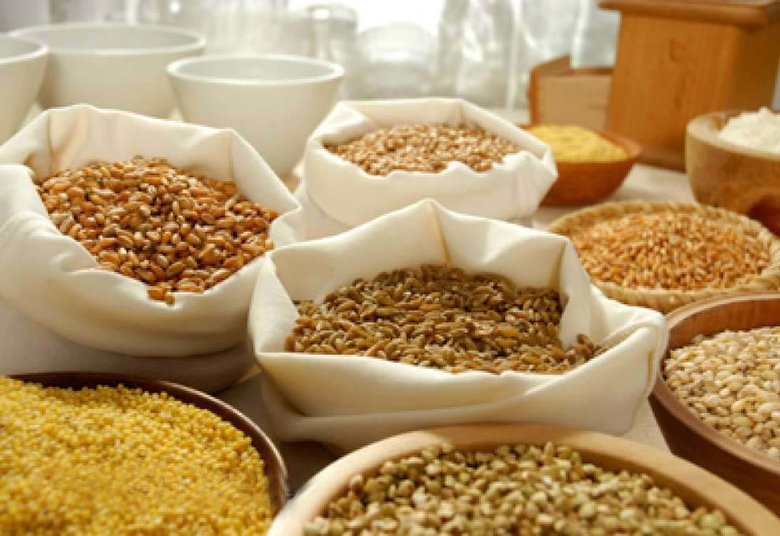

Römischer Puls "Donau-Ries" with emmer, red beets and plums
The impact of an asteroid 15 million years ago dug up the soil on a large scale and made the Donau-Ries district a particularly fertile area that has always been considered a granary. Today, old varieties of grain are once again increasingly being offered in the district and are also milled in the region. Typical for the region are also red beets and plums. From it an exciting and tasty grain risotto can be made, as one ate it ev. already 2000 years ago in the region. We deliberately used butter to sauté the onion and garlic, unlike the way it is done in Italy, because olive oil was and is not so common in and north of the Alps. There is even talk of a butter equator that divides the areas where oil is more commonly used or where butter is more commonly used. The first time we infused the cereal risotto was also with beer broadened north of the Alps. Perhaps you can think of a suitable cereal risotto for the Donau-Ries district, or even for another area. In any case, bon appétit.
- 100 g wheat (emmer), soaked overnight in water
- 1 clove(s) of garlic, finely chopped
- 1/2 onion(s), diced
- butter for sautéing
- 1/2 m.-sized beet, in cubes
- Pilsner beer
- broth
- 3 plums, coarsely chopped
- 50 g cheese, grated Emmental cheese
- butter in flakes, to taste
- salt and pepper
- seasonal herbs, fresh, to taste
Dice garlic and onion and sauté. Then add diced beet and sauté everything together. Then add swollen emmer and sauté everything a bit. Finally, first deglaze with Pilsner beer and stir continuously until the liquid has boiled down.
Subsequently, keep pouring broth with a soup ladle and boil down, stirring constantly, until the emmer has the consistency that suits your taste. The more you stir, the better the risotto will be.
Now remove the grain risotto from the heat stir in finely chopped prunes (plums), grated cheese and butter flakes, season to taste and let the whole thing rest, covered, for 10 minutes, giving the grain risotto a creaminess. Finally, arrange, add fresh seasonal herbs to taste and serve.
It can be served with the rest of the Pilsner.
Roman cuisine was similarly diverse as today's. However, some foods that are common today came to Europe later. Together with archaeologists, we have created a list based on a list of today's foods, which shows which ingredients existed in Roman times and which were more or less used in the kitchen. So you can - if you like - develop a dish yourself, how it could have been eaten 2000 years ago. To the list in German. To the list in Italian.

Roman pulse "Regio Augsburg" with white and green Schrobenhausen asparagus, light wheat beer and Emmental cheese
Cereals have always been grown in the Lechfeld, which is famous for the battle of the same name, to which a separate exhibition is dedicated in Königsbrunn. Schrobenhausen, near Augsburg, is known for its asparagus. A wonderful risotto can be made from grain ground like rice, Schrobenhausen asparagus and Emmental cheese. For sautéing garlic and onion, we deliberately chose butter, which is more common here than oil. The first time we infused with beer. Perhaps you can think of a suitable grain risotto for the Augsburg region or another region. In any case, we wish you bon appétit.
- 1 ½ cup/s of pearl barley (rolled barley, milled like rice) or barley soaked overnight (unmilled)
- 1 shallot(s)
- 1 clove(s) of garlic
- a little butter
- ½ bunch asparagus, white, peeled
- ½ bunch asparagus, green
- wheat beer, light, quantity to taste
- vegetable broth, strong, as needed
- 50 g Emmental cheese
- butter flakes to taste
- salt and pepper
- herbs, fresh, to taste
Finely dice shallots and garlic and sauté in a little butter. Then add the pearl barley or barley that has been swollen overnight (i.e. not milled) and fry everything a little. Finally, first deglaze with wheat beer and stir continuously until the liquid has boiled down. Then add two thirds of the white and green asparagus cut into small pieces. Subsequently, keep pouring broth with a soup ladle and cook down, stirring constantly, until the grains have the desired consistency. The more the risotto ingredients are stirred without liquid or with little liquid over the hot pan bottom, without burning, the more roasting substances are created and the more flavorful the risotto becomes. That's why they say a risotto gets better the more you stir it. But it's not about stirring, it's about the roasting substances and avoiding burning.
Another tip:
Italian gourmets also eat risotto al dente, that is, so that they have something between their teeth. However, it is also known that the inhabitants of the German-speaking culture prefer it cooked longer.
When the pearl barley is cooked to your liking, remove from the heat, stir in the remaining third of the green and white asparagus cut into small pieces, grated Emmental cheese and butter flakes, season with salt and pepper and let rest, covered, for 10 minutes, giving the grain risotto a creaminess. Finally, dress, add fresh seasonal herbs on top to taste and serve.
Serve with the remaining wheat beer.
Roman cuisine was similarly diverse as today's. However, some foods that are common today came to Europe later. Together with archaeologists, we have created a list based on a list of today's foods, which shows which ingredients existed in Roman times and which were more or less used in the kitchen. So you can - if you like - develop a dish yourself, how it could have been eaten 2000 years ago. To the list in German. To the list in Italian.

Roman pulse "Ammersee Lech" with emmer, radish, Märzen beer and Emmental cheese
- 1 ½ cup/s emmer or wheat, ground
- 1 clove/s of garlic
- 1 onion(s)
- a little butter
- ¼ radish(s), finely grated
- ¼ radish(s), coarsely grated
- ⅛ radish(s), sliced and quartered
- ⅛ Radish(s) with leaves attached, to decorate
- Beer (Märzen beer or Oktoberfest beer), amount to taste
- Vegetable broth, strong, as needed
- 50 g Emmental cheese, grated
- butter flakes to taste
- salt and pepper
Dice onion and garlic and sauté in a little butter. Then add emmer rice (milled emmer) or overnight swollen unmilled emmer and roast everything a bit. Finally, first deglaze with Märzen beer, such as is drunk at the Oktoberfest. Then add the coarsely grated radish (beer radish, white radish) and the finely grated radish. Simmer, stirring constantly, until the liquid has boiled down. Then add some vegetable broth and stir again until the liquid is reduced.
Keep adding a little soup and letting it thicken. Grain risotto tastes better the more often the grains are stirred with no or little liquid over the hot bottom of the pan without burning, and the more roasting that occurs as a result. Because this requires a lot of stirring, it is also said that the more you stir, the better a risotto will be. Continue until the emmer grains have the desired consistency.
Tip:
Italian gourmets also eat risotto al dente, that is, so that they have something between their teeth.
Now remove the emmer risotto from the heat, stir in the quartered slices of radish, grated Emmental and butter flakes, season to taste and let the whole thing rest, covered, for 10 minutes, giving the grain risotto a creaminess. Finally, serve. For decoration, a few whole slices of radish and a piece of radish with greens are a good idea; you can also divide it and have enough for several plates.
As a drink, the remaining Oktoberfest beer or Märzen beer is suitable.
Roman cuisine was similarly diverse as today's. However, some foods that are common today came to Europe later. Together with archaeologists, we have created a list based on a list of today's foods, which shows which ingredients existed in Roman times and which were more or less used in the kitchen. So you can - if you like - develop a dish yourself, how it could have been eaten 2000 years ago. To the list in German. To the list in Italian.

Roman Puls "Paffenwinkel" with spelt rice and white sausage roast
- Butter for sautéing
- 1 onion(s)
- 1 clove/garlic
- 1 ½ cup(s) spelt rice or overnight swollen regular spelt
- n. B. wheat beer, dark
- 200 g sausage meat (Weißwurstbrät)
- Chicken broth
- n. B. butter flakes
- 50 g Emmental cheese, grated
- 1 tablespoon honey
- mustard seeds
- clove powder
- salt and pepper
Dice garlic and onion and sauté. Then add spelt rice or overnight swollen normal spelt (not milled like rice) and roast everything a bit.
Finally, first deglaze with dark wheat beer and stir continuously until the liquid has boiled down. Tip: The more often you stir the ingredients of the grain risotto with no or little liquid over the hot pan bottom, without burning, the more roasting substances are created and the tastier the grain risotto is. That's why they say the more you stir, the better it gets. After the first boil down, remove from the heat, let cool a bit and add the sausage meat. Be careful it sticks quickly, but it should be in as small pieces as possible. If necessary, break it up. Keep adding a ladle of broth, stirring constantly, until the spelt rice or spelt has the consistency that suits your taste. Tip: Italian gourmets also eat risotto al dente, that is, so that they have something between their teeth. North of Italy, people prefer to eat risotto cotto, or cooked through.
When the grain has the consistency that suits your taste, remove from the heat. Stir in grated cheese, butter flakes, honey, a little mustard seed and clove powder and season with salt and pepper. Cover and let everything rest for 10 minutes, giving the cereal risotto a creaminess. Finally, arrange, add fresh seasonal herbs to taste and serve. As decoration, 2 to 3 slices of white sausage and a dab of white sausage mustard are ideal.
It is best to drink the remaining dark wheat beer with it.
Roman cuisine was similarly diverse as today's. However, some foods that are common today came to Europe later. Together with archaeologists, we have created a list based on a list of today's foods, which shows which ingredients existed in Roman times and which were more or less used in the kitchen. So you can - if you like - develop a dish yourself, how it could have been eaten 2000 years ago. To the list in German. To the list in Italian.

Roman pulse "Ostallgäu" with various Allgäu cheeses, apples and sea buckthorn jam
In questa ultima domenica d’agosto ho preparato un primo molto adatto a questo tempo non proprio estivo: un risotto alle albicocche e roquefort, preparato con le ultime albicocche della stagione, profumato al timo e mantecato con un formaggio francese dal sapore deciso.
- 1 ½ cup/s of pearl barley (rolled barley) or regular barley soaked overnight
- 1 clove(s) of garlic
- ½ shallot(s)
- 80 g Emmental
- 80 g mountain cheese
- Pilsner, quantity to taste
- 1 apple
- n. e.g. sea buckthorn jam or other jam
- butter flakes, to taste
- salt and pepper
- vegetable broth, to taste
- herbs, seasonal, to taste
Finely dice the garlic and shallot and sauté in a little butter. Add the rolled barley or the swollen normal barley and sauté everything a bit. Finally, first deglaze with a little Pilsner, add finely chopped apple pieces and simmer, stirring constantly, until the liquid has boiled down. Keep adding some vegetable broth and let it boil down again. The more the ingredients are stirred with little or no liquid over the hot pan bottom without burning, the more roasting substances are created and the more flavorful the risotto is. That's why they say the more you stir, the better the risotto will be. Add the finely diced apple, keep alternating vegetable broth and pilsner, and cook down, stirring constantly, until the rolled barley has the desired consistency. Tip: Italian gourmets also eat risotto al dente, that is, so that they have something between their teeth.
When the rolled barley is at the desired consistency, remove the grain risotto from the heat, stir in grated cheese, butter flakes, and a bit of sea buckthorn jam, season to taste, and let the whole thing sit, covered, for 10 minutes, which will add creaminess to the grain risotto. Finally, dress. Add fresh seasonal herbs to taste and serve. For edible decoration, cheese and a little jam can be used.
The rest of the Pilsner can be drunk with it.
Roman cuisine was similarly diverse as today's. However, some foods that are common today came to Europe later. Together with archaeologists, we have created a list based on a list of today's foods, which shows which ingredients existed in Roman times and which were more or less used in the kitchen. So you can - if you like - develop a dish yourself, how it could have been eaten 2000 years ago. To the list in German. To the list in Italian.

Roman Puls "Reutte Nature Park Region" with Tyrolean mountain lamb, pear and mountain cheese
The nature park to the right and left of the last natural river in the Northern Alps used to have even less agricultural land in the valley that was not regularly flooded by the Lech. In addition, the yields of the scarce land in the valley and on the mountain slopes are meager. Therefore, not only in Roman times, every spot was used to provide for the resident and many transiting people and their animals - in Weissenbach, in Musau, ... But the best is known to be the grass from the stone, the girl from the mountainside, ... It is similar with the specialties that thrive in a region. These can be found, among other things, for decades in the well-stocked farm store in Reutte. From the food of the nature park region of Reutte, exciting and tasty grain risottos can also be conjured up, as they might have been eaten in the region 2000 years ago. For our "Roman" pulse we sautéed onion and garlic in butter, as it is traditionally done in the region. At the same time we sautéed Tyrolean mountain lamb, emblematic of the special quality that the grass from the mountainside has, and the meat from the animals that graze there. As other flavor carriers we have used pear and plum, which, like the apple, thrive in almost every region. Plus, of course, hearty mountain cheese. If you have ideas how to vary the cereal risotto "Nature Park Region Reutte" or ideas for another cereal risotto for the region or another region, let us know. In any case, bon appétit!
- a little butter
- 1 onion(s), finely chopped
- 1 clove(s) of garlic, finely chopped
- 200 g lamb meat, finely chopped
- 1 ½ cup/s of einkorn (einkorn rice, milled like rice) or unmilled einkorn soaked overnight
- some beer
- ½ pear(s)
- 1 plum
- broth for infusion
- 50 g mountain cheese, grated
- butter flakes as needed
- salt and pepper as needed
- as needed herbs according to season, chopped
Finely dice garlic and onion and sauté in a little butter. Then add the einkorn rice or the swollen einkorn grains and the finely chopped lamb and sauté everything a bit.
Finally, deglaze with a little beer first. Add the finely chopped pear and plum and simmer, stirring constantly, until the liquid is reduced (the more the ingredients are stirred over the hot pan bottom with little or no liquid, without burning, the more roasted substances are created and the tastier the risotto). Keep adding a little soup stock and simmering, stirring constantly, until the liquid has thickened. Continue until the einkorn grains have the desired consistency.
When the grain risotto has the desired consistency, remove from heat. Stir in grated cheese and butter flakes, season to taste, and cover and let sit for 10 minutes, which will add creaminess to the grain risotto.
Finally, dress. Add fresh seasonal herbs on top to taste and serve.
Drink the remaining beer with it.

Roman Puls "Tiroler Zugspitz Arena" with Kaminwurzen, sweet apple and mountain cheese
On the sunny slopes around Landeck, today known as the "Genussregion TirolWest", more fruit has always ripened and was also particularly sweet. Even wine once ripened in the area. Specialties of the region include the Stanzer Zwetschke, fine brandies, herbs, sprouts and, last but not least, Tyrolean gray cattle, which bring finely marbled beef that Feinspitze particularly appreciate. From this we have created a risotto as it might have been eaten in the region 2000 years ago. We sautéed onion and garlic and toasted the beef and grain rice with butter, which is more common in the Alps than oil. We also speak of the butter equator, which divides the north, where more butter is used, from the south, where more olive oil is used. During the boiling we infused exclusively with beef broth. After the end of cooking we added a shot of plum brandy.
- a little butter
- 1 clove(s) of garlic, finely chopped
- 1 onion(s), finely chopped
- 2 chimney roots, finely chopped
- 1 ½ cup/s of rye (rye rice, milled like rice)
- some beer
- 1 apple, sweet, finely diced
- broth, as needed
- butter flakes, to taste
- 50 g mountain cheese, grated
- salt and pepper
- herbs of the season
Finely dice the garlic and onion and sauté in a little butter. Add the rye rice (alternatively overnight swollen normal unpolished rye) as well as the chimney root cubes and roast everything a little bit.
Finally, first deglaze with a little beer, then add apple cubes. Simmer, stirring constantly, until the liquid is reduced (the more the ingredients are stirred with little or no liquid over the hot pan bottom without burning, the more roasted substances are created and the tastier the risotto is). Keep adding soup stock and simmering, stirring constantly, until the liquid is reduced. Continue until the rye grains are the desired consistency.
When the rye grains are the desired consistency, remove the grain risotto from the heat. Stir in grated cheese and butter flakes, season to taste, and cover and let sit for 10 minutes, which will add creaminess to the grain risotto. Finally, dress. Add fresh seasonal herbs on top to taste and serve. Tip: Cheese cubes and slices of Kaminwurzen can be used as edible decoration.
Drink the rest of the beer with it.

Roman Puls "Imst Gurgltal" with bacon, mushrooms, pear, grapes and mountain cheese
The Gurgltal valley between the Fernpass and the Inntal is not only particularly scenic and therefore a sought-after place to live and a valued local recreation area. It is also a section of the Tyrolean Via Claudia Augusta that offers more in terms of agriculture than the majority. There is a comparatively large amount of well cultivable land, a considerable part of which is also located on the climatically favored sunny side. Accordingly, the area has been intensively grazed and tilled. In the Gurgltal valley, one can also see a special feature of the western Tyrol particularly well. Farming was always divided between all the children, which had the advantage that all the children had some land to work and live on, but also the disadvantage that the individual farms were very small. There are agricultural plots in the Gurgl Valley where you cannot even turn around with a tractor. In terms of landscape, this is expressed in numerous small barns. The favorable microclimate in Imst earned Imst the nickname "Merano of the North". It is not without reason that the Starkenbergs founded a brewery here. Wine was grown here in the past, and today the Gurgltal is the area in Tyrol where the most farmers are growing wine again, favored by the warming of the climate. From what the area between Fernpass and Inntal yields, exciting grain risottos can be conjured up, just as they might have been eaten here in Roman times. We sweated garlic and onion with butter, as it is traditionally more common in the Alps and north of the Alps. Together with the spelt rice we sautéed cubes of bacon. Other supporting parts of the dish are mushrooms, pear and a few grapes. Of course, mountain cheese should not be missing either. If you have alternative ideas for a Roman pulse "Imst Gurgltal" or ideas for a Roman pulse for another region, let us know. In any case, bon appétit.
- Butter, as needed
- 1 clove(s) garlic, finely chopped
- ½ onion(s), finely chopped
- 150 g spelt rice or unpolished spelt soaked overnight
- 150 g bacon, finely diced
- n. B. Beer from the region (e.g. Starkenberger)
- 75 g wild mushrooms or champignons, finely chopped
- ¼ pear(s), diced
- Beef broth, as needed
- Butter flakes, as needed
- 50 g mountain cheese, grated
- 8 grapes (wine berries), halved
- salt and pepper
- herbs, fresh, according to season
Dice garlic and onion and sauté in butter. Then add spelt rice or overnight swollen normal spelt (not milled like rice) and finely diced bacon and brown everything a little.
Finally, first deglaze with beer, add finely chopped mushrooms and pear. Stir continuously until the liquid has boiled down (the more often you stir the ingredients of the grain risotto with no or little liquid over the hot pan bottom without burning them, the more roasted substances are created and the tastier the grain risotto is - that's why they say the more you stir, the better it gets). Subsequently, keep adding a little broth with a soup ladle and cook down, stirring constantly, until the spelt rice or spelt has the consistency that suits your taste.
When the grains have the right consistency, remove from the heat. Stir in grated cheese, butter flakes and halved grapes and season with salt and pepper. Cover and let rest for 10 minutes, which will make the cereal risotto creamier. Finally, arrange, add fresh seasonal herbs to taste and serve.
Drink the rest of the beer with it.

Roman Puls "Genussregion TirolWest" with Grauhvieh minced meat, Stanzer plums and sprouts
On the sunny slopes around Landeck, today known as the "Genussregion TirolWest", more fruit has always ripened and was also particularly sweet. Even wine once ripened in the area. Specialties of the region include the Stanzer Zwetschke, fine brandies, herbs, sprouts and, last but not least, Tyrolean gray cattle, which bring finely marbled beef that Feinspitze particularly appreciate. From this we have created a risotto as it might have been eaten in the region 2000 years ago. We sautéed onion and garlic and toasted the beef and grain rice with butter, which is more common in the Alps than oil. We also speak of the butter equator, which divides the north, where more butter is used, from the south, where more olive oil is used. During the boiling we infused exclusively with beef broth. After the end of cooking we added a shot of plum brandy.
- Butter for sautéing
- 1 clove garlic, finely chopped
- 1/2 onion, finely chopped
- 1.5 cups einkorn rice (milled like rice) or normal einkorn soaked overnight
- 200 g ground beef, ideally from Tyrolean grey cattle
- beef broth, as needed
- 100 g sprouts
- 6 plums (ideally Stanzer plums), cut into pieces (set aside some divided into eighths for decoration)
- 50 g mountain cheese, grated
- butter, in flakes, to taste
- plum brandy, to taste (possibly also to finish after the meal)
- salt, pepper
- fresh herbs of the season
Finely dice garlic and onion and sauté in a little butter. Add the Einkorn risotto or the swollen normal Einkorn and the minced meat and brown everything a little bit.
Finally, deglaze with a little beef broth, add the plum pieces and sprouts and simmer, stirring constantly, until the liquid is reduced. The more the ingredients are stirred over the hot bottom of the pan with little or no liquid, without burning, the more roasting will occur and the more flavorful the risotto will be. It is also said that the more you stir, the better, but it depends on the roasting substances.
Keep adding a little beef stock and simmering, stirring constantly, until the liquid has reduced and the rolled barley has the desired consistency. A tip: Italian gourmets also eat risotto al dente, i.e. so that they have something between their teeth. In the north, people prefer risotto more "cotto" (cooked). When the einkorn is the desired consistency, remove the grain risotto from the heat, stir in grated cheese, butter flakes, and some plum brandy, season to taste, and let sit, covered, for 10 minutes, which will add creaminess to the grain risotto. Finally, dress. Add fresh seasonal herbs on top to taste and serve. As an edible decoration, plum quarters are a good choice.
Serve with white wine and perhaps 2 cl of noble plum brandy.
Roman cuisine was similarly diverse as today's. However, some foods that are common today came to Europe later. Together with archaeologists, we have created a list based on a list of today's foods, which shows which ingredients existed in Roman times and which were more or less used in the kitchen. So you can - if you like - develop a dish yourself, how it could have been eaten 2000 years ago. To the list in German. To the list in Italian.

Roman Puls "Tiroler Oberland, Kaunertal" with Tyrolean grey cattle mince, apricots and dried porcini mushrooms.
The Upper Court, between the Pontlatz Bridge over the Inn River and Altfinstermünz, is an exciting region, both scenically and culturally. The villages are strung together like pearls along the historic road and have still preserved much of their originality. The region was and is also exciting from a kunliar point of view. Different altitudes from the Inn valley, to the alpine nature park Kaunertal, to the mountain slopes and peaks, and different soils and microclimates bring a variety of specialties for palate and nose. Special features include the traditional Fisser imperal barley, which is grown again and held in high esteem, and fruit growing, which is experiencing a new flowering. In Prutz, apricots are cultivated on a larger scale and there is also viticulture again in various places. From this an exciting and tasty cereal risotto can be conjured up, where mountain and valley meet. Of course we used Fisser Imperial barley, which is native to the region. Onion and garlic were sautéed with butter, which was and is more common in the area than olive oil. Other ingredients that add to the character of the dish are minced meat from Tyrolean grey cattle, an old breed that is very common in the region, dried porcini mushrooms that can be found on the wooded mountain slopes of the region and apricots from Prutz. If you can think of a variation or a completely different cereal risotto to this or any other region, let us know. In any case, bon appétit.
- n. B. Butter, for sweating
- 1 clove garlic
- 1/2 onion
- 200 g ground beef
- 200 g rolled barley, i.e. barley milled like rice (Fisser Imperial barley is best)
- n. B. beer (preferably Imperial Zwickl with Imperial barley from the region)
- 5 apricots, 4 coarsely chopped, 1 for decoration in wedges
- 1 handful of dried mushrooms (soaked overnight)
- to taste, water in which the mushrooms were soaked
- n. e.g. beef broth
- according to gusto butter flakes
- 50 g mountain cheese, grated
- n. salt and pepper
- according to gusto herbs of the season
Dice garlic and onion and sauté in butter. Then add ground beef and sauté until it is no longer red. Then add the rolled barley and sauté as well.
Finally, first deglaze with beer, add mushrooms soaked overnight and coarsely chopped apricots. Stir continuously until the liquid has boiled down (the more often you stir the ingredients of the grain risotto with no or little liquid over the hot pan bottom without burning them, the more roasted substances are created and the tastier the grain risotto is - that's why they say the more you stir, the better it gets).
Continue to add a ladle of the water in which the mushrooms were soaked, followed by a ladle of broth, and continue to cook, stirring constantly, until the barley has the consistency to your taste. Then remove from the heat. Stir in grated cheese, butter flakes and season with salt and pepper. Cover and let everything rest for 10 minutes, giving the cereal risotto a creaminess. Finally, arrange, add fresh seasonal herbs to taste, decorate with apricot wedges and serve.
It is best to drink the remaining beer with it.

Roman Puls "Reschenpass" with spelt, gray cheese, Schüttelbrot and wild herbs.
The Reschenpass is with a good 1500 meters the highest point of the Via Claudia Augusta. The high valley north (Austrian North Tyrol) and south of the pass (South Tyrol, in Italy) belongs geographically to the Vinschgau Valley and is of course, due to its altitude, not necessarily an easy ground for agriculture. Nevertheless, the farmers have always been able to wring something foolish and delicious from the barren soil of the high valley and the surrounding alpine pastures. And the best, according to the popular saying, is the Grasl vom Stoan, the Mädel vom Roan, ... Of course, cattle breeding always formed a large part of the livelihood. The alpine cheese was already appreciated at the Roman imperial court. Also the gray cheese, appreciated both in North and South Tyrol, has been around for a long time. The alpine pastures, mountain slopes and lush meadows in the high valley are full of wild herbs. Robust grain varieties also ripen on the Reschen Pass. From them a very special and tasty cereal risotto can be conjured up. We have chosen spelt, which was already known in Roman times, as the cereal. If you grind the cereal grains like rice, then you can prepare them like risotto. It is also called spelt rice. Other ingredients that add to the character of the dish are cheese and herbs. For a special touch of flavor, we sprinkle toasted Schüttelbrot bread rolls on top. If you can think of a variation or a completely different grain risotto for this or any other region, let us know. In any case, bon appétit.
- 30 g pita bread(s), hard (shake bread)
- butter for toasting
- 20 g Tyrolean gray cheese
- 1 ½ cup/s of spelt rice or regular spelt (soaked overnight)
- beer, if needed, for infusion
- as needed vegetable broth, for infusing
- 20 g cheese (Tyrolean alpine cheese), finely grated
- butter flakes, to taste
- Wild herbs of the season, finely chopped
Crush Schüttelbrot with a meat mallet and toast in butter. Crumble on gray cheese.
Briefly toast spelt rice in a pan without fat. Then pour in beer and let it boil down while stirring constantly, adding a little vegetable broth every now and then. Cook down, stirring constantly, until the spelt rice or spelt grains have the desired consistency (the more the ingredients are stirred with little or no liquid over the hot bottom of the pan without burning, the more roasted substances are produced and the tastier the risotto).
When the spelt rice has the desired consistency, remove the grain risotto from the heat, stir in grated alpine cheese, crumbled gray cheese and butter flakes. Cover and let everything rest for 10 minutes, giving the cereal risotto a creaminess. Finally, serve with toasted, crushed Schüttelbrot and finely chopped wild herbs.
Serve with the rest of the beer as a drink.

Roman Puls "Upper Vinschgau" with Pala pear, sprouted cabbage and Stilfser cheese
Even the valley floor in the Upper Vinschgau lies just above or below 1000 metres above sea level. But the Vinschgau Valley also has a lot of sun and, with the Sonnenberg, a sunny side that stores heat particularly well. The monks of the Marienberg monastery helped to make larger parts of the land arable, more people settled there and helped them to develop agriculture, which is very diverse due to larger differences in altitude, sunny and shady slopes, high valleys and alpine pastures. The repertoire ranges from high alpine products such as Stelvio cheese, fruit and arable farming to high altitude viticulture, which extends to the slopes around the Marienberg monastery. Before fruit-growing was pushed for reasons of profitability, the Vinschgau was the region's granary. But with the Pala pear there is also a special old fruit variety. It can be used to make an exciting and tasty cereal risotto. We used butter to sauté the onions and garlic. In Vinschgau, butter was traditionally used even more than olive oil. The grain we chose from the historical granary was einkorn, which was already cultivated in Roman times. Despite the altitude, we infused with wine. The primary flavour carriers are pale pear and Brussels sprouts from the garden, which almost everyone in the upper Vinschgau still calls their own.
- Olive oil for sweating
- 1 clove/garlic
- 1 shallot(s)
- 1 ½ cup/s of grain (einkorn rice) or regular einkorn soaked overnight.
- white wine (Solaris or a comparable variety)
- 200 g brussel sprouts (cabbage shoots), cut into quarters
- vegetable broth
- 1 pear(s) (Pala pear or similar variety), diced
- butter flakes
- 50 g mountain cheese, grated
- Herbs of the season
Dice garlic and onion and sauté. Then add einkorn rice (milled grain like rice) or overnight swollen normal einkorn and sauté everything a bit. Finally, first deglaze with wine and stir continuously until the liquid has boiled down. The more often and intensively the ingredients are stirred over the hot pan bottom with no or little liquid, without burning, the more roasting substances are created and the tastier the grain risotto becomes. That's why they say that the more you stir, the better the risotto will be, but it's really about the roasting substances.
First add the quarters of cabbage sprouts (Brussels sprouts). Subsequently, keep adding some vegetable broth with a soup ladle and cook down, stirring constantly, until the einkorn rice or einkorn has the consistency that suits your taste.
When the grains have the desired consistency, remove the grain risotto from the heat. Stir in diced pears, grated cheese, and butter flakes, season to taste, and let the whole thing rest, covered, for 10 minutes, which will add creaminess to the grain risotto. Finally, arrange, add fresh seasonal herbs to taste and serve.
For decoration, a piece of pear with stem and peel is a good choice.
Drink the remaining wine with it.
Roman cuisine was similarly diverse as today's. However, some foods that are common today came to Europe later. Together with archaeologists, we have created a list based on a list of today's foods, which shows which ingredients existed in Roman times and which were more or less used in the kitchen. So you can - if you like - develop a dish yourself, how it could have been eaten 2000 years ago. To the list in German. To the list in Italian.

Roman Puls "Schlanders-Laas" with apricots, South Tyrolean gray cheese and thyme
In questa ultima domenica d’agosto ho preparato un primo molto adatto a questo tempo non proprio estivo: un risotto alle albicocche e roquefort, preparato con le ultime albicocche della stagione, profumato al timo e mantecato con un formaggio francese dal sapore deciso.
- 200 gr. Rollgerste (oder Risotto-Reis)
- 1/2 Schalotte
- frischer oder getrockneter Thymian (ev. auch zum Dekorieren)
- Olivenöl
- 1/2 Glas Weißwein
- Gemüsesuppe
- 150 gr. Marillen (ev. noch eine weitere zum Garnieren)
- 50 gr. Graukäse
- frisch gemahlener schwarzer Pfeffer q.b.
- Salz q.b.
Die Marillen waschen, trocknen und in Stücke schneiden. Schalotte schälen und hacken. Olivenöl in einem Topf schmelzen, die Schalotte und den Thymian dazugeben und einige Minuten braten. Die Rollgerste dazugeben und kurz anrösten. Fügen Sie den Weißwein hinzu und lassen Sie ihn verdunsten.
Fügen Sie etwas heiße Gemüsesuppe der gerösteten Rollgerste hinzu und rühren Sie sie. Wenn die Flüssigkeit verdunstet bzw. aufgesogen ist, ziehen und schieben Sie den Puls noch etwas über den heißen Pfannenboden, damit geschmack-gebende Röststoffe entstehen. Dann fügen Sie mehr Gemüsesuppe hinzu und rühren Sie weiter, bis die Flüssigkeit wieder verdunstet bzw. aufgesogen ist ... Nach der Hälfte des Garvorgangs von ca. 20 Minuten die Hälfte der Marillenstücke hinzufügen. Wenn das Getreide fast gar ist, aber noch al dente, fügen Sie den Graukäse hinzu. Bei Bedarf Salz und Pfeffer abschmecken und anpassen. Den Puls mit den den restlichen Marillen mischen und in einem geschlossenen Topf fünf Minuten ruhen lassen.
Den Puls mit Marillen und Roquefort auf Tellern verteilen und ev. mit 2 Marillen-Hälften und ein paar frischen Thymianblättern dekorieren.
Roman cuisine was similarly diverse as today's. However, some foods that are common today came to Europe later. Together with archaeologists, we have created a list based on a list of today's foods, which shows which ingredients existed in Roman times and which were more or less used in the kitchen. So you can - if you like - develop a dish yourself, how it could have been eaten 2000 years ago. To the list in German. To the list in Italian.

Roman Puls "Middle Vinschgau" with asparagus from Kastelbella, berries from the Martell Valley and Riesling wine
The region on the Talenge in the middle of the Vinschgau was, like the whole Vinschgau, granary and larder of the country, which, although higher, has more not repeatedly flooded area than the rest of the Etschtal and also a good micro-climate. Accordingly, there is a great variety of foods that traditionally thrive in the area. The foodstuffs with which the Middle Vinschgau shines today, however, are rather to be classified under innovation: In addition to apples, these include berries from the Martell Valley, fine wines and asparagus from Kastelbell. These ingredients can be used to conjure up an exciting, special and tasty cereal risotto, just as it might have been eaten in the area 2000 years ago. We deliberately used shallots instead of onions, which complement but do not dominate the flavor of the main ingredients. We sautéed the garlic and shallots with butter, as is traditionally more common in the region. For the initial infusion, a hearty Riesling from the central Vinschgau region is a good choice. Characteristic ingredients are also asparagus from Kastelbell, currants, strawberries, blueberries and raspberries. Perhaps you can also think of a pulse recipe that matches the region or a "Roman" pulse to another region. In any case, bon appétit!
- 1 clove(s) of garlic
- 1 shallot(s)
- 1 ½ cup(s) spelt rice (milled spelt like rice) or regular spelt swollen overnight
- white wine (Riesling)
- 1 bunch of asparagus, white
- some currants (currant)
- some strawberries, cut into pieces
- vegetable broth
- 50 g mountain cheese, mild, grated
- butter flakes, to taste
- some blueberries (huckleberries), possibly keep a part as decoration
- some raspberries, possibly keep a part as decoration
- salt and pepper
- herbs of the season
Dice the garlic and the onion and sauté. Then add spelt rice (milled like rice) or overnight swollen normal spelt and roast everything a bit. Finally, first deglaze with Riesling, add asparagus pieces, strawberry pieces, currants and stir continuously until the liquid has boiled down. The more often and intensively the ingredients are stirred across the bottom of the pan with little or no liquid, without burning, the more roasting substances are created and the more flavorful the risotto becomes. They also say that the more you stir, the better the risotto will be, but it's really about the roasting substances.
Subsequently, keep pouring broth with a soup ladle and cook down, stirring constantly, until the spelt has that consistency, the desired flavor. When the spelt has the desired cooking burr, remove grain risotto from the heat and stir in grated cheese and butter flakes. Add a few blackberries (blueberries) and raspberries. Season everything to taste and let it rest, covered, for 10 minutes, giving the cereal risotto a creaminess.
Finally, dress the dish. Add fresh seasonal herbs to taste and serve. A few berries can be used as decoration. It is best served with the remaining Riesling.
It is best served with the remaining Riesling.
Roman cuisine was similarly diverse as today's. However, some foods that are common today came to Europe later. Together with archaeologists, we have created a list based on a list of today's foods, which shows which ingredients existed in Roman times and which were more or less used in the kitchen. So you can - if you like - develop a dish yourself, how it could have been eaten 2000 years ago. To the list in German. To the list in Italian.

Roman Puls "Merano e surroundings" with alpine and Mediterranean fruits, goat cheese and vernatsch wine
The area of Merano and Algund is fascinating. Coming from the north, you were just surrounded by alpine vegetation and suddenly you are among palm trees and other Mediterranean plants. The area is one of the hottest in Italy and thus has a microclimate in which almost everything grows. Accordingly, the products that the agriculture had to offer were always rich and they are correspondingly rich today. To reflect this peculiarity of the region, we have come up with a cereal risotto that combines a colorful selection of fruits, many of which you would not expect to find in South Tyrol, but which actually grow here, in individual places or on a larger scale. Since there is also dairy farming around the valley basin on the steep mountain slopes, we have selected 2 cheeses that are available, for example, in the Algunder Sennerei. If you can think of variations to this recipe or an idea for another pulse, as it might have been eaten in the area in Roman times, please let us know. In any case, bon appétit!
- Butter for sautéing
- 1 shallot(s)
- 1 clove(s) of garlic
- 200 g emmer wheat, ground or normal emmer wheat
- a glass of red wine (Vernatsch)
- 1 apple
- 1 peach(s)
- 1 pear(s)
- 1 quince(s)
- vegetable broth, if needed, for infusion
- 25 g goat cheese (Algund)
- 25 g goat cheese (hard goat cheese)
- butter flakes, to taste
- salt and pepper
Finely chop the garlic and shallots and sauté in a little butter. Add the emmer rice or the normal emmer, soaked and swollen overnight, and sauté. Finally, first deglaze with vernatsch, then add half of the diced fruit and stir continuously until the liquid has boiled down. The more and longer you stir the ingredients over the bottom of the pan, with little or no liquid, the more roasting will occur and the more flavorful the risotto will be. They also say the more you stir, but it's really about the roasting substances.
As a result, keep adding broth with a soup ladle and simmering, stirring constantly, until the emmer has the consistency that suits your taste. When the grains have the right consistency, remove the grain risotto from the heat and stir in another quarter of the diced fruit, the grated cheese and some butter flakes. Season the risotto to taste and let it rest, covered, for 10 minutes, which will add creaminess to the grain risotto. Decorate the risotto with the remaining quarter of the fruit cubes and serve.
Serve with the remaining wine.
Roman cuisine was similarly diverse as today's. However, some foods that are common today came to Europe later. Together with archaeologists, we have created a list based on a list of today's foods, which shows which ingredients existed in Roman times and which were more or less used in the kitchen. So you can - if you like - develop a dish yourself, how it could have been eaten 2000 years ago. To the list in German. To the list in Italian.

Roman Puls "South Tyrolean Wine Road" with various grapes and Terlan asparagus.
Already in Roman times the area was a wine-growing region. It is even handed down in writing that the "Rhaetian wine" was very appreciated at the Roman imperial court. Even more, until the Romans crossed the Alps, discovered and adopted the wine barrel there, the Romans had only wine amphorae. The Romans probably got to know the wine barrels in the area around Bolzano, where the South Tyrolean Einstrasse runs today. A speciality of the region with a great name is also the Terlan asparagus. It was obvious to create from it a Roman pulse "South Tyrolean Wine Road", as it could have been eaten there already in Roman times. To sauté the onion and garlic, we used butter, as the region is still somewhat north of the butter equator. We have infused the pulse but of course with wine, with Kalterer See. Maybe you can think of a pulse recipe that fits to the region or a pulse recipe to another region. In any case, bon appétit!
- Butter for frying
- 1 shallot(s)
- 1 clove/garlic
- 1 ½ cup(s) rice (original grain rice, milled like rice) or regular, unmilled original grain, soaked overnight
- wine (South Tyrolean wine, e.g. Kalterer See)
- ½ bunch asparagus, green
- ½ bunch asparagus, white
- 15 grapes, dark
- 15 wine berries, light
- 15 grapes, semi-dark
- vegetable stock, as needed
- 50 g mountain cheese
- butter flakes, to taste
Finely dice the garlic and shallot and sauté in a little butter. Add the primal rice or the swollen, normal, unpolished primal rice and sauté everything a bit. Then deglaze with a little wine. Add the asparagus pieces and half of the halved grapes and simmer, stirring constantly, until the liquid is reduced.
Subsequently, keep adding broth in small amounts and let it boil down while stirring constantly. The more the ingredients are stirred over the hot bottom of the pan with little or no liquid, without burning, the more roasted ingredients will be produced and the more flavorful the risotto will be. That's why they say the more you stir, the better the risotto will be. Keep adding vegetable broth and simmering, stirring constantly, until the rolled barley reaches the desired consistency. When the rolled barley has the desired consistency, remove the grain risotto from the heat. Stir in grated cheese, butter flakes, and the rest of the halved grapes (except a few for decoration, if desired), season to taste, and let the whole thing sit, covered, for 10 minutes, which will add creaminess to the grain risotto. Finally, serve. Tip: Add fresh seasonal herbs to taste and serve. As edible decoration, a few whole or halved grapes are ideal.
The remaining wine can be drunk with it.
Roman cuisine was similarly diverse as today's. However, some foods that are common today came to Europe later. Together with archaeologists, we have created a list based on a list of today's foods, which shows which ingredients existed in Roman times and which were more or less used in the kitchen. So you can - if you like - develop a dish yourself, how it could have been eaten 2000 years ago. To the list in German. To the list in Italian.

Roman Puls "Piana Rotaliana" with grapes, Trentino trout and Trentingrana.
Already in prehistoric and Roman times, the Rotaliana plain, where the Noce flows into the Adige, was relatively densely populated. However, a lake dammed up by the debris of the Noces took up substantial parts of the valley, dividing it into east and west. The plain was certainly fertile even then. Today it and the surrounding slopes are known as a wine-growing area and home to teroldego. From what the region has to offer, tasty and exciting cereal risottos can be conjured up. In allusion to the former lake and the present wine plain, we have combined trout with grapes. The cereal we have chosen is emmer, which cooks relatively quickly. Perhaps you can also think of a pulse recipe that fits the region or a pulse recipe for another region. In any case, bon appétit!
- Olive oil for sautéing
- 1 clove(s) of garlic, finely chopped
- 1 shallot(s), finely chopped
- 1 ½ cup/s emmer (emmer rice) or regular emmer, see note in text
- 200 g trout fillet(s), cut into small pieces
- red wine (preferably Teroldego), for infusion
- 2 handfuls of grapes (wine berries), dark, halved
- broth, to pour
- 50 g of cheese (Trentingrana - similar to Parmesan), grated
- butter flakes, to taste
- herbs of the season
Dice garlic and shallot and sauté. Then add emmer rice (milled like rice) or normal emmer (not milled like rice, but swollen overnight) and the chopped trout fillets. Roast everything a little bit.
Finally, first deglaze with red wine, add half of the halved dark grapes and stir continuously until the liquid has boiled down (the more often and intensively the ingredients are stirred with no or little liquid over the hot pan bottom without burning, the more roasting substances are created and the tastier the grain risotto will be - that's why they say the more you stir, the better the risotto will be, but actually it's about the roasting substances). Subsequently, keep adding a little broth with a soup ladle and cook down, stirring constantly, until the emmer rice or regular emmer has the consistency that suits your own taste. When the grains have the desired consistency, remove the grain risotto from the heat. Stir in grated cheese, butter flakes and the second half of the halved dark grapes. Season to taste and let everything rest, covered, for 10 minutes, giving the cereal risotto a creaminess. Finally, arrange, add fresh seasonal herbs to taste and serve.
It is best to drink the remaining red wine with it.
Roman cuisine was similarly diverse as today's. However, some foods that are common today came to Europe later. Together with archaeologists, we have created a list based on a list of today's foods, which shows which ingredients existed in Roman times and which were more or less used in the kitchen. So you can - if you like - develop a dish yourself, how it could have been eaten 2000 years ago. To the list in German. To the list in Italian.

Roman Puls "Val di Cembra" with Trentino Lucanica sausage, corn and grapes
Di Val di Cembra (the Cembra Valley) is a small valley, but as a flood-safe shortcut from the Adige Valley to the Valsugana, it was nevertheless a transit area from time immemorial and was therefore in lively exchange with travelers from all over the world. This influenced the people but also the cuisine. The fact that a large part of the valley is made up of vineyards shows that the valley has a climate favorable to agriculture, although of course the terrain is not easy to cultivate. At the entrance to the Dolomites, fruits that require a lot of sunshine meet with alpine ungrowing alpine agricultural products. From this, tasty and exciting cereal risottos can be created, just as they might have been eaten in the Regeion 2000 years ago. At the gateway to the Dolomites, butter and oil were probably used. However, we used olive oil to sauté the onion and garlic. The cereal we chose was spelt, which in a slightly different form was already cultivated in Roman times. The flavor carriers of the Val di Cembra grain risotto are corn, typical of Trentino, and Lucanica sausage, which is sautéed together with grain, onion and garlic. As a taste touch and homage to the wine-growing region we have added relatively to the end grapes, white, because in the region is pressed a lot of white wine, for example Müller Thurgau. Perhaps you can also think of a pulse recipe that goes with the region, or a pulse recipe for another region. In any case, bon appétit!
- Olive oil for sautéing
- 1 onion(s), finely chopped
- 1 clove/cloves of garlic, finely chopped
- 200 g sausage (lucanica - similar to salsiccia), diced
- 1 ½ cup/s of spelt rice or normal spelt, see note in text
- white wine for infusion, if needed
- 250 g corn kernels
- beef broth to infuse, if needed
- 50 g cheese (Trentingrana - similar to Parmesan), grated
- butter flakes, to taste
- some grapes (wine berries), light-colored, halved
- herbs of the season
Dice garlic and onion and sauté. Then add spelt rice (grain milled like rice) or regular spelt (not milled like rice, swollen overnight) and the diced lucanica sausage and sauté everything a bit.
Finally, first deglaze with white wine, then add corn kernels and stir continuously until the liquid is reduced (the more often and intensively the ingredients are stirred with no or little liquid over the hot pan bottom, without burning, the more roasting substances are created and the tastier the cereal risotto becomes - that's why they say the more you stir, the better the risotto becomes, but actually it's about the roasting substances). Subsequently, keep adding a little vegetable broth with a soup ladle and cook down, stirring constantly, until the spelt rice or spelt has the consistency that suits your taste.
When the grains have the desired consistency, remove the grain risotto from the heat. Stir in grated cheese, butter flakes and grape berry halves, season to taste and let the whole thing rest, covered, for 10 minutes, giving the grain risotto a creaminess. Finally, arrange, add fresh seasonal herbs to taste and serve.
It is best to drink the remaining white wine with it.
Roman cuisine was similarly diverse as today's. However, some foods that are common today came to Europe later. Together with archaeologists, we have created a list based on a list of today's foods, which shows which ingredients existed in Roman times and which were more or less used in the kitchen. So you can - if you like - develop a dish yourself, how it could have been eaten 2000 years ago. To the list in German. To the list in Italian.

PULS ROMANO "Valsugana" con finferli, mirtilli e Vezzana
Il risotto con i finferli è un piatto non difficile da preparare che tuttavia, come tutti i risotti, necessita del giusto tempo di preparazione. Quest’ultimo è di circa un’ora, poiché la cottura del riso deve proseguire almeno quaranta minuti; il restante tempo verrà impiegato pulendo e preparando i vari ingredienti: in questo caso si tratta dei finferli, che andranno mantecati a lungo per sprigionare appieno tutto il loro sapore. Il risotto con i finferli non è un piatto eccessivamente calorico, tuttavia nel caso si stia seguendo una dieta ipocalorica è preferibile consumarlo come piatto unico. In caso contrario, si tratta di un primo molto gustoso che va bene con un secondo di pesce oppure a base di carne e verdure cotte.
- 350 grammi di riso qualità Carnaroli o Arborio
- 700 grammi di finferli freschi
- mezzo bicchiere di vino bianco da cucina, preferibilmente secco
- tre cucchiai di olio extra vergine d’oliva
- uno spicchio d’aglio
- una manciata di prezzemolo
- sale, pepe
Dopo aver pulito e lavato accuratamente i finferli, tagliateli a pezzetti e scola teli, privandoli dell’acqua in eccesso. Successivamente, in una padella antiaderente, lasciare riscaldare l’olio con l’aglio per qualche secondo e versate i finferli. Questi ultimi vanno cotti per un tempo che può variare dai cinque agli otto minuti, a seconda della freschezza.
Quando infine si saranno dorati, unite il prezzemolo tritato al coltello e lasciate sul fuoco per un minuto ancora, mescolando continuamente con un cucchiaio di legno. A questo punto aggiungete il vino e lasciatelo evaporare per un paio di minuti, terminate i quali potete togliere la padella dal fuoco. Aggiustate di sale e pepe.
Successivamente, in una pentola, versate prima i funghi così conditi poi il riso; lasciate mantecare appena e poi cuocete versando il brodo caldo con un mestolo: state attenti a versare il brodo un mestolo alla volta, mescolando spesso e aspettando che il riso abbia assorbito il mestolo precedentemente versato. Prima di togliere dal fuoco, versate anche il parmigiano e mescolate per farlo sciogliere.
Il vino che meglio accompagna questo genere di risotti è un Pinot Nero, denso e corposo.
Roman cuisine was similarly diverse as today's. However, some foods that are common today came to Europe later. Together with archaeologists, we have created a list based on a list of today's foods, which shows which ingredients existed in Roman times and which were more or less used in the kitchen. So you can - if you like - develop a dish yourself, how it could have been eaten 2000 years ago. To the list in German. To the list in Italian.

Roman Puls "Dolomiti Bellunesi" with Lamon beans, Lamon lamb and Prussian apple from Sovramonte
The towns of Lamon and Sovramonte are majestically situated at the gateway to the Belluno Dolomites, above the valley. However, the early historical roads, the Roman alpine highway Via Claudia Augusta and also the historical successor roads passed through the mountain villages in this section, because the Brenta valley was narrow in this area and always completely covered by water. The seemingly peripheral mountain villages have therefore always been in contact with transients from many countries, who brought new things, but also took with them specialties of the area. Specialties of the region are the Lamon sheep, the Prussian apple cultivated in Sovramonte, or the Lamon bean, to whose festival numerous people from near and far come to the village every year. The Lamon bean originates from South America, so it came to Lamon only in modern times, but through the historical road, the successor road of the Via Claudia Augusta. Other beans existed in Roman times and may have been grown and eaten in Lamon, which offers ideal conditions for the cultivation of beans. Also the Prussian alpine apple, which - as the name suggests - is not originally from the region, came to the town via the Via Claudia Augusta. The specialties of the region can be used to conjure up an exciting and flavorful grain risotto, just as it might have been eaten in Roman times. If you can think of a variation or another cereal risotto recipe, let us know. In any case, bon appétit.
- Oil for frying
- 1 clove/s of garlic
- 1 onion(s)
- 250 g einkorn (einkorn rice) or regular einkorn soaked overnight (see note in text).
- 1 ½ handful of beans (lamon beans)
- 150 g lamb meat (preferably from Lamon sheep)
- Beer (ideally Birra Pedavena), for infusion
- 1 apple (ideally Pom Prussian)
- broth, to pour
- 50 g of cheese (Piave), finely grated
- butter flakes, to taste
- fresh herbs of the season
Dice garlic and onion and sauté. Then add einkorn rice (milled like rice) or normal einkorn (not milled like rice, but swollen overnight) as well as the finely chopped Lamon lamb and the Lamon beans soaked overnight. Roast everything a little.
Finally, first deglaze with Pedavena beer, add finely sliced Prussian apples from Sovramonte and stir continuously until the liquid is reduced. Subsequently, keep pouring a little broth with a soup ladle and boil down, stirring constantly, until the einkorn rice or regular einkorn has the consistency that suits its own taste.
When the grains have the desired consistency, remove the grain risotto from the heat. Stir in grated cheese and butter flakes. Season to taste and let everything rest, covered, for 10 minutes, giving the grain risotto a creaminess. Finally, dress. Add fresh seasonal herbs to taste and serve.
It is best to drink the leftover Pedavena beer with it.

Roman Puls "Feltrino" with chestnuts, walnuts, mushrooms and dried apple slices
The Feltrino is a millennia-old settlement area at the Venetian gateway to the Dolomites. In the early history the area belonged with Tyrol to the settlement area of the Raetians. In Roman times Feltre was a Roman municipium. Also in the Middle Ages, due to its strategic position, the area was always important, alternating between northern and southern spheres of influence. Accordingly, the products of agriculture are varied. None of them is available in rough quantity, but they are of the highest quality and are cultivated in the traditional way with much love. Two products that many Feltrins would name first when asked about typical products are Feltrins chestnuts and walnuts. The great variety of fruit that thrives in front of the Dolomites was traditionally dried and called Koinze. Wine is also increasingly ripening again in the region. In addition, the people of Valtellina have always helped themselves to the fruits of the surrounding mountain forests. From this we have conjured up an exciting and tasty cereal risotto full of tradition, whose defining parts are chestnuts, walnuts, dried apple slices (koinze) and wild mushrooms. If you think of a variation or another cereal risotto recipe, let us know. In any case, bon appétit.
- Olive oil, for sweating
- 1 clove/cloves garlic
- 1 onion(s)
- 200 g wheat (mountain wheat, milled like rice) or regular mountain wheat that has been soaked overnight
- white wine, for infusion
- ½ handful of apple slice(s), dried (Koinze)
- 1 handful of mushrooms of your choice, finely sliced
- 10 chestnut(s), cooked, finely chopped
- 8 walnut halves, finely chopped
- n. B. vegetable broth
- 50 g hard cheese (Piave), finely grated
- butter flakes, to taste
- seasonal herbs, to garnish
Dice garlic and onion and sauté in olive oil. Then add mountain wheat rice (grain milled like rice) or normal mountain wheat (not milled like rice, but swollen overnight). Roast everything a little bit.
Finally, first deglaze with white wine, add the chopped chestnuts, the chopped walnut halves, the Koinze and the leaf-cut mushrooms. Stir continuously until the liquid has boiled down. Then keep adding a little broth with a soup ladle, stirring constantly until the mountain wheat rice or regular mountain wheat has the consistency that suits your taste.
When the grains have the desired consistency, remove the grain risotto from the heat. Stir in grated cheese and butter flakes. Season to taste and let everything rest, covered, for 10 minutes, giving the grain risotto a creaminess. Finally, arrange, add fresh seasonal herbs to taste and serve. To garnish it, use chestnuts, walnut halves and Koinze (all best from the Feltrino).
Drink the remaining white wine with it.

Roman Puls "Valbelluna" with pumpkin, salami and dried fruit
The Valbelluna is a haven of tradition and at the same time a source of innovation, in agriculture and in cuisine. The climate between the Alps and the Medirranean area, its soils and the many lovers and connoisseurs of good cuisine in the region are a good basis for this. There are also some cooperatives that promote the traditions as well as the innovations, some of which are in the rediscovery of the historical. For example, more cereal varieties are also being cultivated again in Valbelluna, including ancient cereal varieties that may have been grown here centuries or millennia ago, in the area where, before the Romans, the Alpine settlement area of the Raetians met the settlement area of the Venetians. Using emmer rice, salame typical of the region, dried fruits that have always been popular in the area and a wide variety of pumpkins, we have created a cereal risotto that is meant to characterize Valbelluna and the foothills of the Alps at the transition to the plains of Veneto. If you think of a variation or another cereal risotto recipe, let us know. In any case, bon appétit.
- 1 clove/s of garlic, finely chopped
- 1 onion(s), finely chopped
- n. B. Olive oil for sautéing
- 200 g of winter emmer rice (milled like rice) or regular winter emmer that has been over soaked
- 100 g salami (ideally Salame Bellunese), finely diced
- 1 glass of white wine
- ¼ pumpkin(se) (net weighed about 350 g), in small pieces
- 2 handfuls of dried fruit (raisins, prunes, apricots, etc.), in small pieces
- vegetable broth, to pour
- butter flakes, to taste
- 50 g cheese (Piave), finely grated
- herbs of the season
Dice garlic and onion and sauté in oil. Then add winter emmer rice (milled like rice) or normal winter emmer (not milled like rice, but swollen overnight) and the finely diced salami. Roast everything a little.
Finally, first deglaze with white wine, then add small pieces of pumpkin as well as finely chopped dried fruit and stir continuously until the liquid has boiled down. Subsequently, keep adding a little broth with a soup ladle and cook down, stirring constantly, until the winter emmer rice or regular winter emmer has the consistency that suits your own taste.
When the grains have the desired consistency, remove the grain risotto from the heat. Stir in grated cheese and butter flakes. Season to taste and let everything rest, covered, for 10 minutes, giving the grain risotto a creaminess. Finally, arrange, add fresh seasonal herbs to taste and serve.
It is best to drink the remaining white wine with it.

Roman Puls "Marca Treviso" with emmer rice, artichoke, radicchio di Treviso and Taleggio red cheese
Treviso was already a city in Roman times and an important junction between roads leading north, east and west. It is believed that in Roman times a much larger part of the vast plain of Veneto, was drained and used for agriculture than in the Middle Ages, when, for lack of care, large parts became swampy again. The deposits of the Piave are loose, fertile soils, on which many kinds of vegetables have always grown. In the course of time, the maritime power of Venice devoted more and more attention to agriculture and encouraged its development. Even today, various vegetables are grown in the Treviso area. Treviso is famous for Raddichio Rosso di Treviso and for asparagus, but artichokes are also grown. These can be used to create an exciting, flavorful grain risotto that we've made creamy with typical regional Taleggio red mold cheese and butter flakes. If you think of a variation or another grain risotto recipe, let us know. In any case, bon appétit.
- Olive oil for frying
- 1 onion(s), finely chopped
- 1 clove/s of garlic, finely chopped
- 1 ½ cup/s emmer (emmer rice) or regular emmer, see note in text
- Red wine (regional Raboso is best), for infusing
- ½ radicchio (preferably Radicchio di Treviso), cut into short strips
- 150 g artichoke hearts, finely chopped
- vegetable broth to infuse
- 50 g blue cheese (Talleggio red cheese), finely chopped
- butter flakes, to taste
- herbs, fresh, according to season
Finely chop garlic and onion and sauté. Then add emmer rice (grain milled like rice) or normal emmer (not milled like rice, but swollen overnight) and roast a little. Finally deglaze with red wine. Add the radicchio cut into short strips and the finely chopped artichoke hearts.
Stir continuously until the liquid is reduced. Keep adding a little broth with a soup ladle, stirring constantly until the emmer rice or regular emmer has the consistency that suits your taste.
When the grains have the desired consistency, remove the grain risotto from the heat. Stir in finely chopped Taleggio red cheese and butter flakes. Season to taste and let everything rest, covered, for 10 minutes, giving the grain risotto a creaminess. Finally, arrange, add fresh seasonal herbs to taste and serve.
It is best to drink the remaining red wine with it.

Roman Puls "Feltrino" with dark grapes, strawberries, Ripasso and a dash of Amarone
Valpolicella has been settled for a similar length of time as Verona and, as a favorable location not far from the city, naturally flourished especially whenever the city flourished as well. In pre-Roman times the area was in the borderland between Cenomanian Gauls to the west of the Adige, Venetians to the east and the Raetians who settled as far as the foothills of the Alps. In Roman times, country villas were founded for the first time in the gentle hill country, as documented by a recently discovered beautifully preserved mosaic of a Roman villa. After the Scaligeri and brief intermezzi of the Visconti and Carraresi, the influence of Venice and the Habsburgs finally followed. The cultural influences are correspondingly diverse and are also reflected in the cuisine and drinking culture. From agriculture, of course, viticulture stands out. Particularly famous are the Ripasso and the Amarone. But strawberries, for example, also ripen in the area. From this we have conjured up an exciting and tasty cereal risotto full of fruitiness, whose defining parts are amareno, grapes and strawberries. If you think of a variation or another cereal risotto recipe, let us know. In any case, bon appétit.
- Olive oil as needed (preferably from the region)
- 1 clove garlic
- 1 shallot
- 250 g emmer (emmer rice) or normal emmer, see note in text
- 1 glass of red wine (ideally Ripasso from Valpolicella)
- 6 large strawberries, diced
- 20 grapes (wine berries), dark, halved
- vegetable broth as needed
- 50 g Parmesan cheese (preferably Grana Padano)
- butter flakes to taste
- red wine (regional Amarone)
- seasonal herbs, finely chopped, to taste
Dice shallot and garlic and sauté in olive oil. Then add emmer rice (grain milled like rice) or normal emmer (not milled like rice, but swollen overnight). Roast everything a little bit. Finally, first deglaze with red wine (preferably Ripasso typical of the region), add half of the diced strawberries and half of the halved dark grapes.
Stir constantly until the liquid is reduced. Continue to add a little broth with a ladle, stirring constantly until the emmer rice or regular emmer has the consistency that suits your taste.
When the grains have the desired consistency, remove the grain risotto from the heat. Stir in grated cheese, butter flakes, the remaining grape berry halves, half of the strawberry cubes and a dash of Amarone (typical wine of the region). Season to taste and let everything rest, covered, for 10 minutes, giving the cereal risotto a creaminess. Finally, dress, add fresh seasonal herbs to taste and serve. For garnish, halved strawberries and grapes are a good choice.
Drink the rest of the Ripasso with it. Afterwards, perhaps a glass of Amarone to finish?

Roman Puls "Verona" with stockfish, radicchio rosso and almond sticks.
Verona is a millennia-old agglomeration at the gateway to the Alps. In early history, the settlements of the Raetians, Venetians, Ligurians and Etruscans met in the Verona area. The Arena in particular bears witness to the time as a Roman metropolis. Verona was also an important city in the Middle Ages. At the gates of the city lies the fertile Po Valley, which was first systematically drained in Roman times and again at the end of the Middle Ages. In front of the Alps, trade flows have always come together. Accordingly, the range of goods and also the cuisine has always been varied. The people of Verona are particularly proud of their Radichio Rosso di Verona, and almonds are also grown in the surrounding area. Traditionally they like to eat stockfish (baccala). Verona also has a wide range of wines: Valpolicella and Lake Garda in the north and northwest, respectively, Soave area in the northeast, Custoza area in the southwest, Lambrusco area in the south, ... From these we have conjured up an exciting and tasty cereal risotto, whose defining parts are radicchio, stockfish and almonds. If you think of a variation or another grain risotto recipe, let us know. In any case, bon appétit.
- n. B. Olive oil
- 1 onion(s), finely chopped
- 1 clove of garlic, finely chopped
- 40 g almond slivers
- 250 g rolled barley (such as rice-ground barley) or unground barley
- 1 glass of white wine (preferably Soave from the Verona region)
- ½ red radicchio (preferably Radicchio Rosso di Treviso), sliced
- 100 g stockfish (salt cod)
- n. B. Stock to pour
- 50 g Parmesan cheese (ideally Gran Padano from the area), finely grated
- n. B. Butter flakes
- n. B. Seasonal herbs
Dice the garlic and onion and fry them in oil. Then, first add a larger portion of almond slivers and fry. Then add rolled barley (ground like rice) or regular barley (not ground like rice, but swelled overnight). Roast some more.
Finally, first deglaze with white wine, then add sliced radicchio and stockfish soaked for half a day and cut into pieces. Stir continuously until the liquid is reduced.
Subsequently, keep pouring a little broth with a soup ladle and boil down, stirring constantly, until the rolled barley or regular barley has the consistency that suits its own taste. When the grains have the desired consistency, remove the grain risotto from the heat. Stir in grated cheese and butter flakes. Season to taste and let everything rest, covered, for 10 minutes, giving the grain risotto a creaminess. Finally, arrange, add fresh seasonal herbs to taste and the remaining almond slivers and serve.
It is best to drink the remaining white wine with it.

Roman Puls "Hostilia" with emmer rice, mantovana pear and melon
Ostiglia on the Po (Roman Holstilia) has always been a place where a particularly rich variety of foodstuffs has been available, since it is situated in the middle of the Po Valley, close to the Adriatic Sea, on the Po waterway, which was and still is connected to the surrounding countryside by numerous canals, at the southern end of the first road connecting Europe with the Alps, the Via Claudia Augusta, close to the ancient east-west axis Via Postumia, at the northern end of a long-distance road to Rome, ... The cuisine is correspondingly rich, based on an agriculture constantly inspired by the outside world, fertile soils, and trade draw throughout the world. Today's specialties of Ostiglia include risotto rice of Ostiglia or Mantovan pear and pumpkin, native to the entire province. These can be used to make an exciting and flavorful grain risotto. If you can think of a variation or another grain risotto recipe, let us know. In any case, bon appétit.
- Olive oil, for sautéing and browning
- 1 clove(s) of garlic, finely chopped
- 1 shallot(s), finely chopped
- 250 g emmer rice (milled like rice) or normal emmer that has been soaked overnight
- red wine (Lambrusco), for infusion
- 1 pear(s) (ideally Mantovana pear), diced
- 1 melon(s), diced
- vegetable broth, to pour
- 50 g Parmesan cheese (ideally Gran Padano), finely grated
- butter flakes, to taste
- herbs of the season
Finely chop garlic and onion and sauté. Then add emmer rice (grain milled like rice) or normal emmer (not milled like rice, but swollen overnight) and roast a little.
Finally deglaze with Lambrusco. Add half of the pear cubes and half of the melon cubes.
Stir continuously until the liquid is reduced. Continue to add a little broth with a ladle, stirring constantly until the emmer rice or regular emmer has the consistency that suits your taste. When the grains have the desired consistency, remove the grain risotto from the heat. Stir in the finely grated Parmesan, butter flakes and second half of the pear and melon cubes. Season to taste and let everything rest, covered, for 10 minutes, giving the cereal risotto a creaminess. Finally, arrange, add fresh seasonal herbs to taste and serve. A slice of pear and a slice of melon can be used as decoration.
It is best to drink the leftover Lambrusco with it.

















